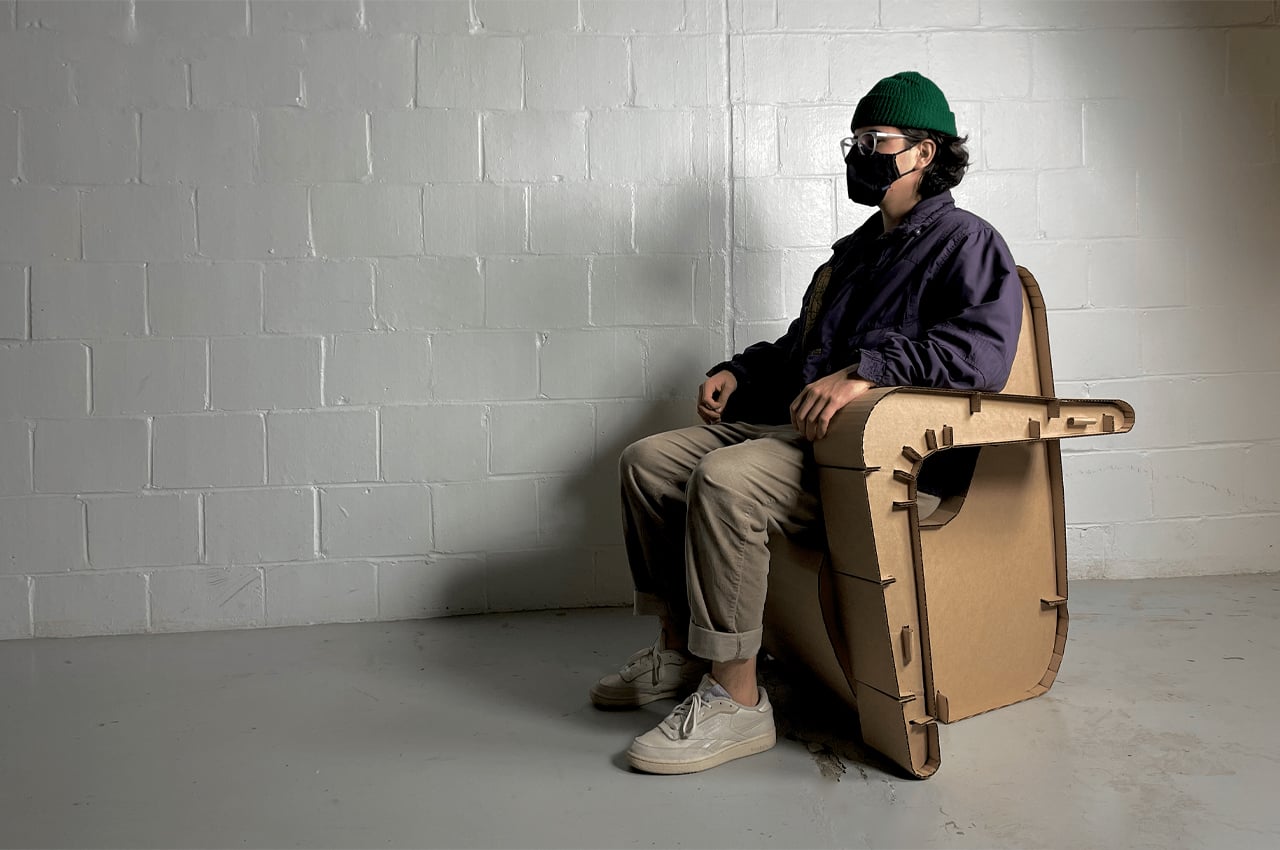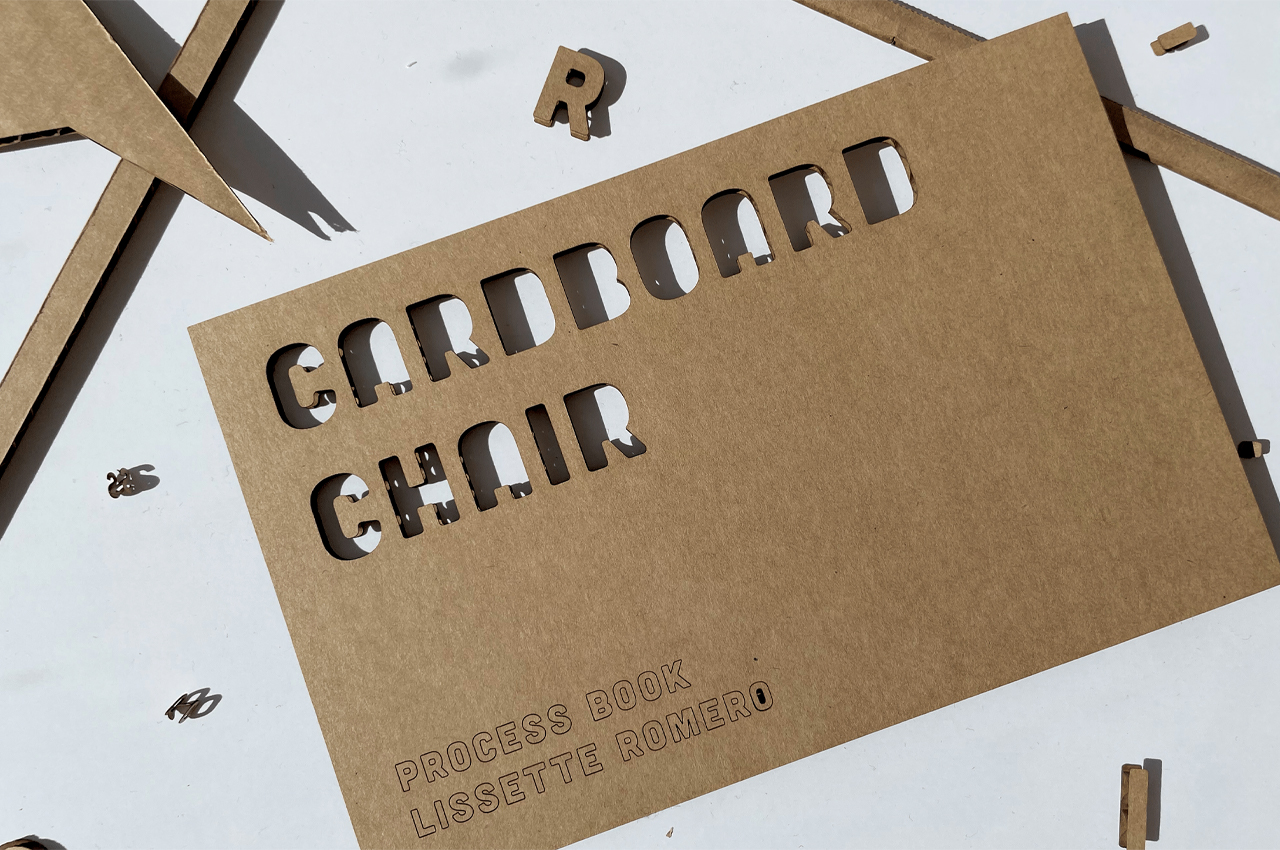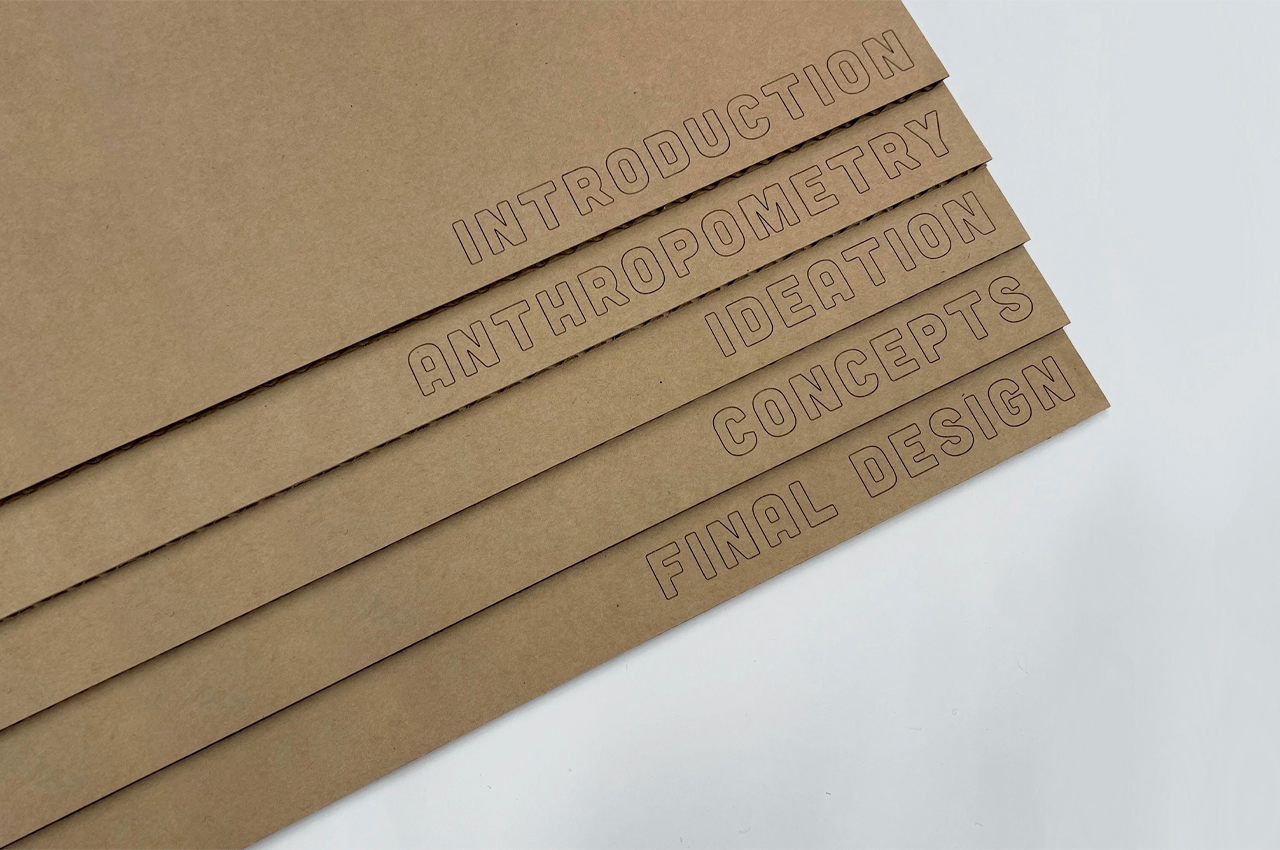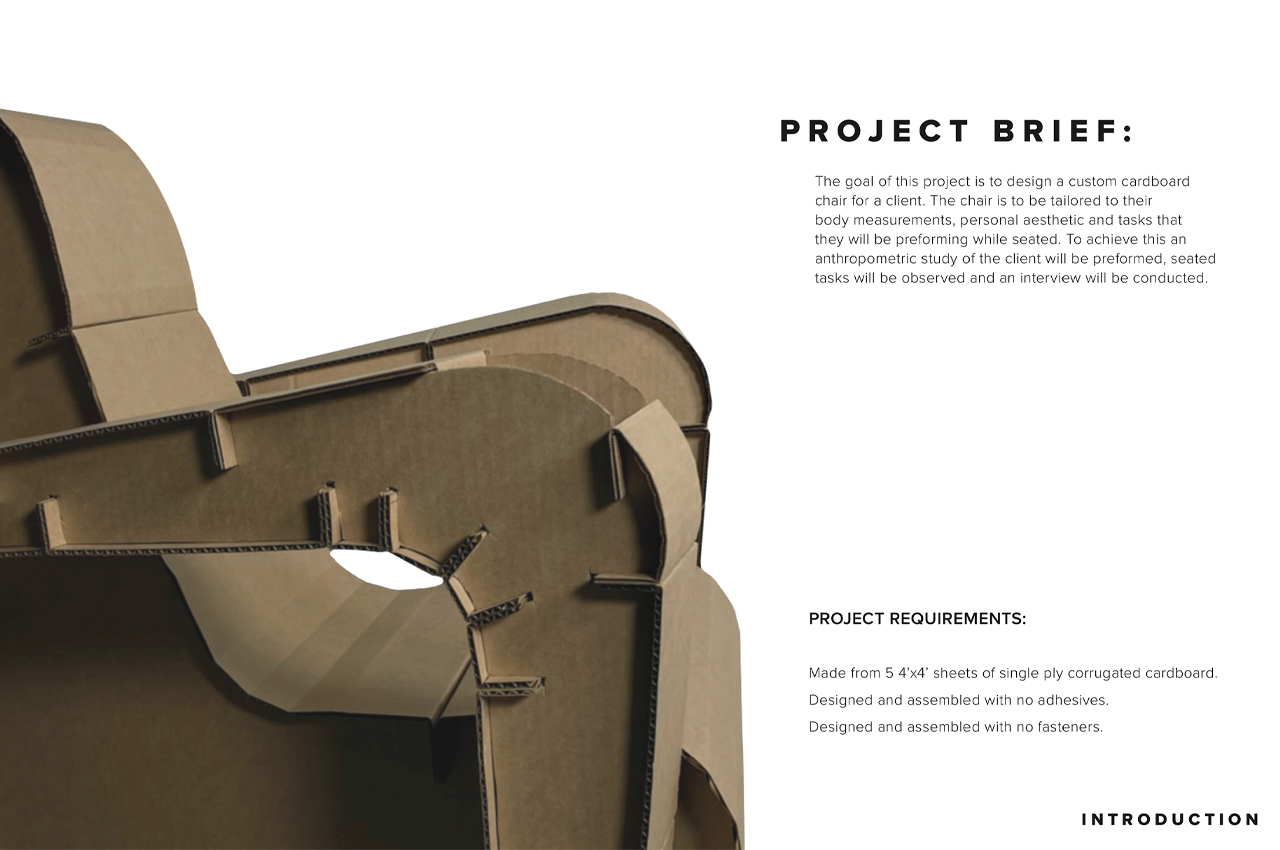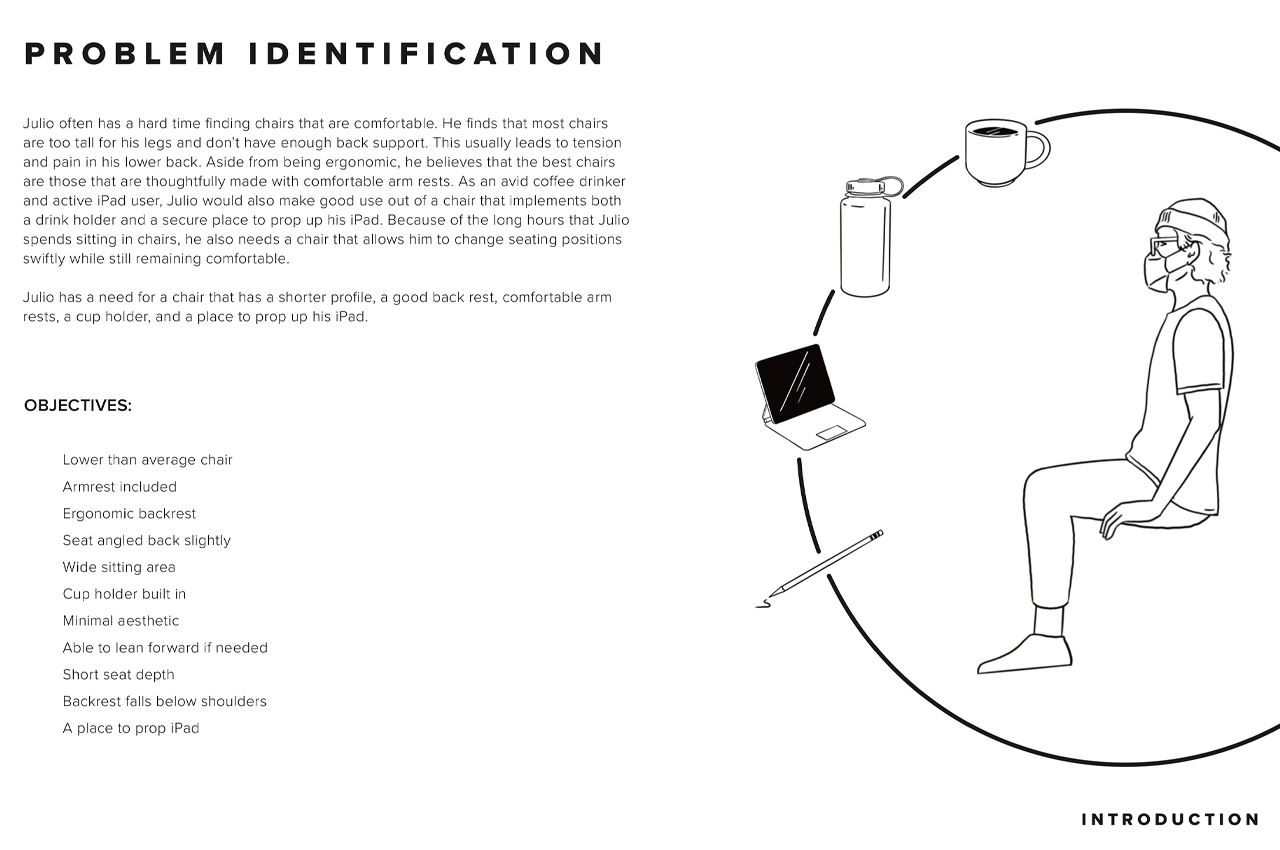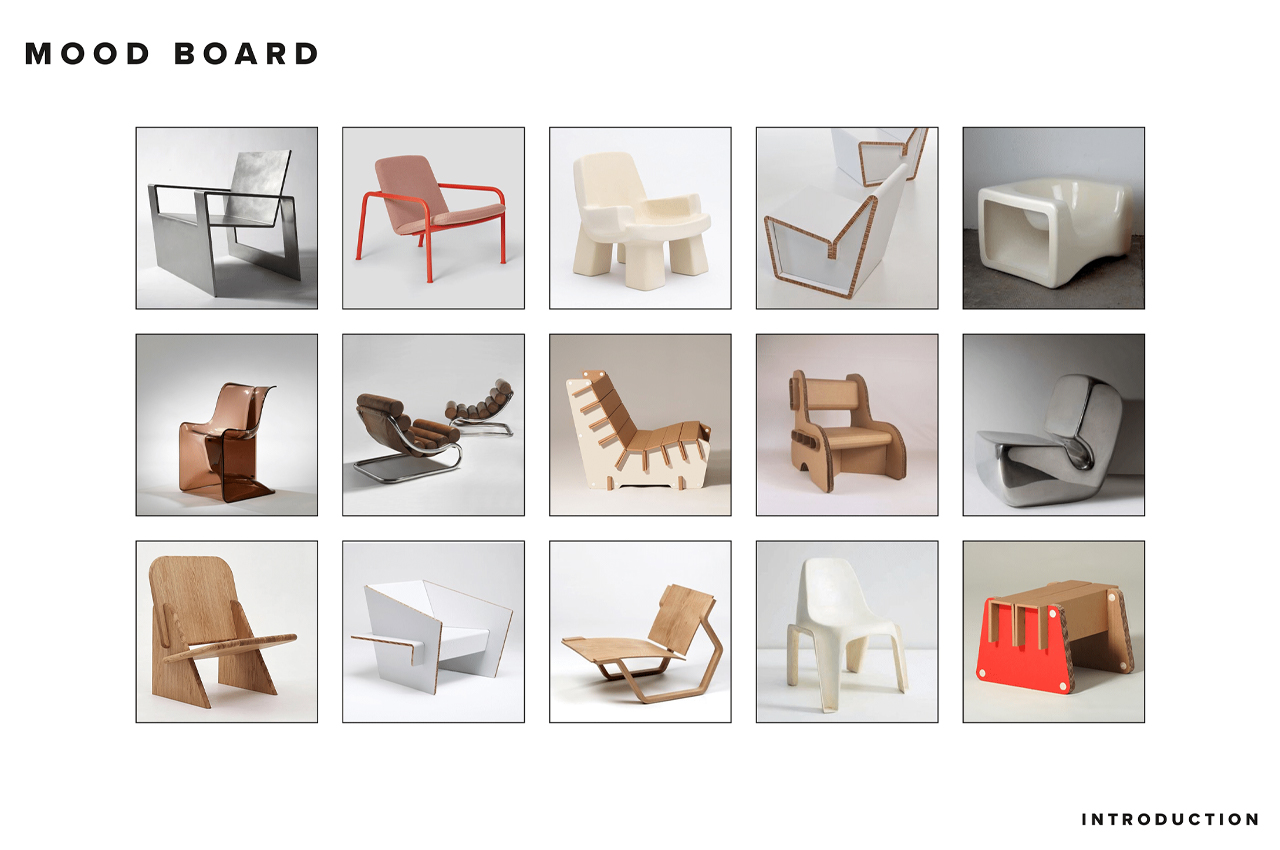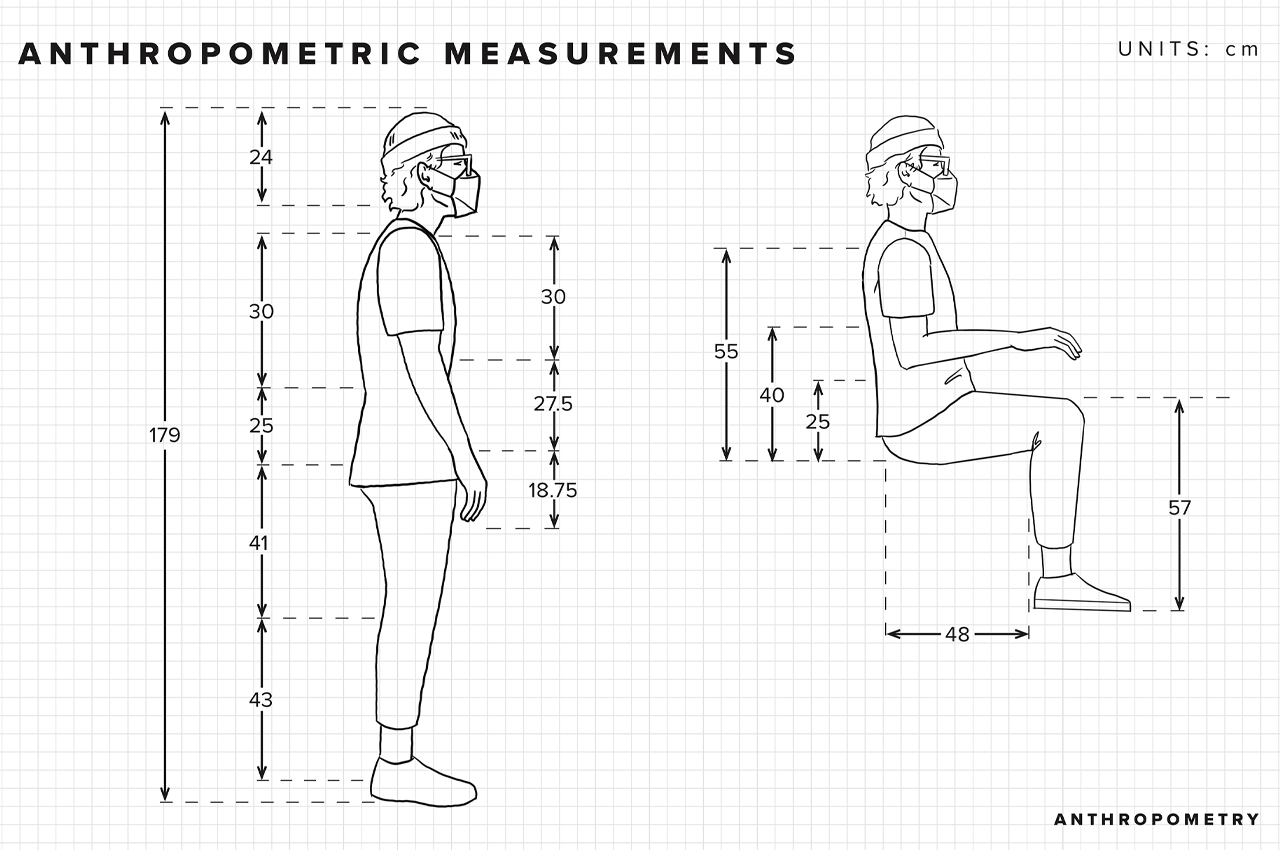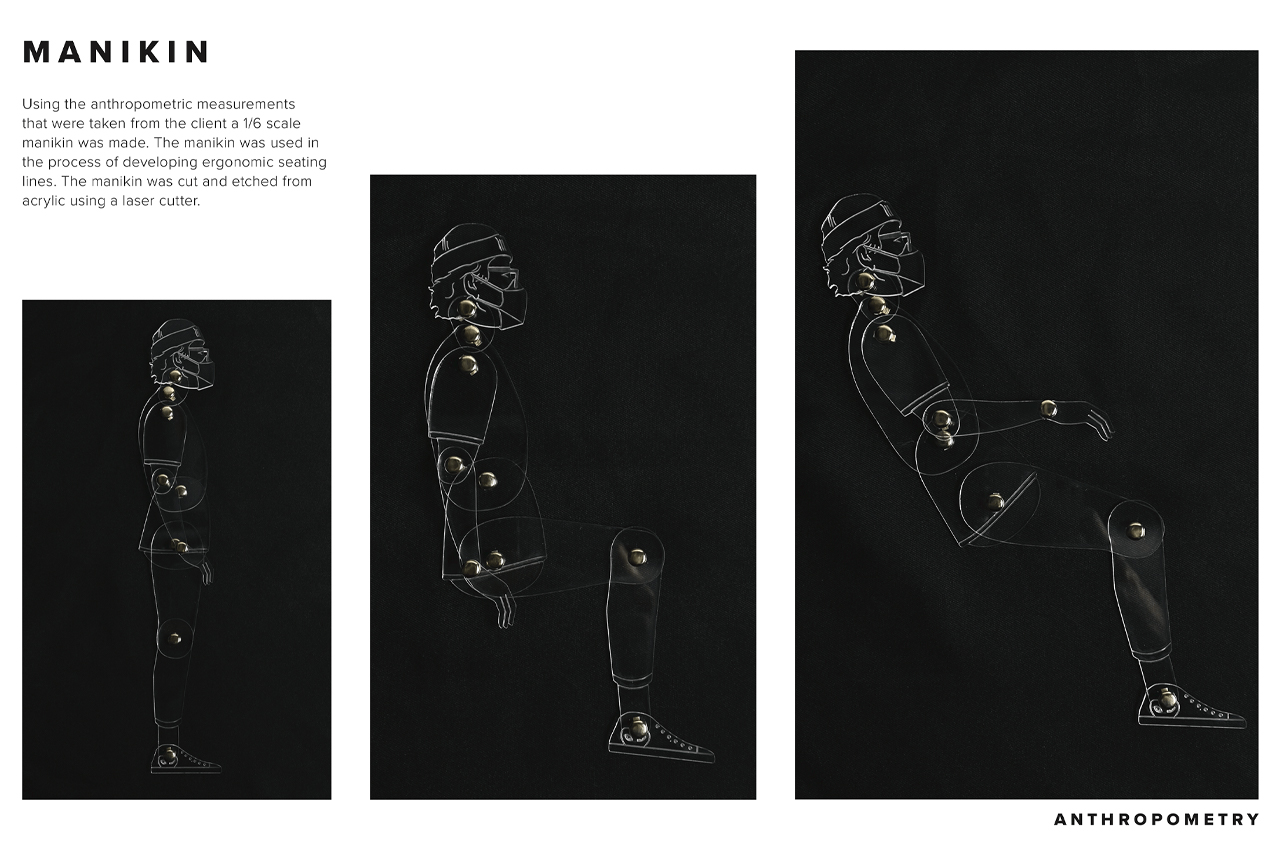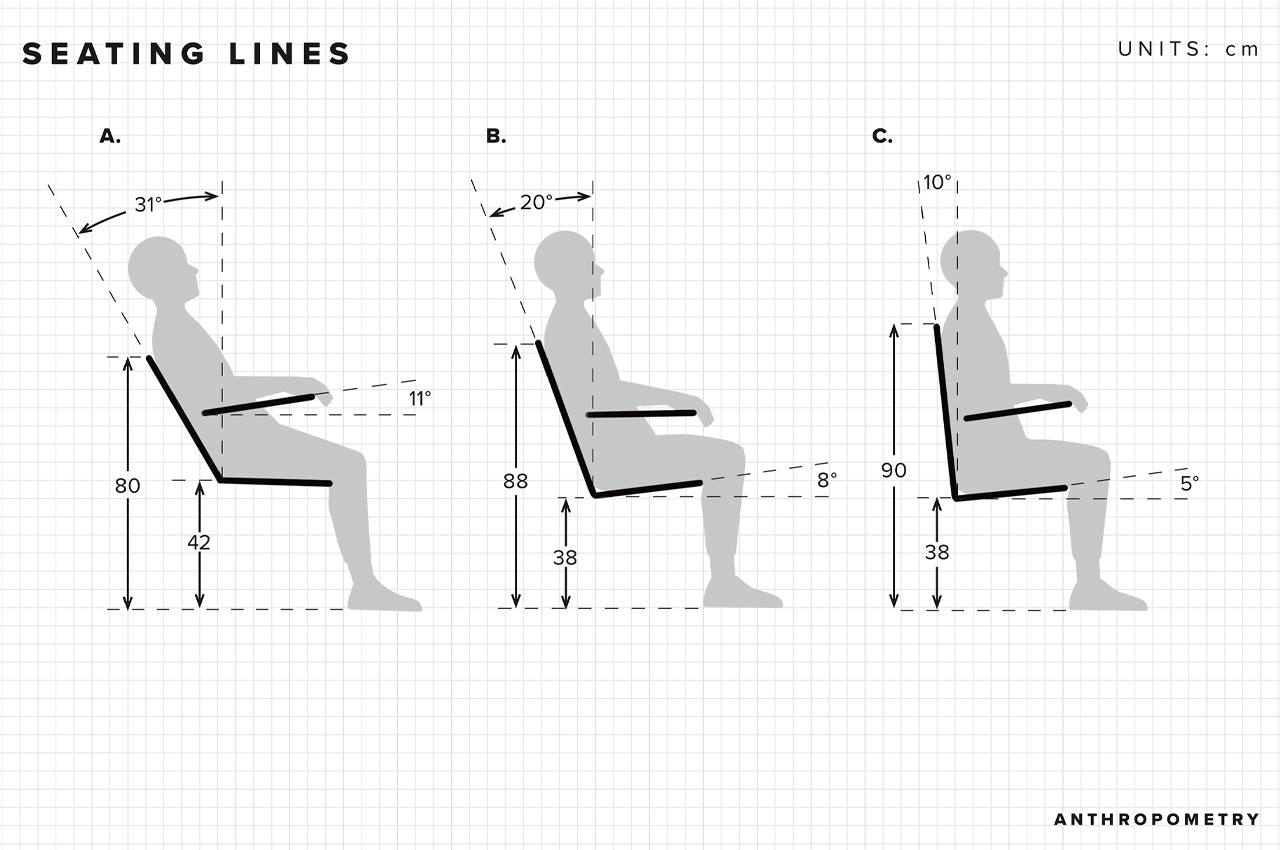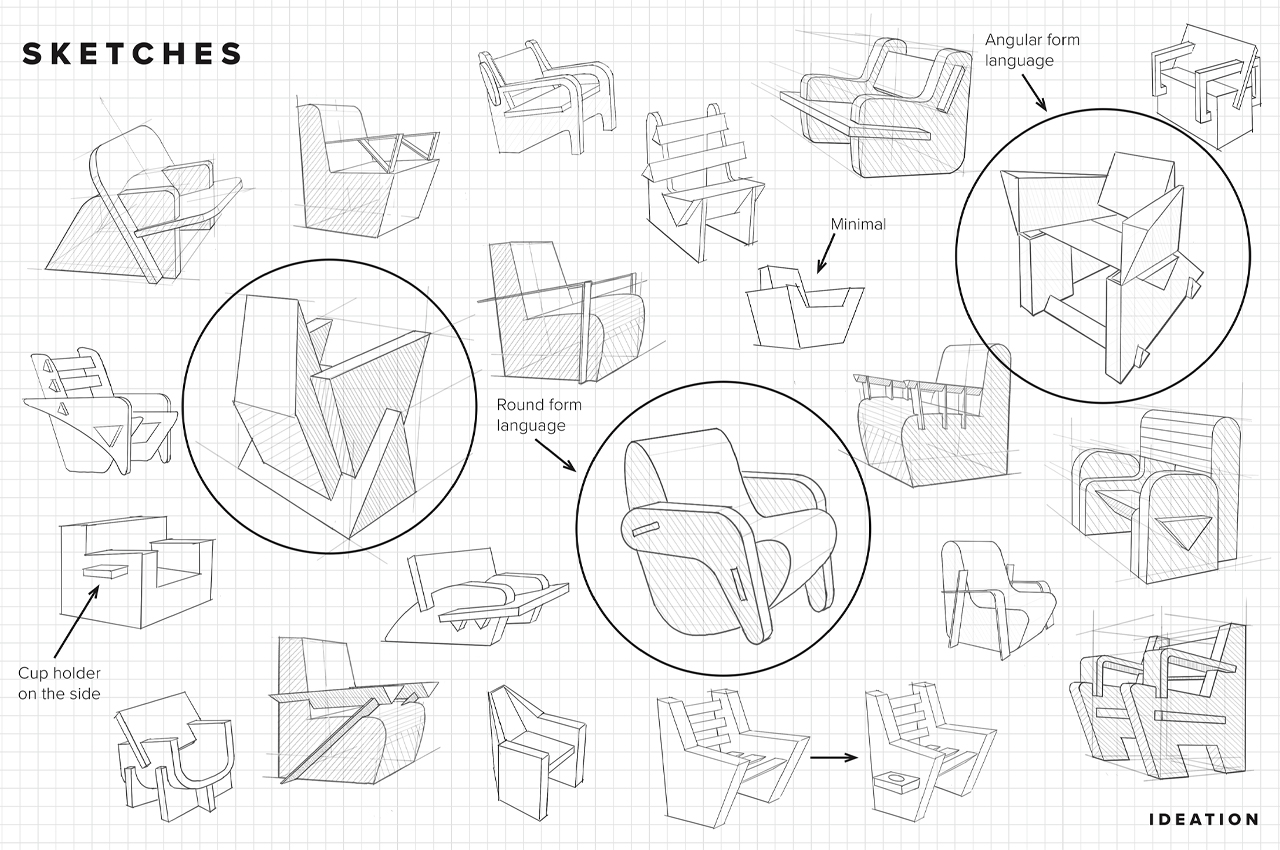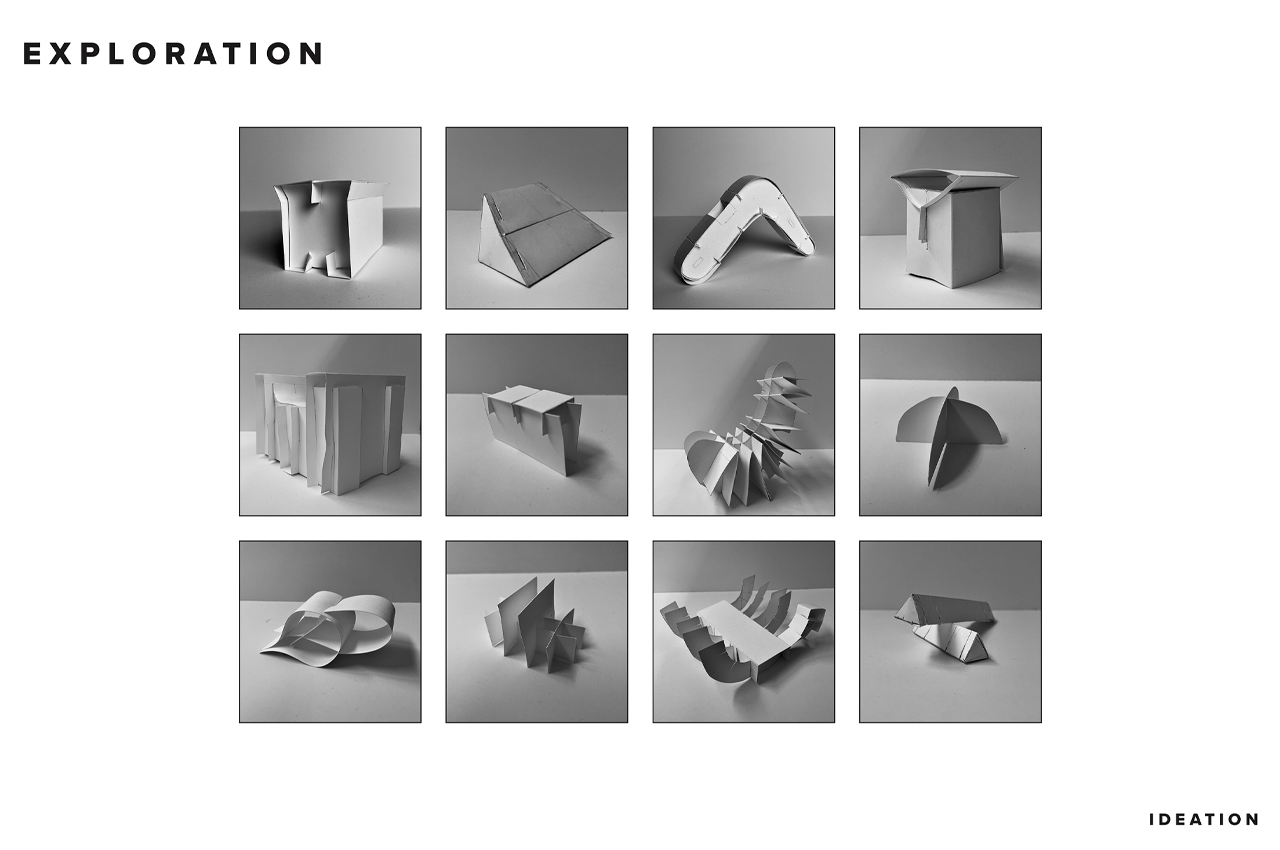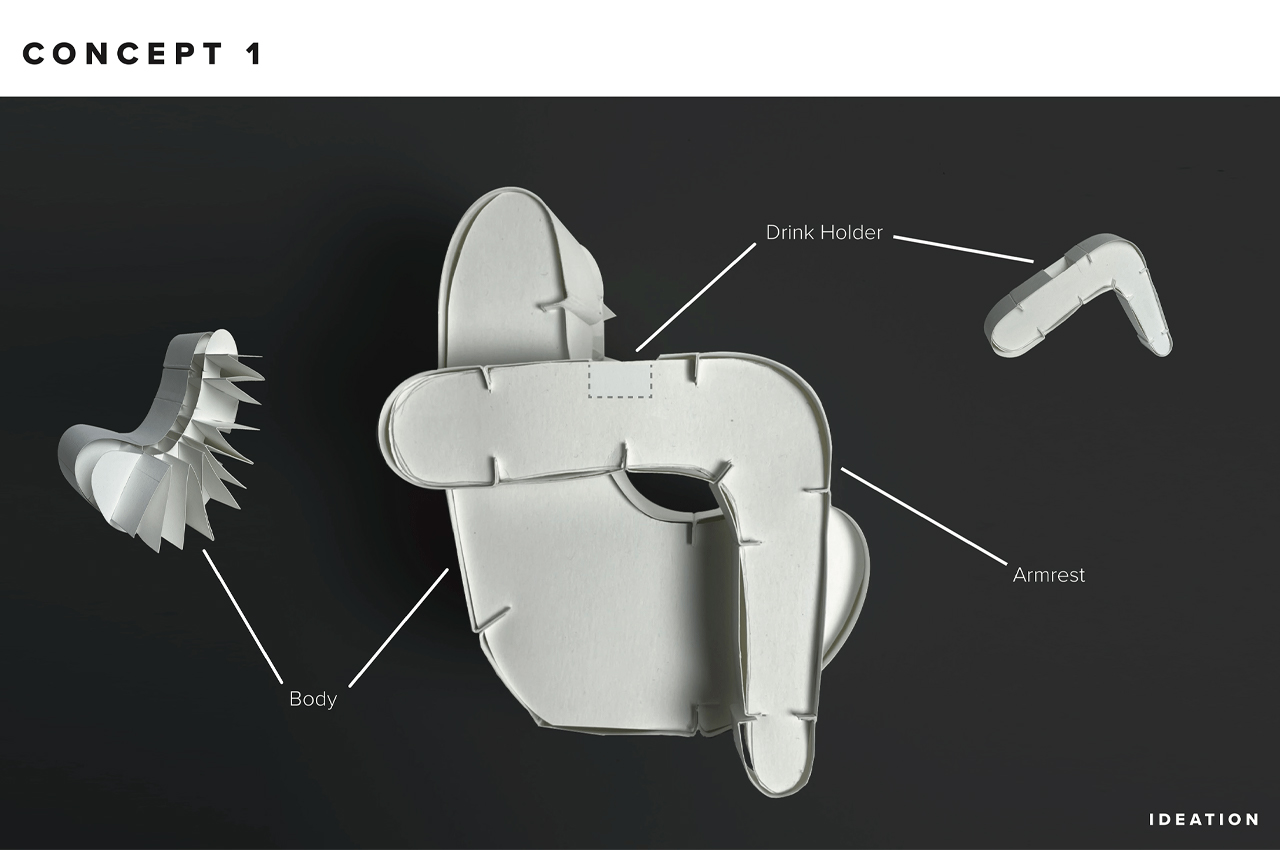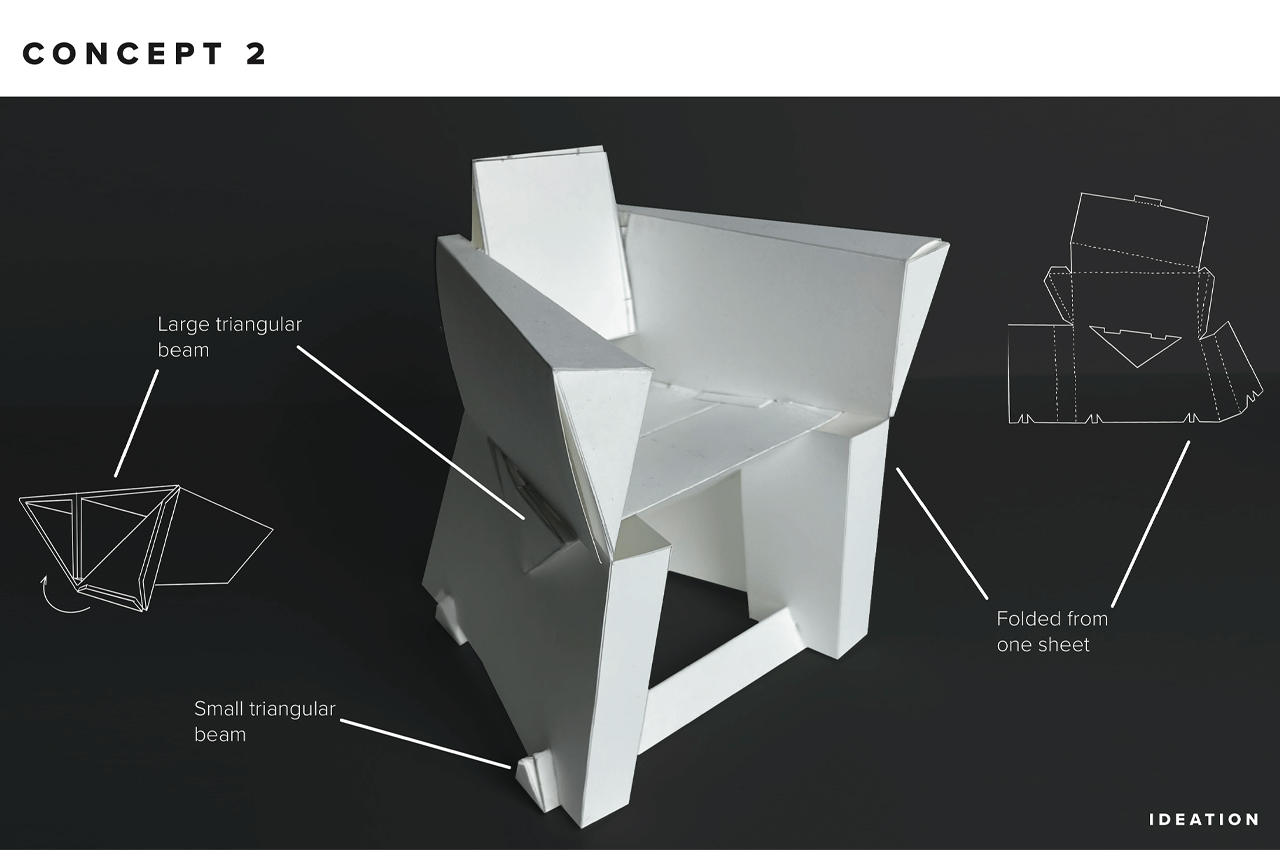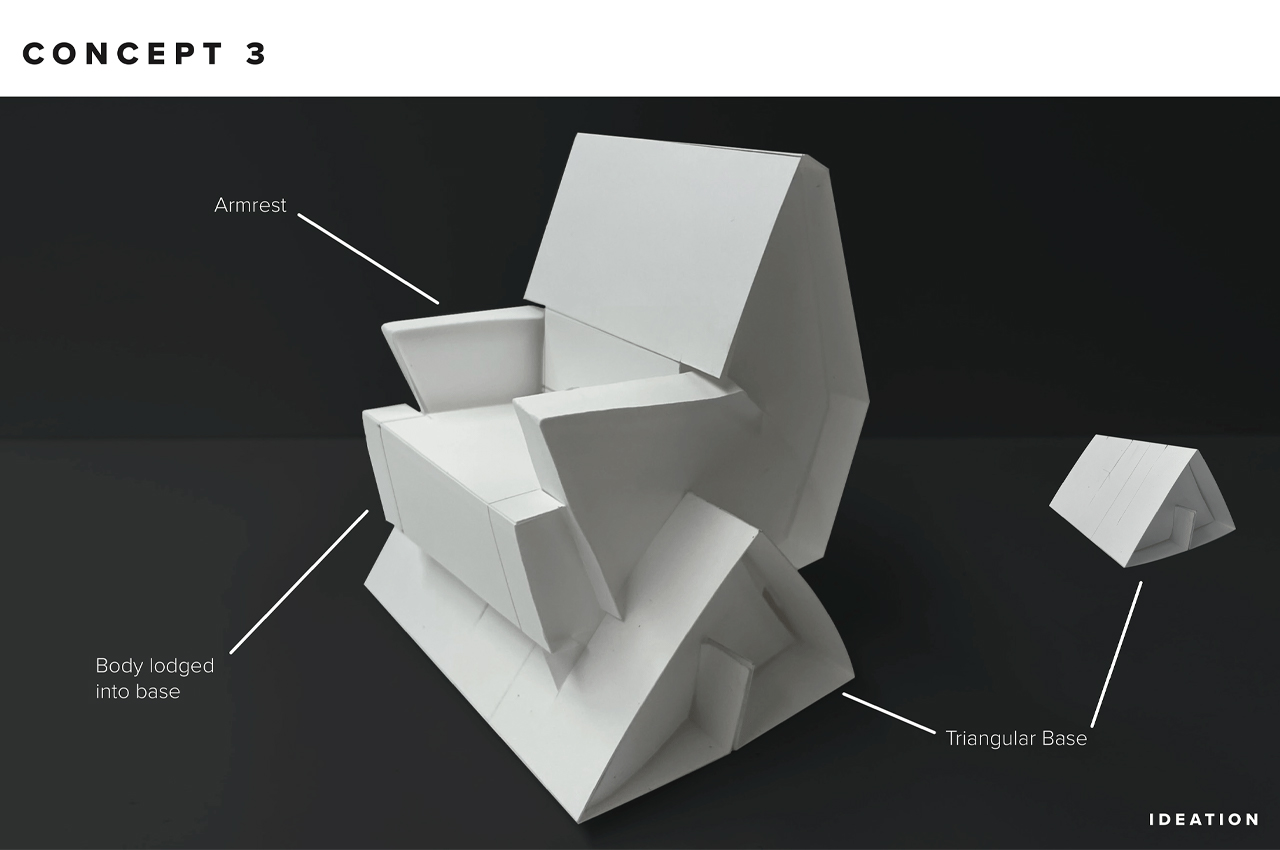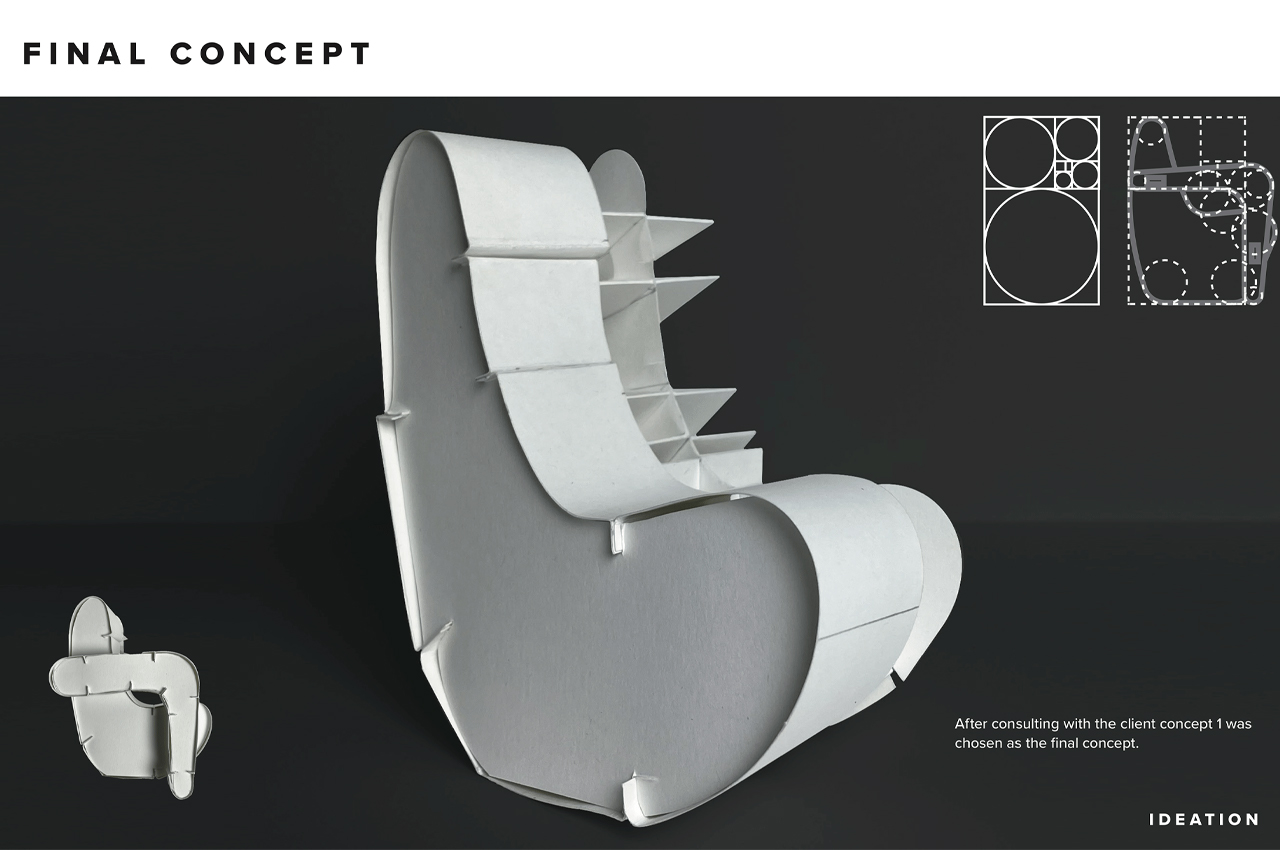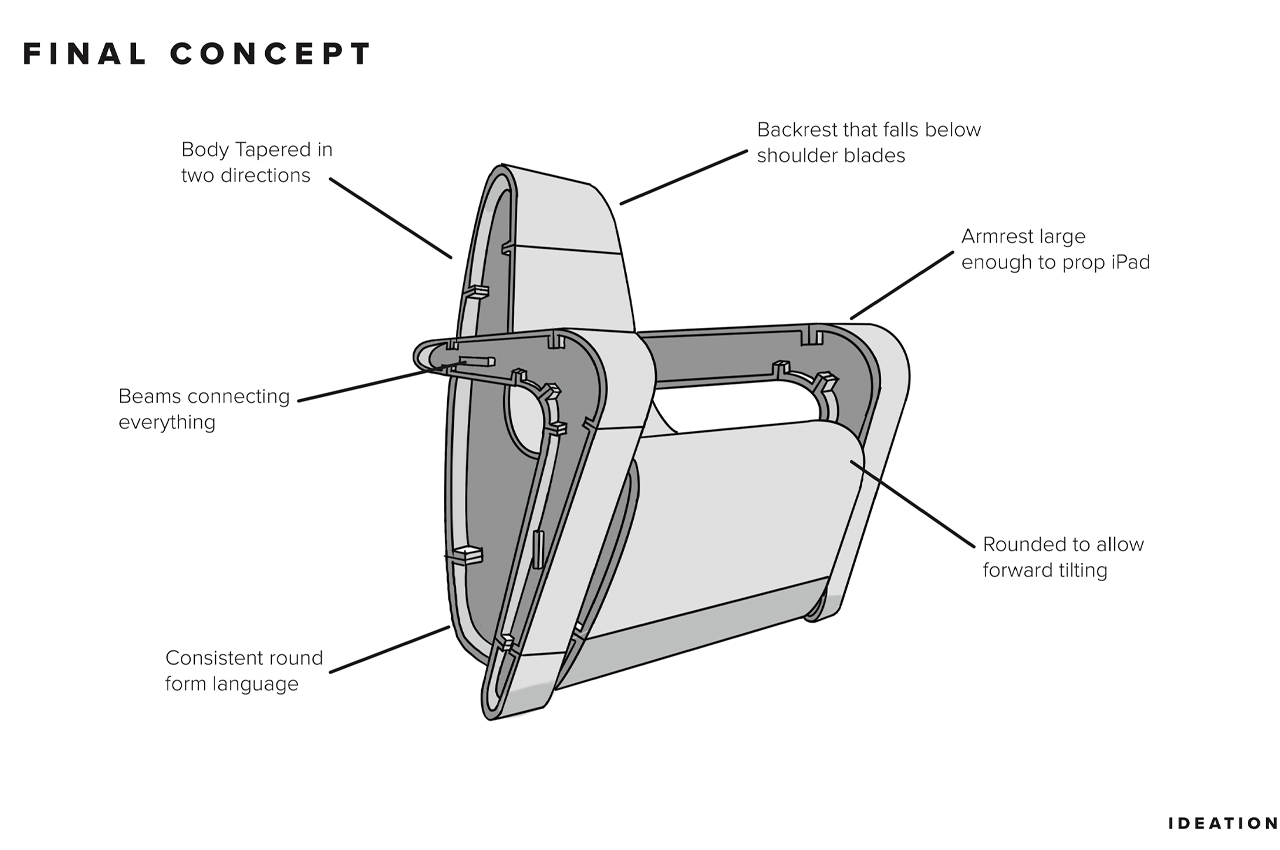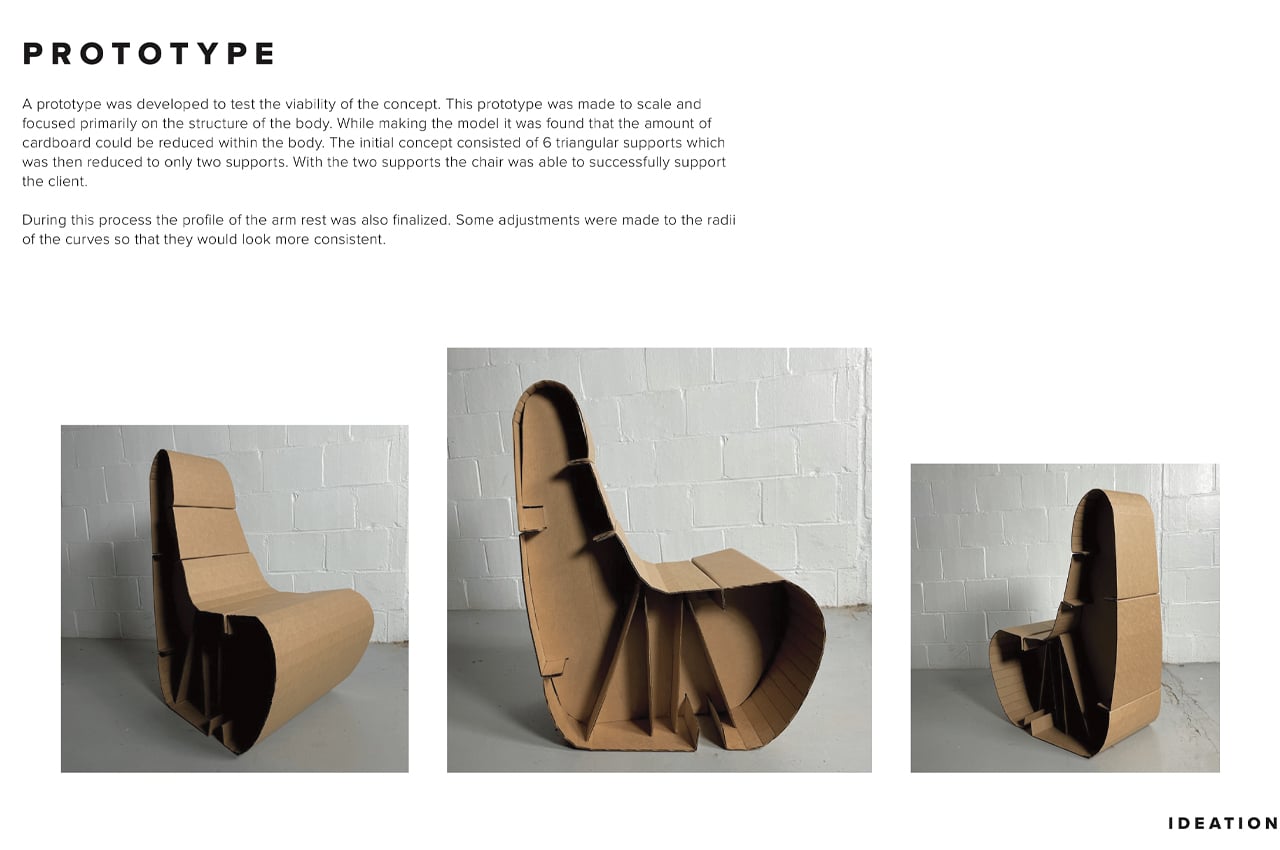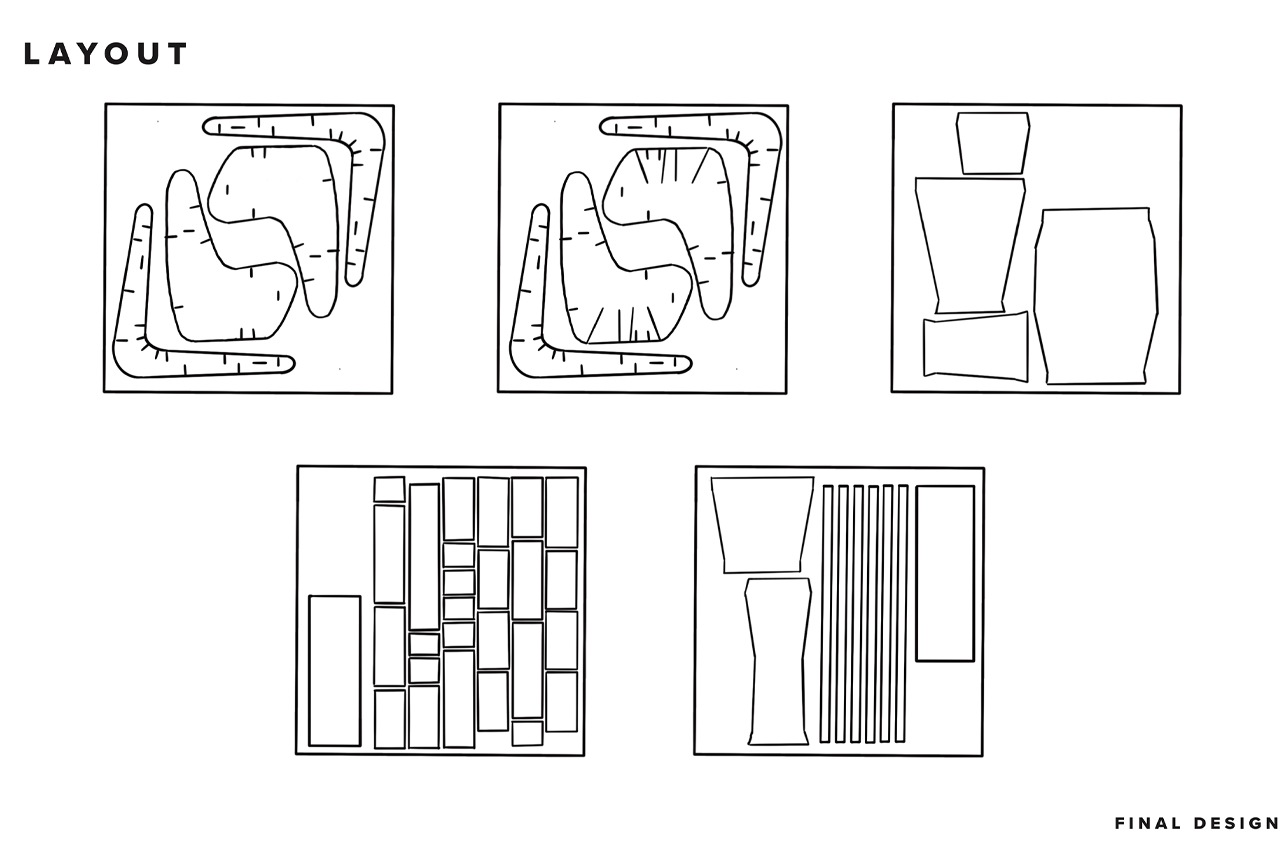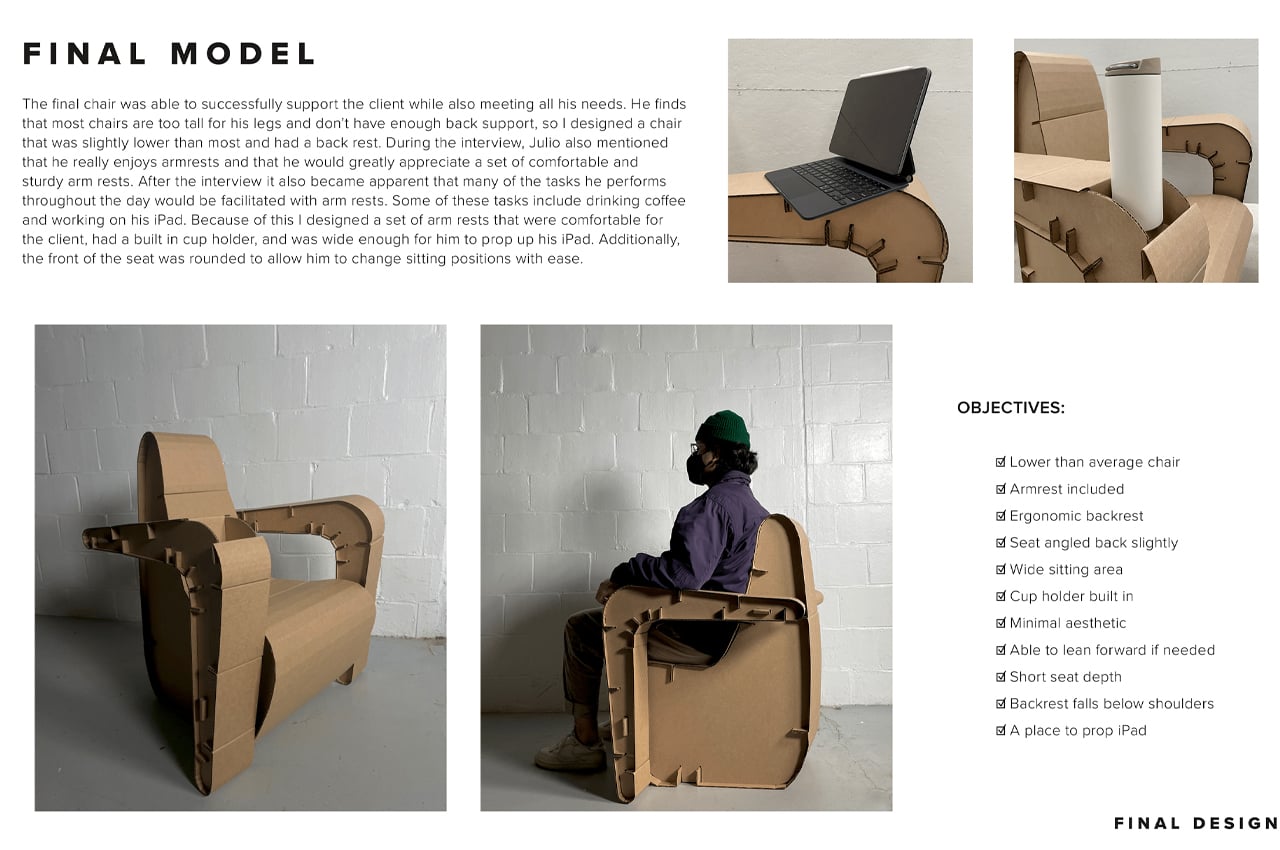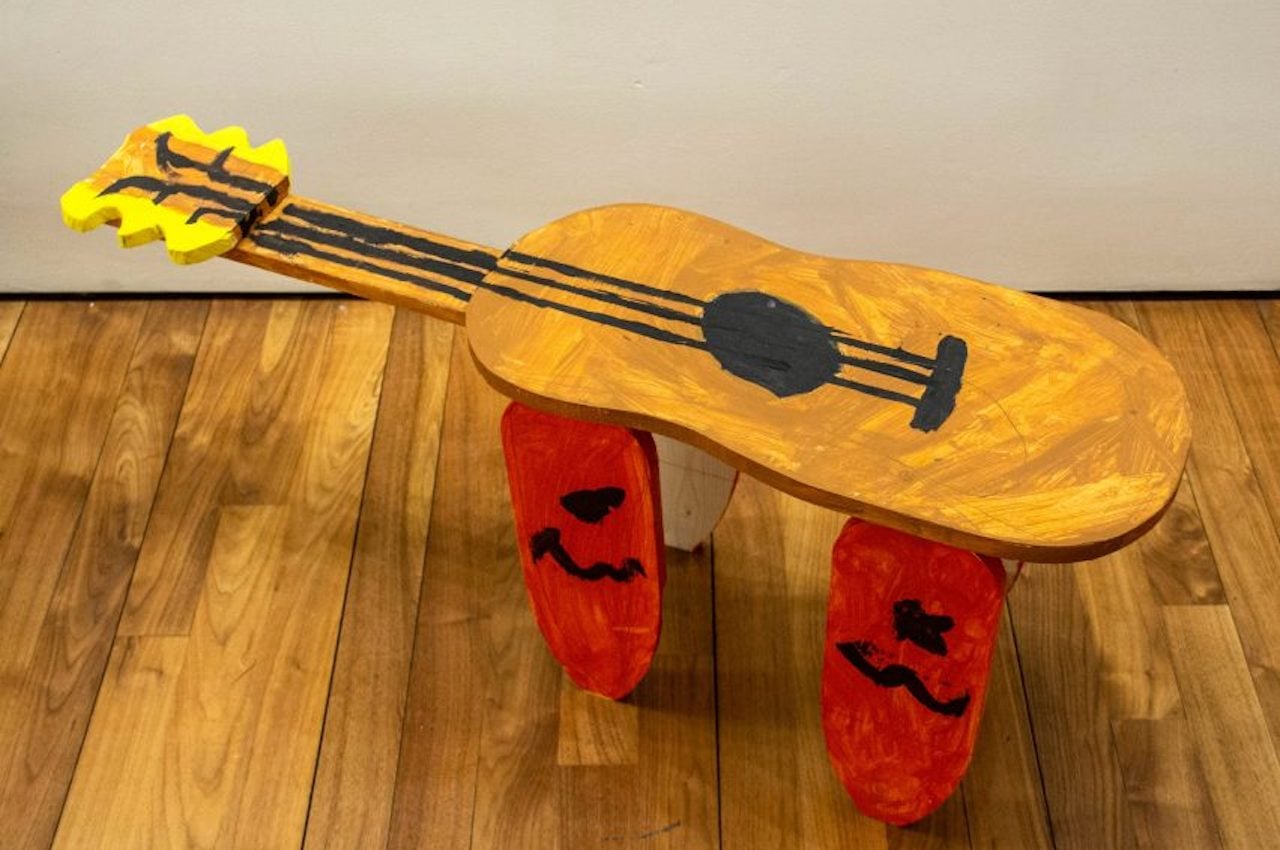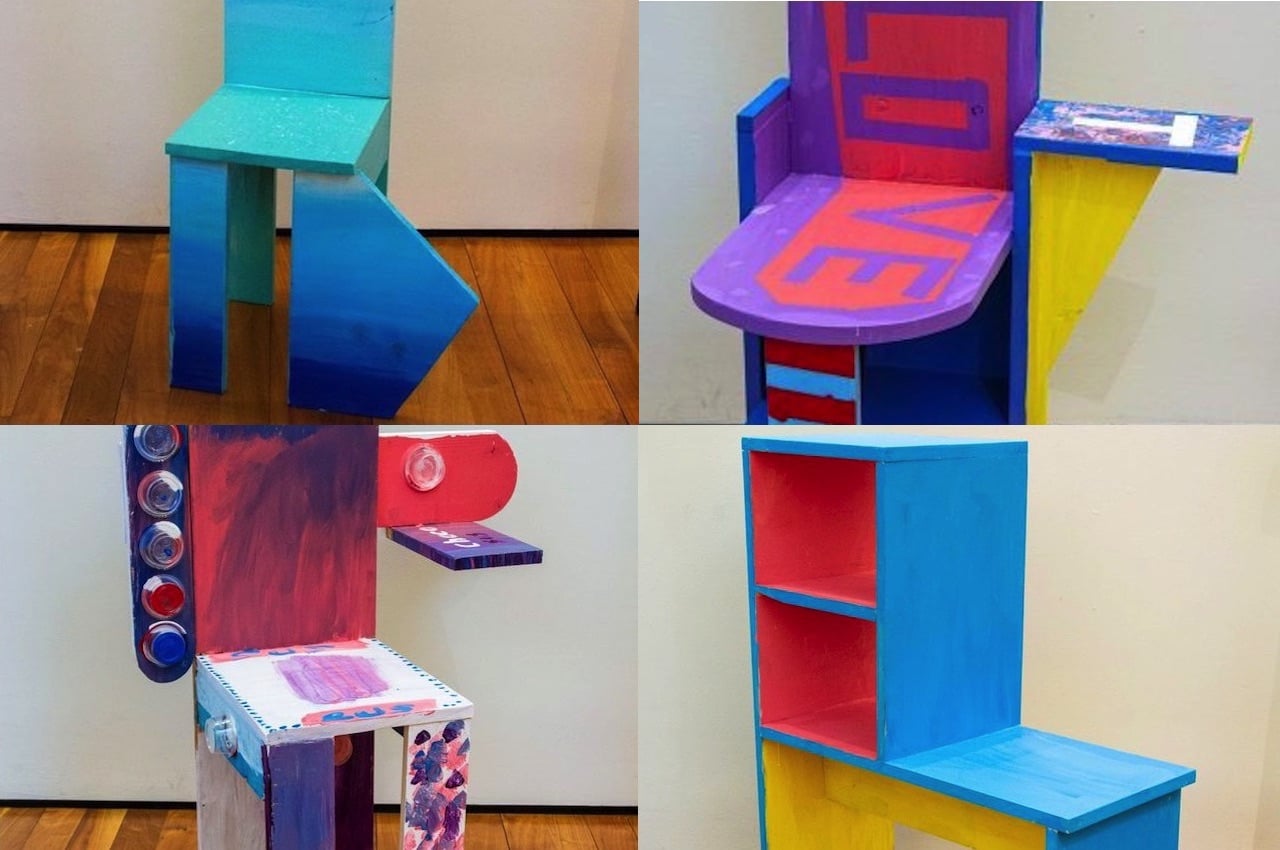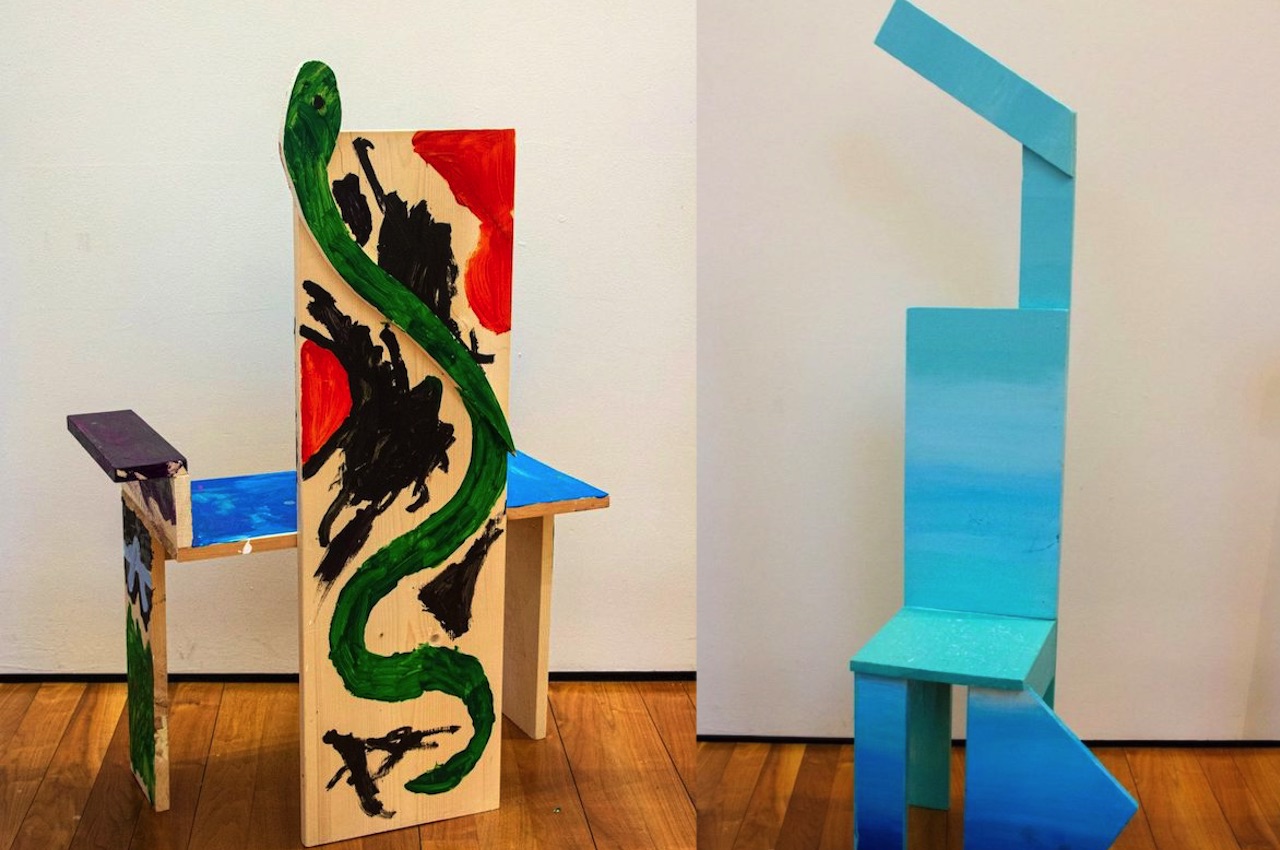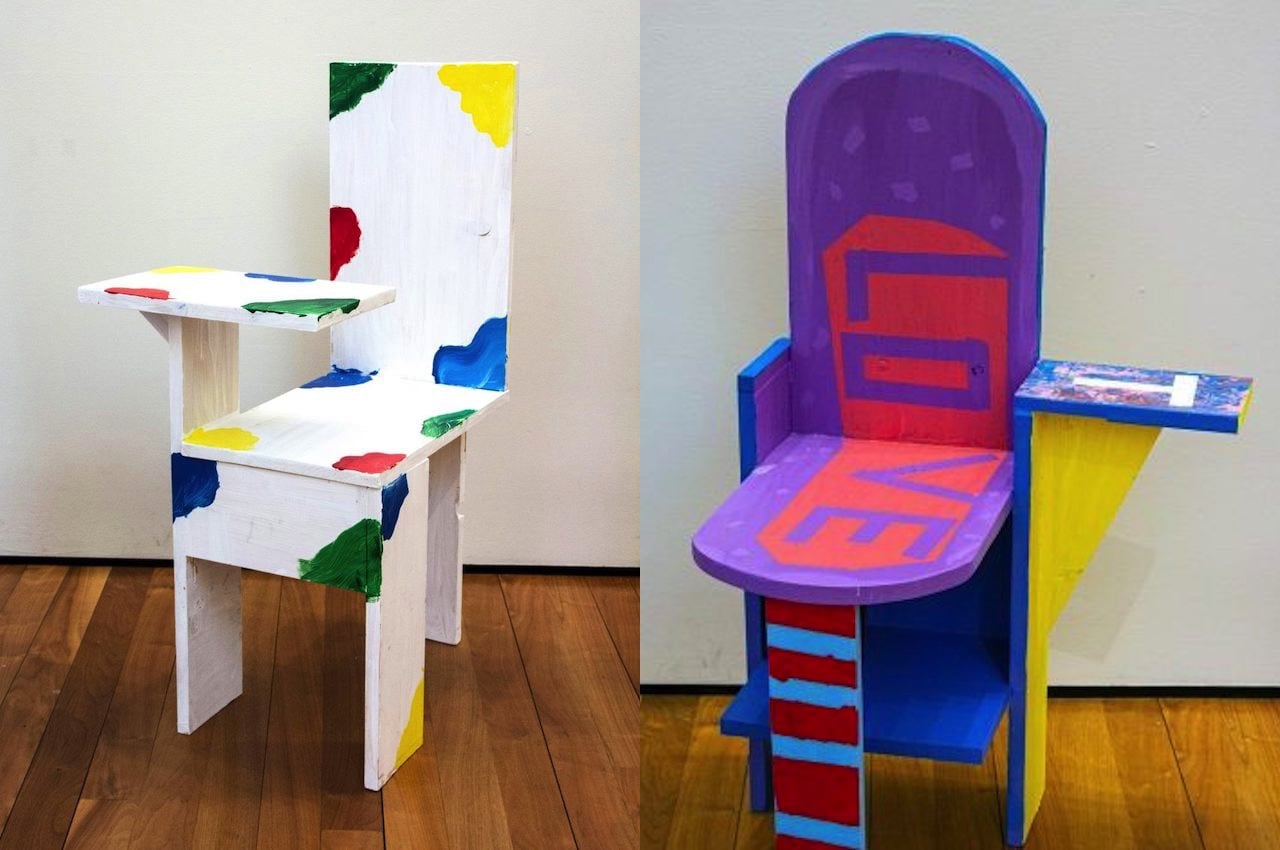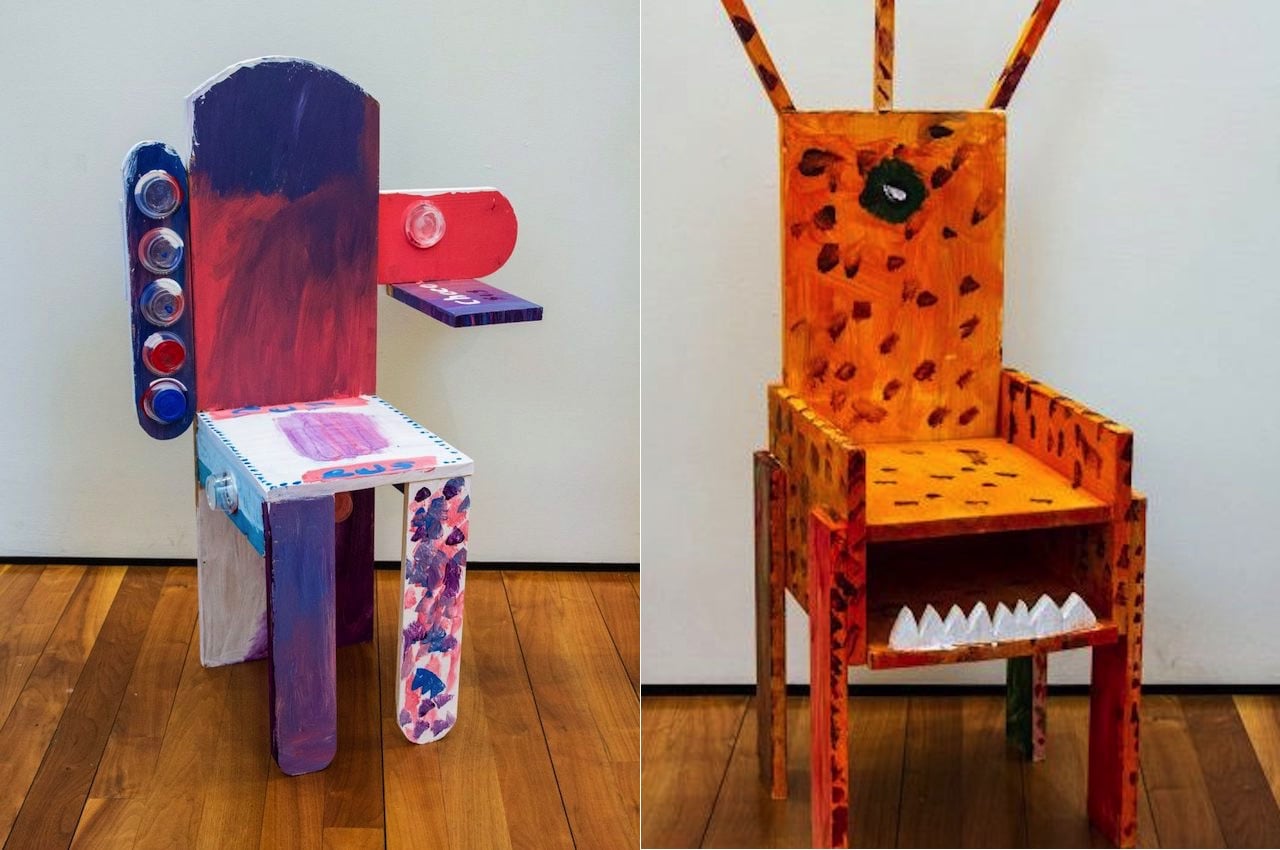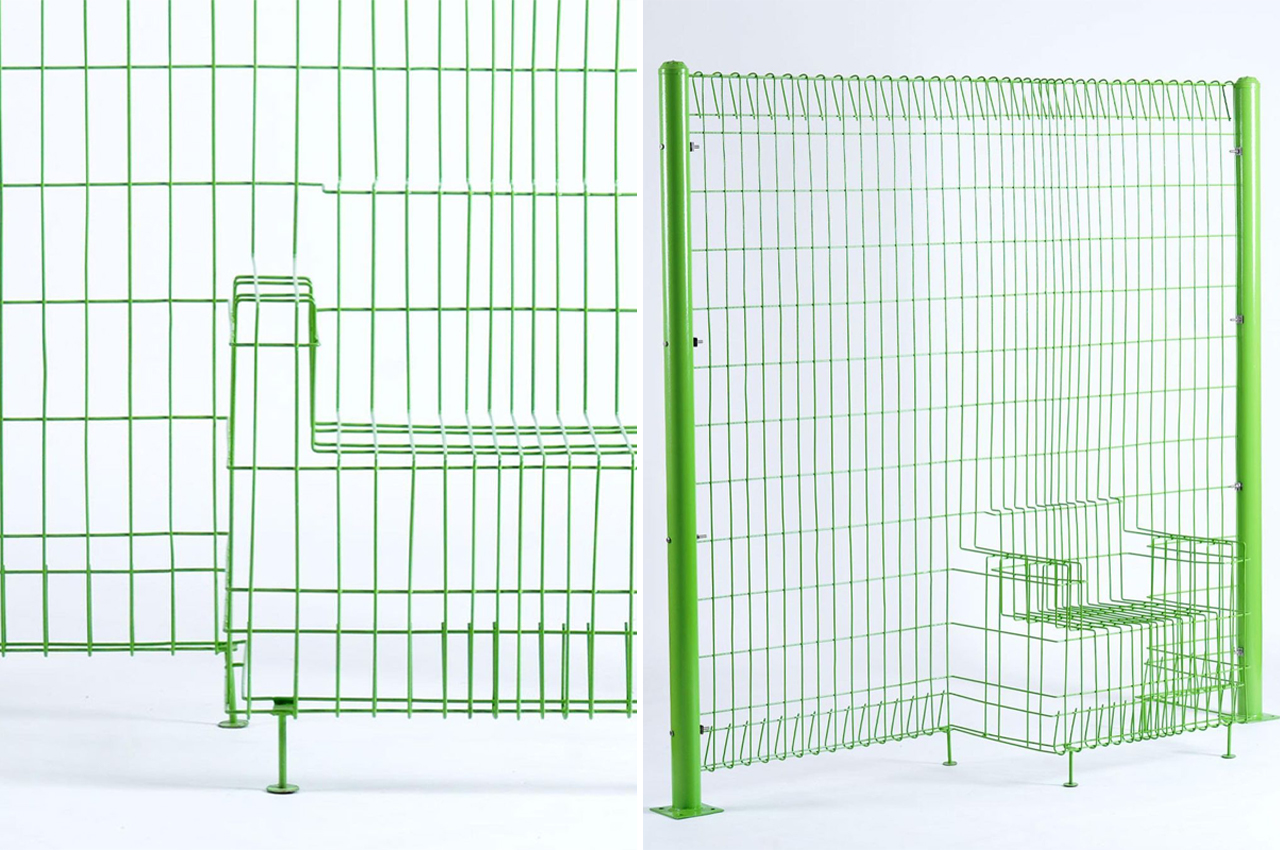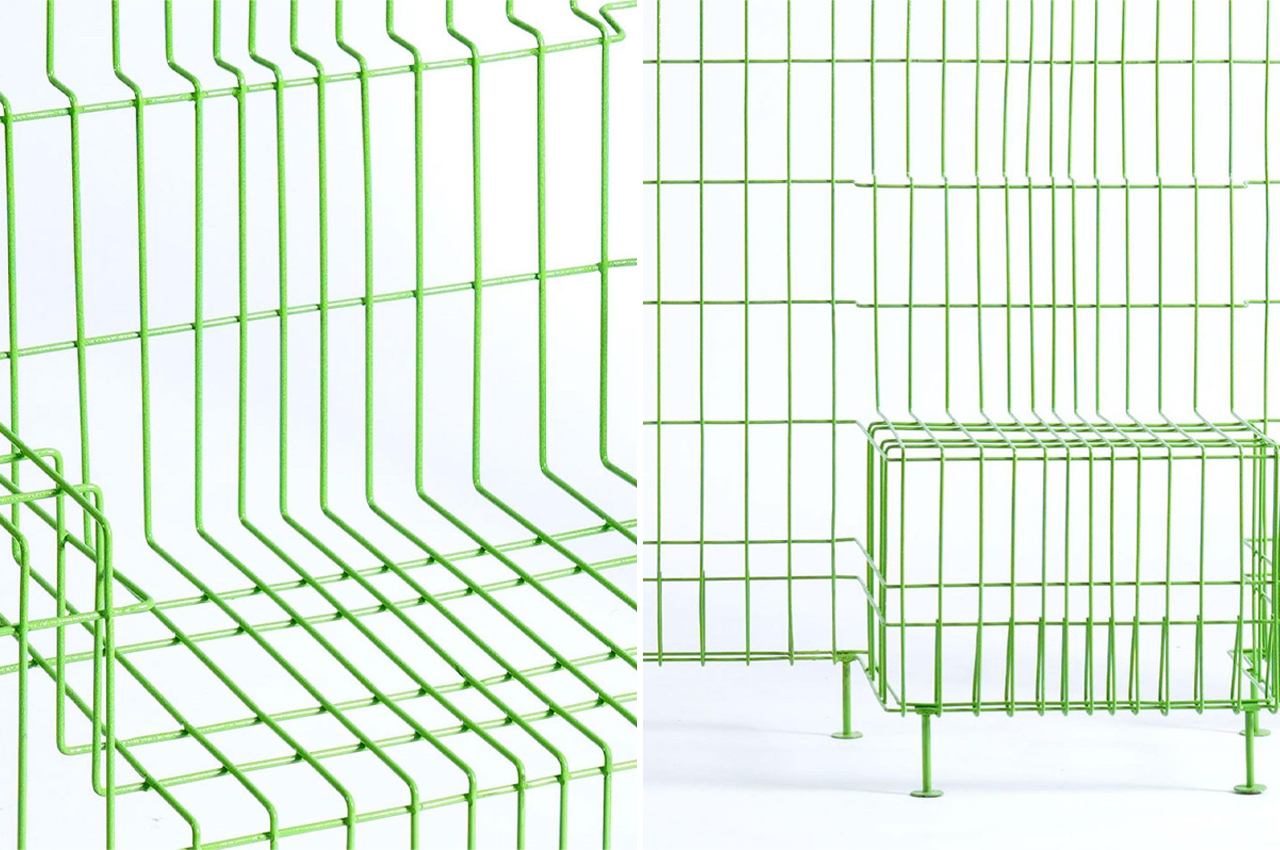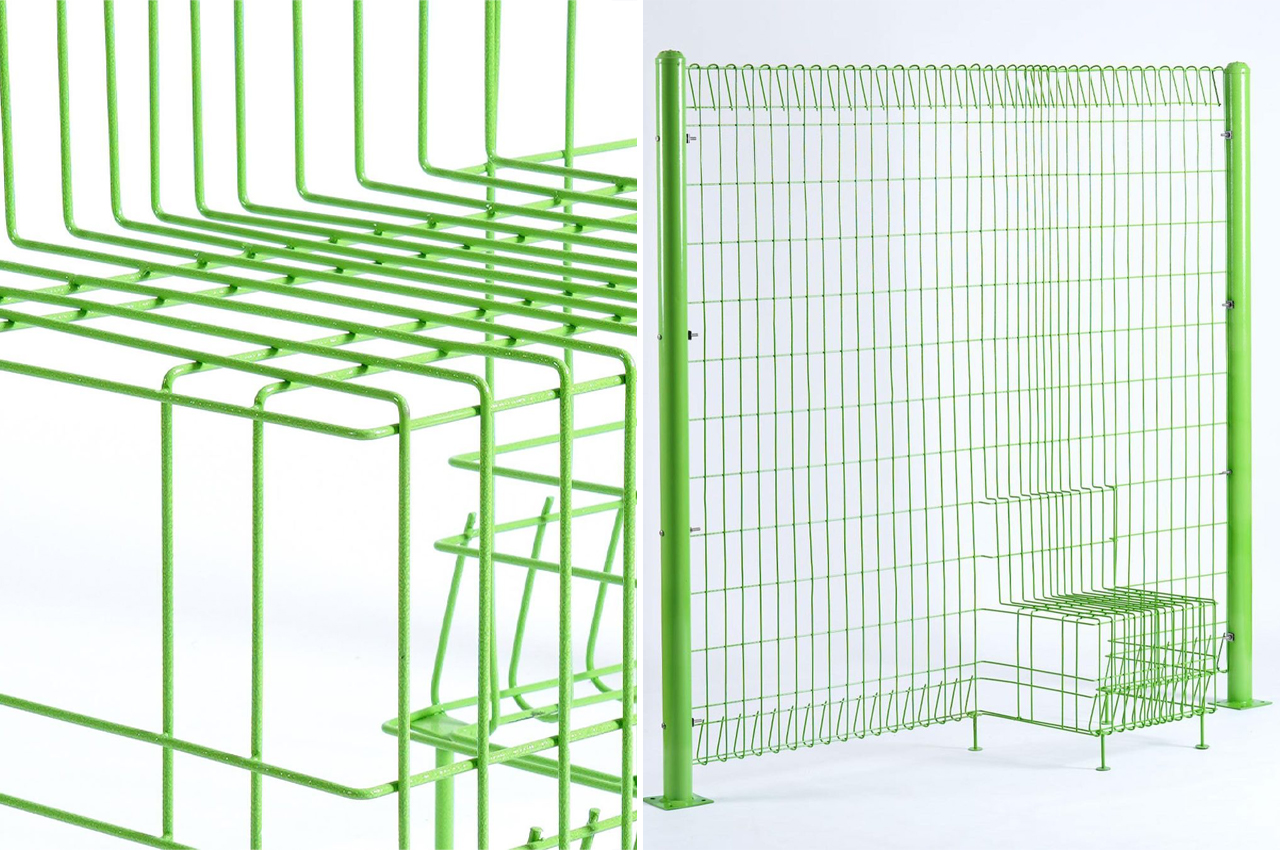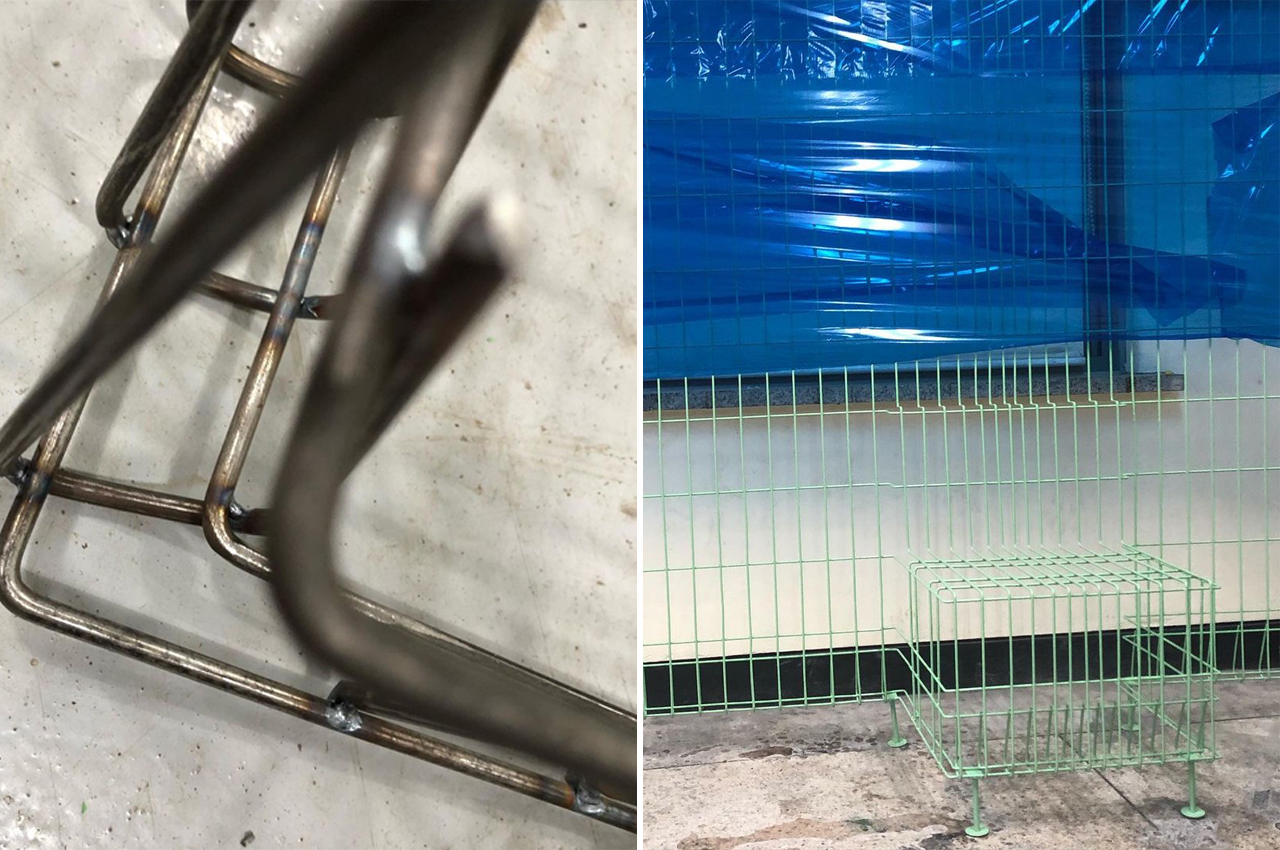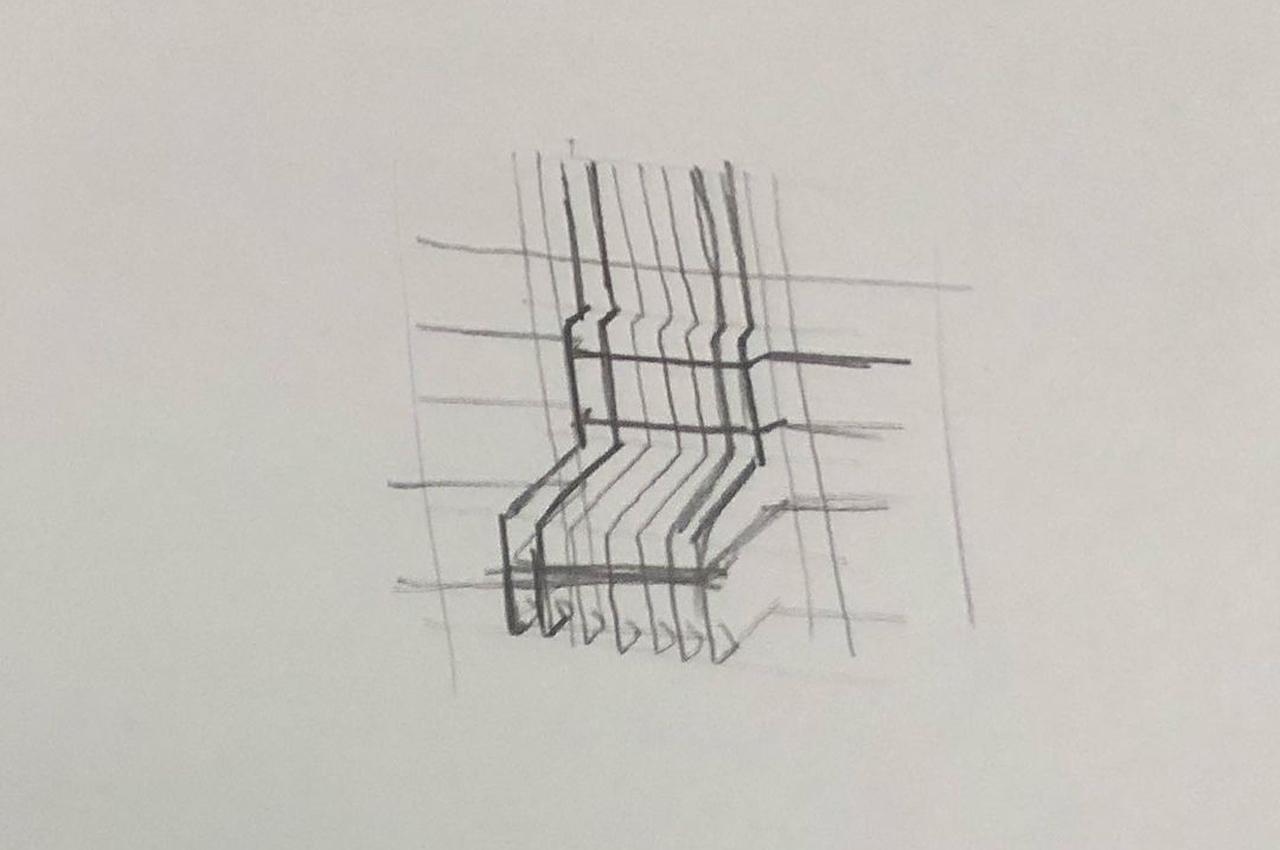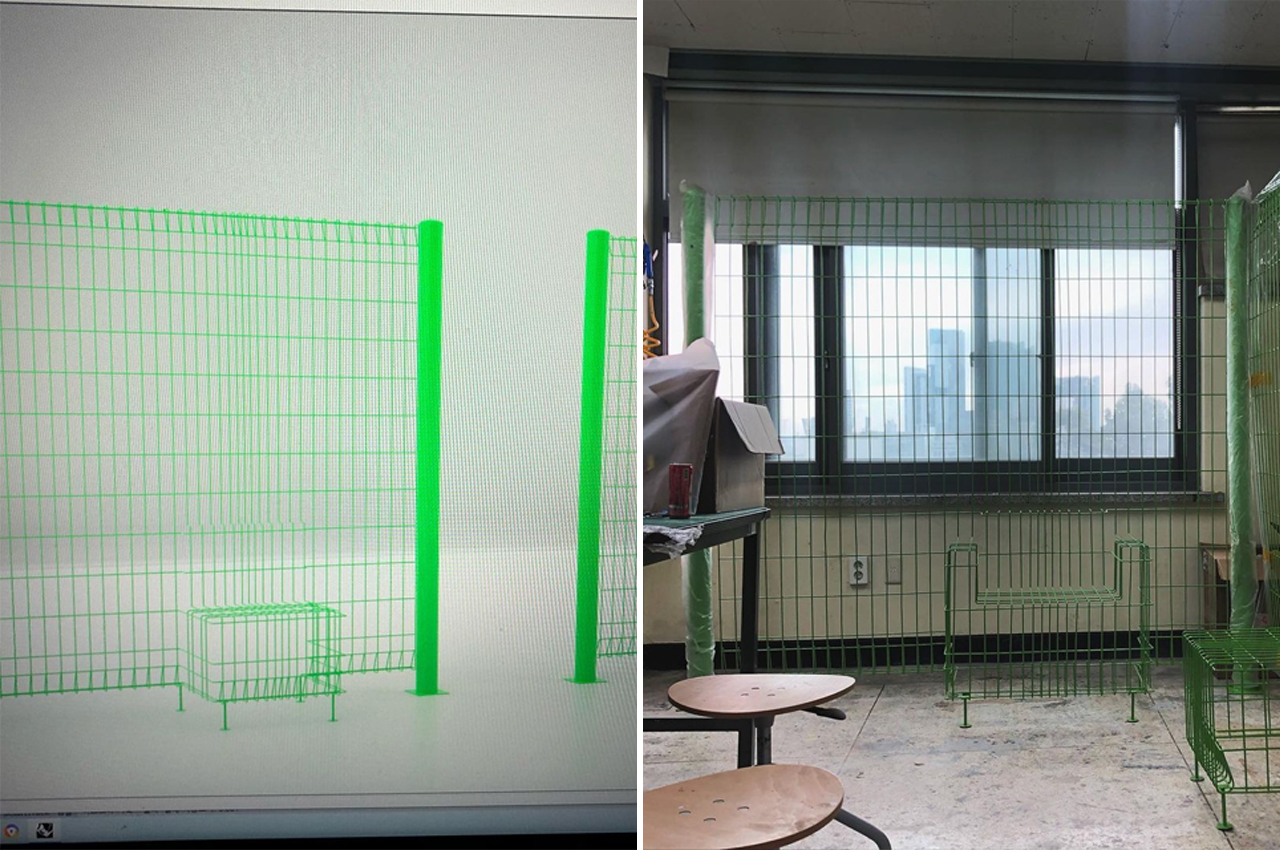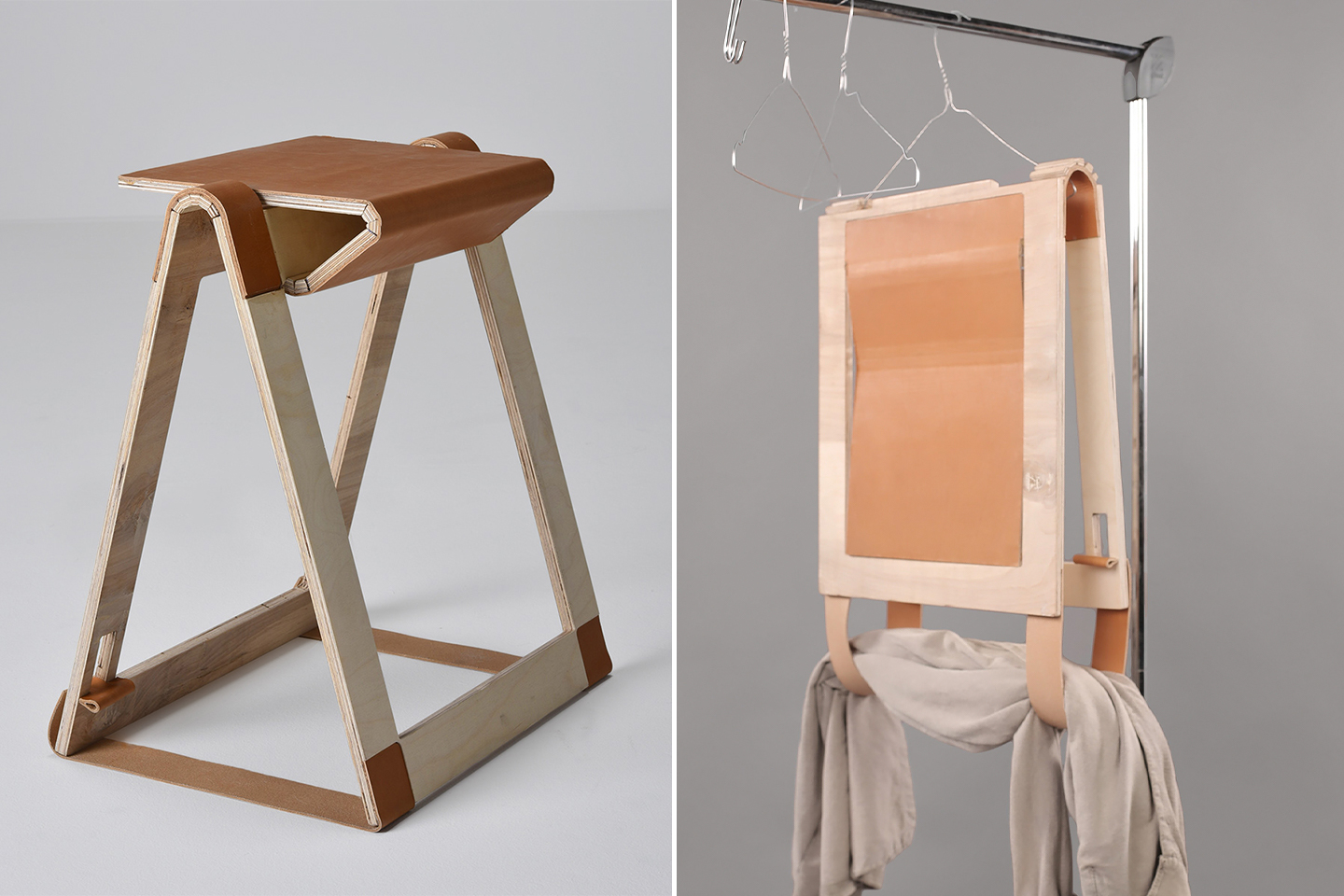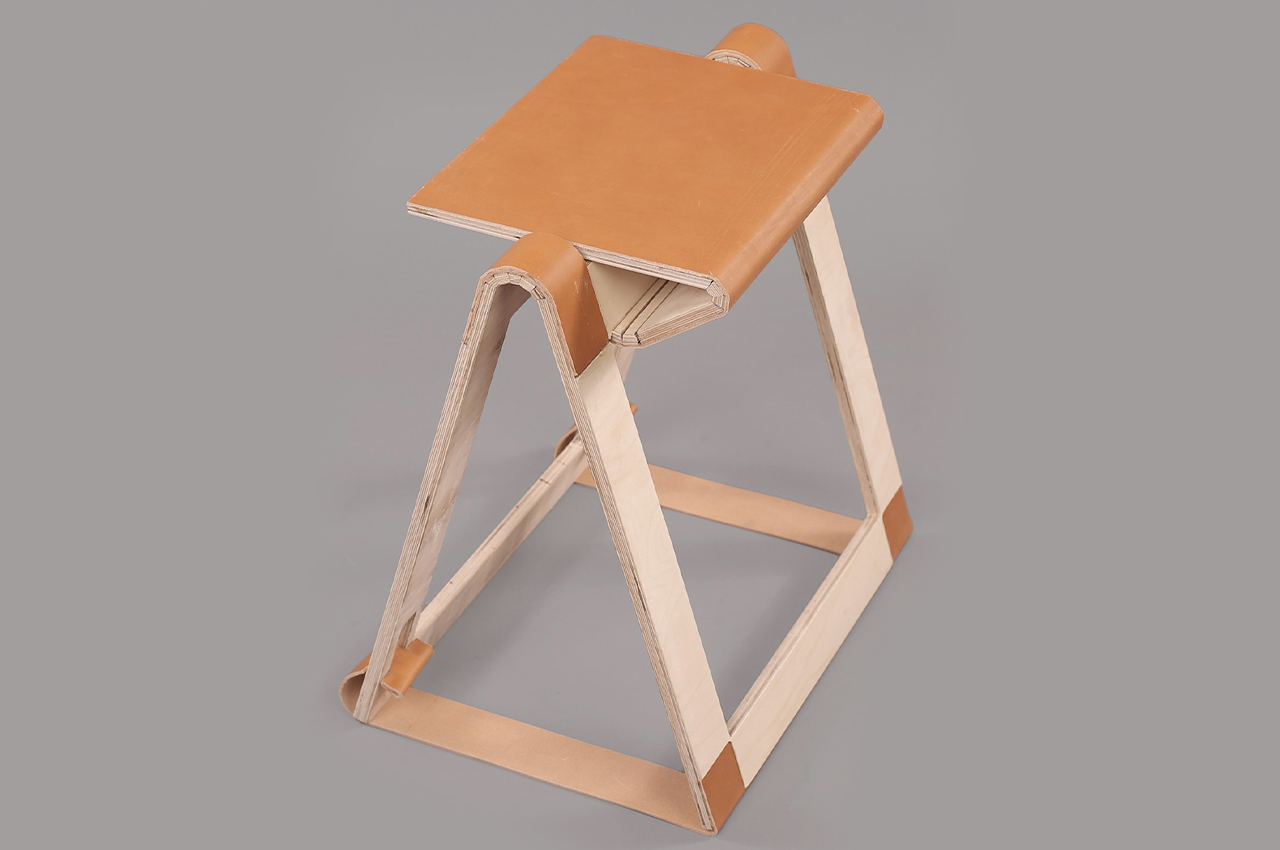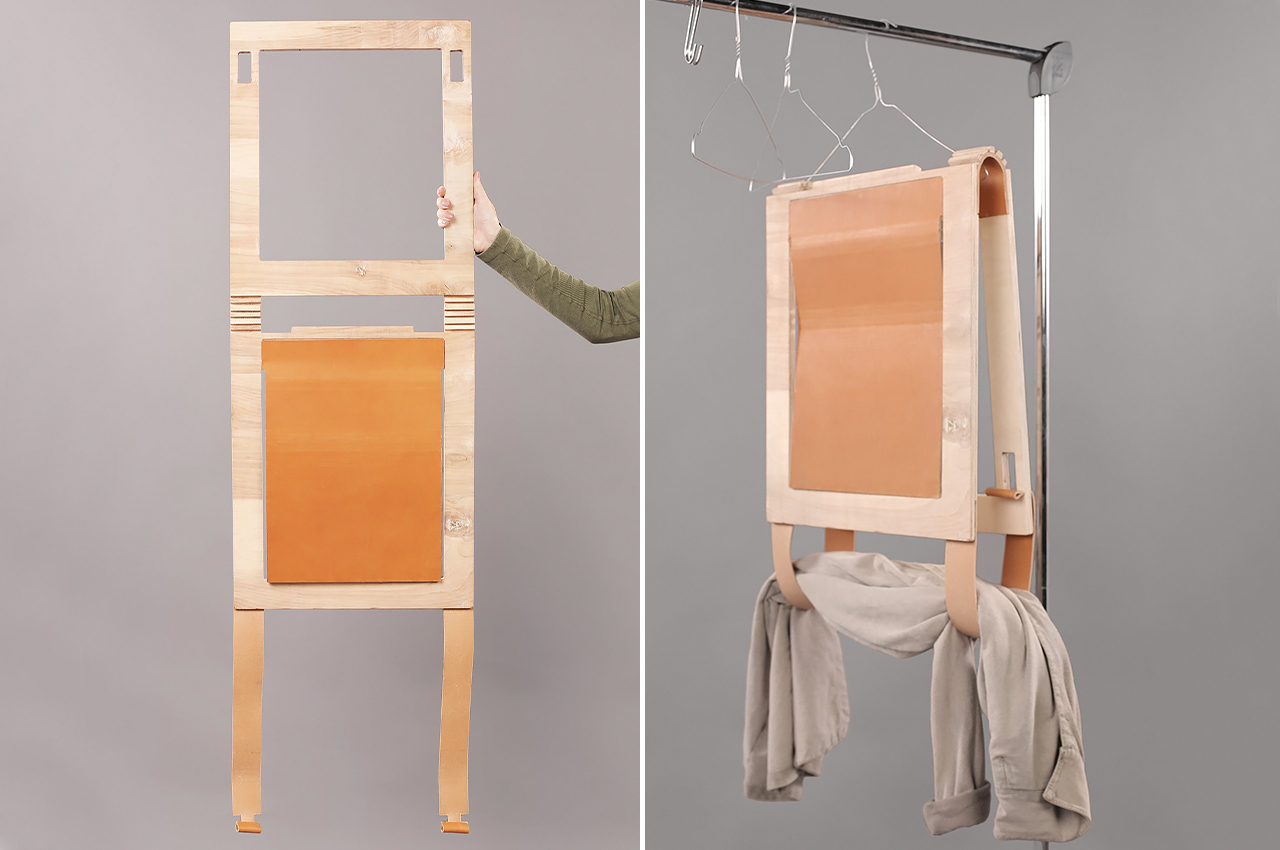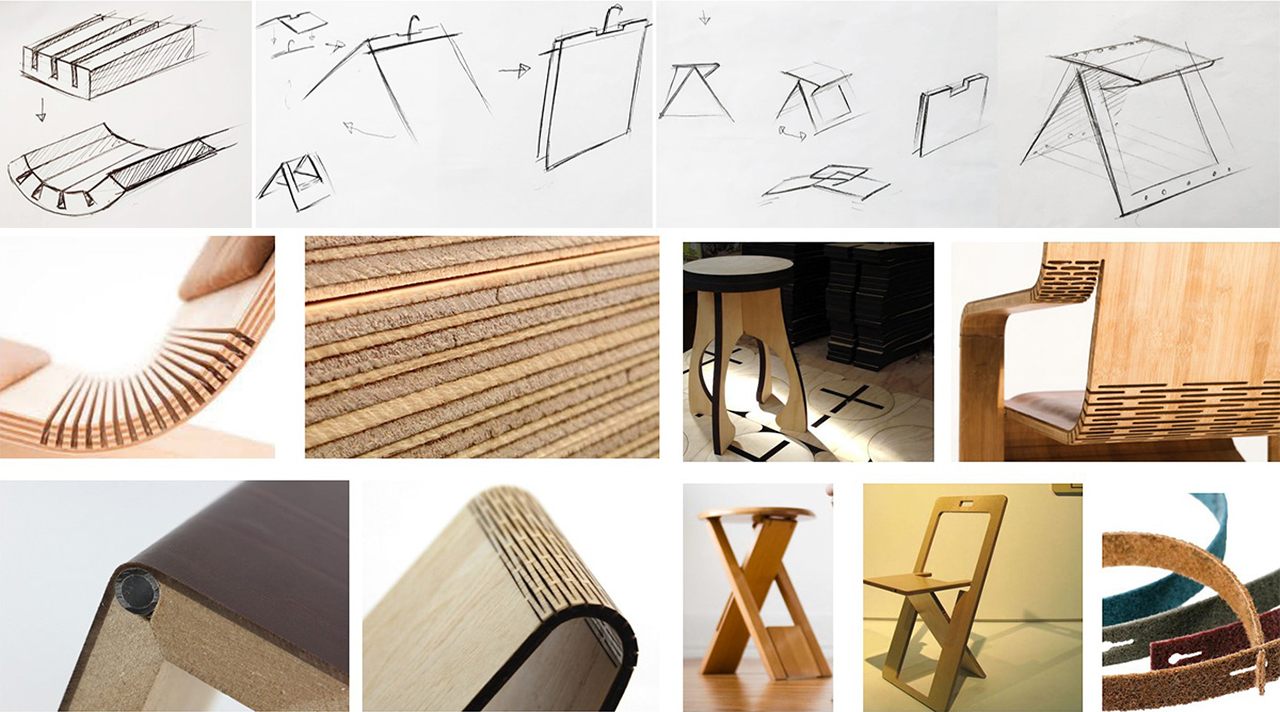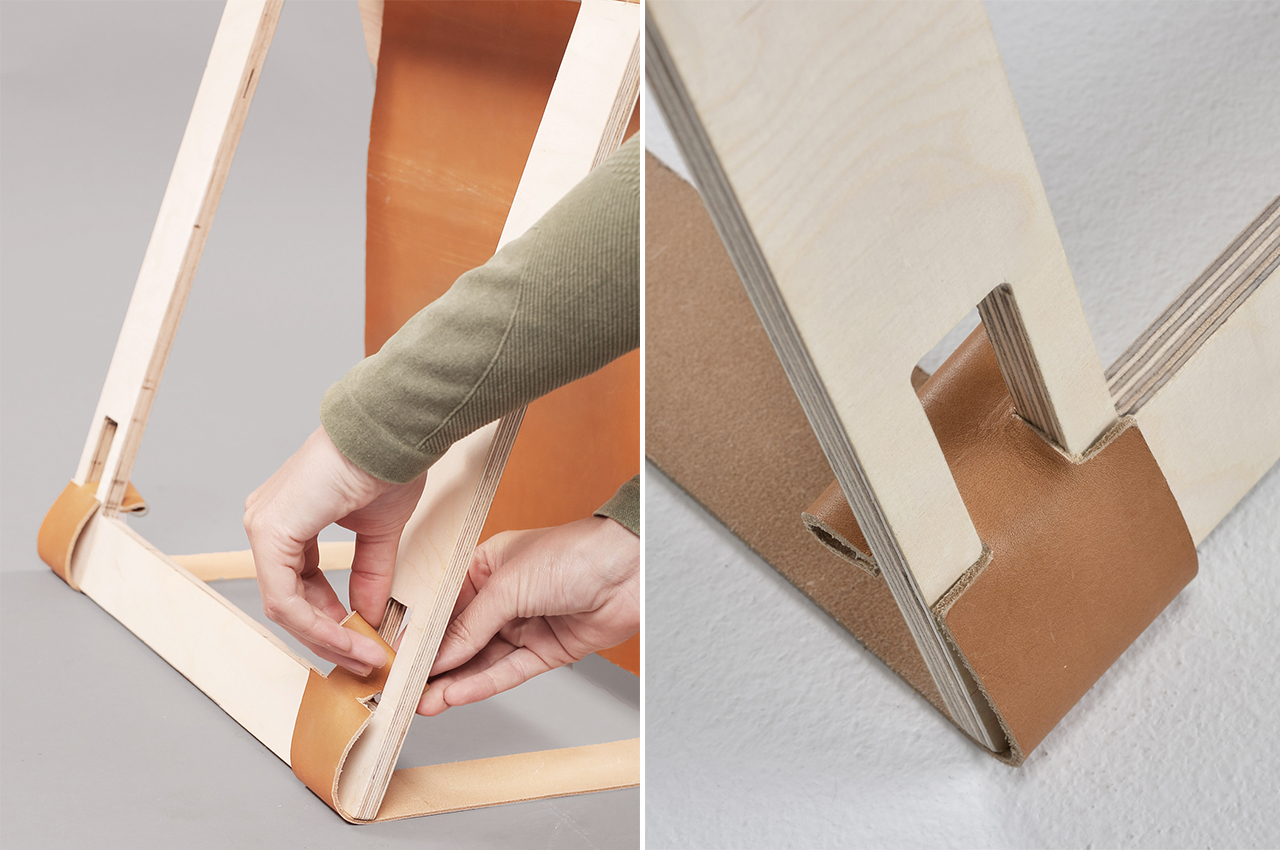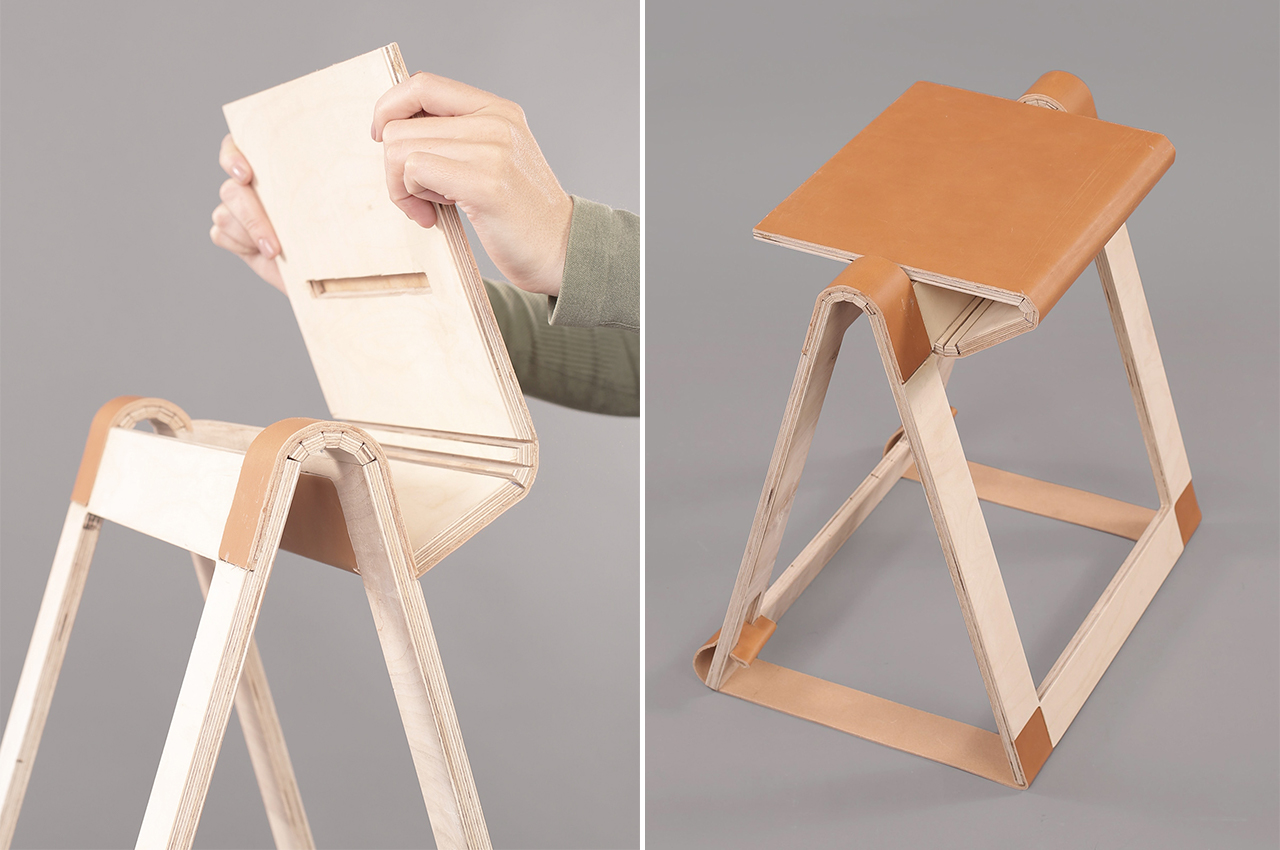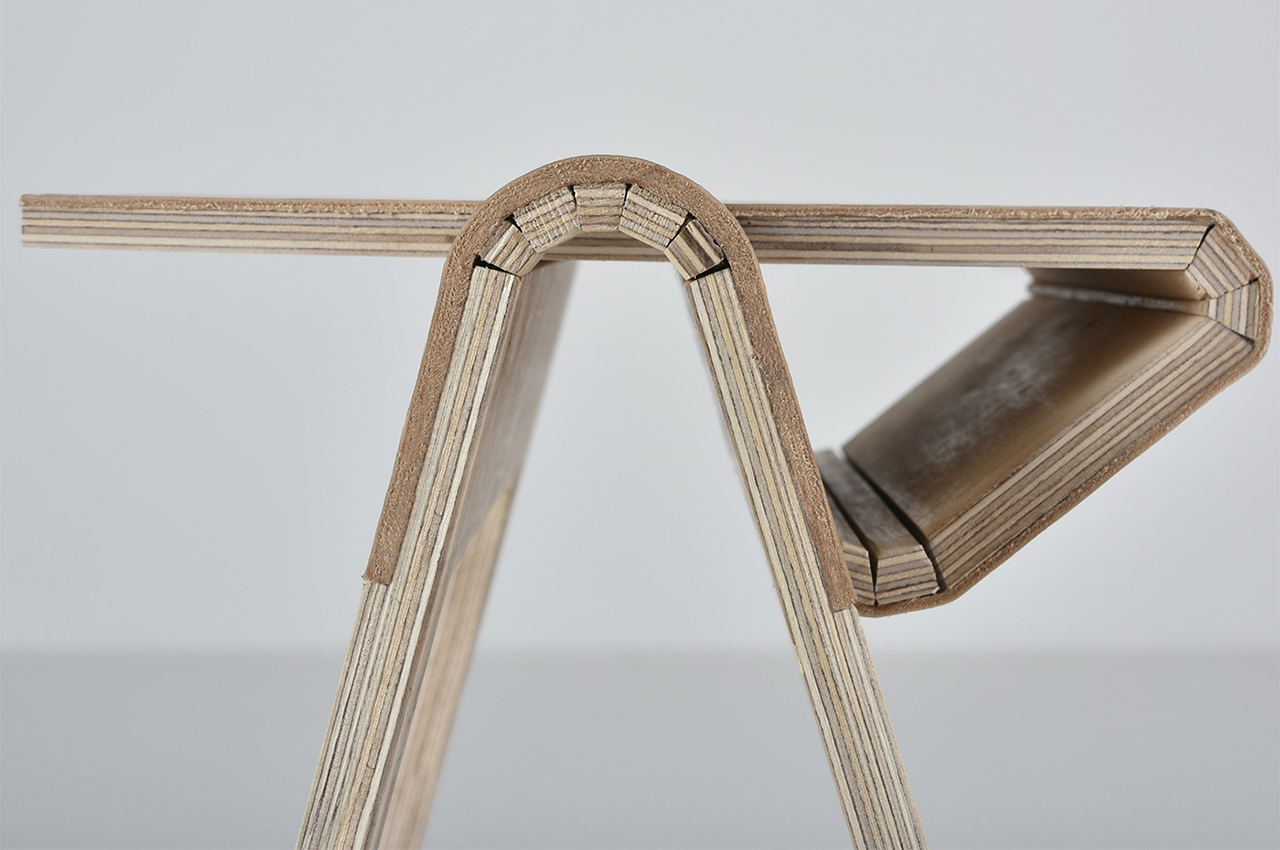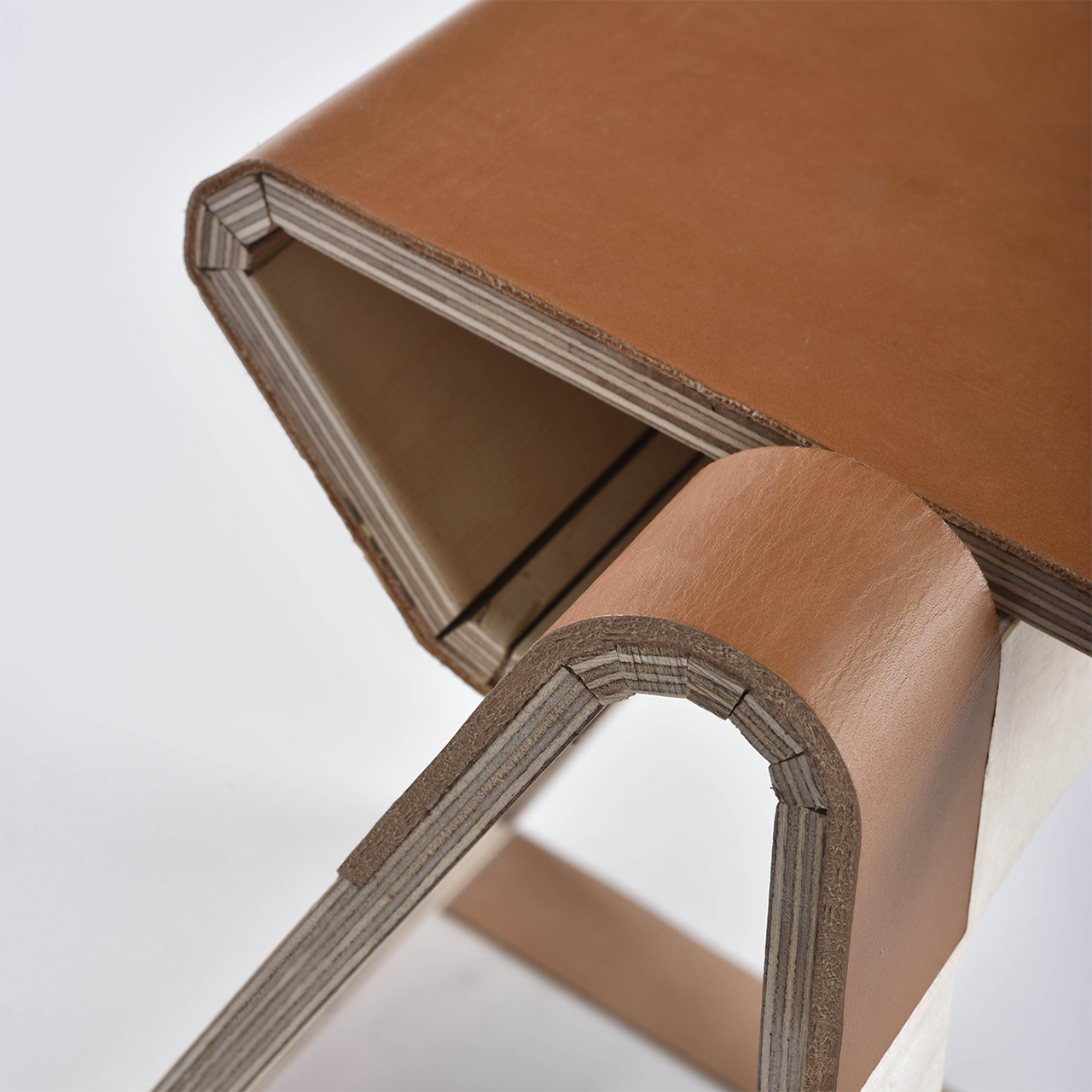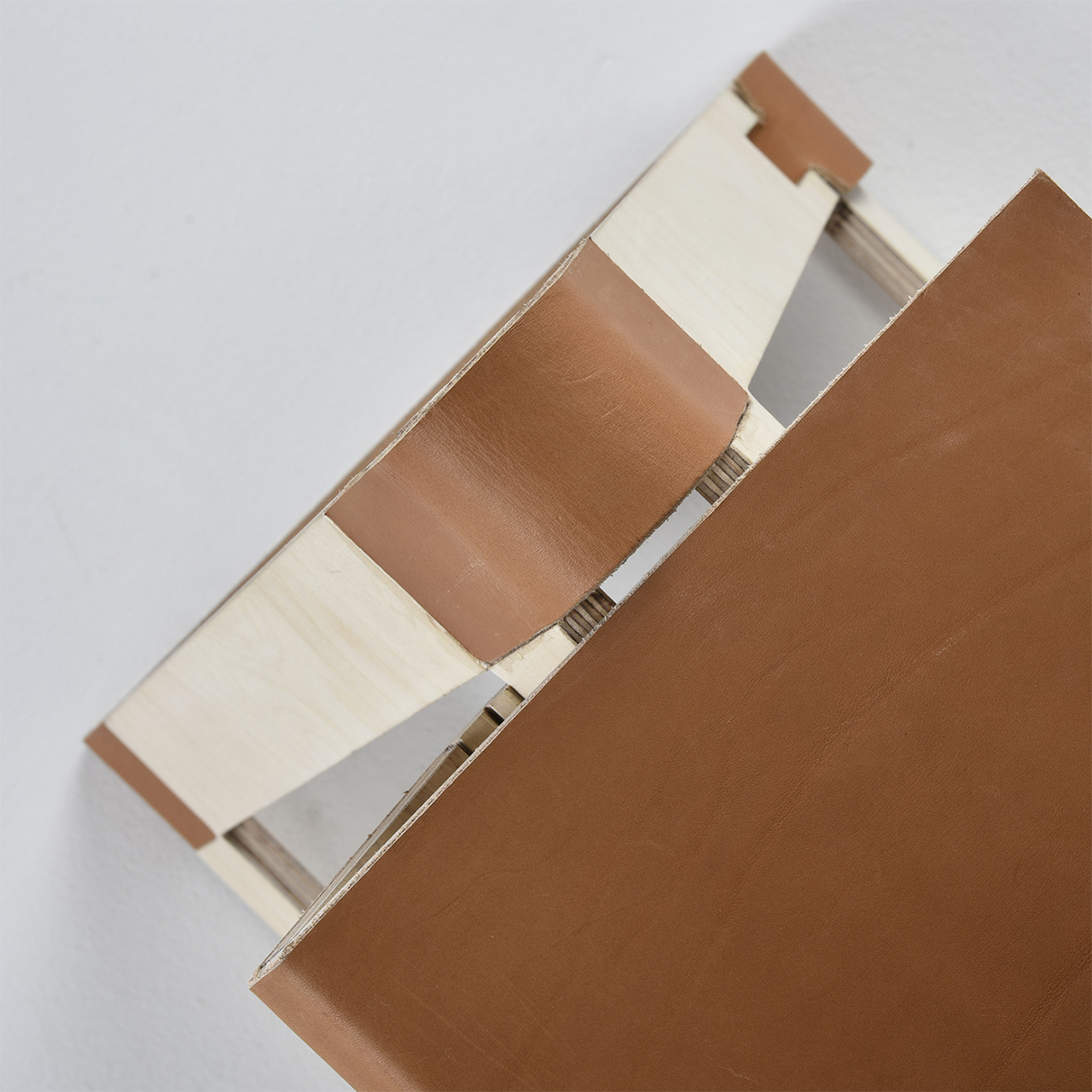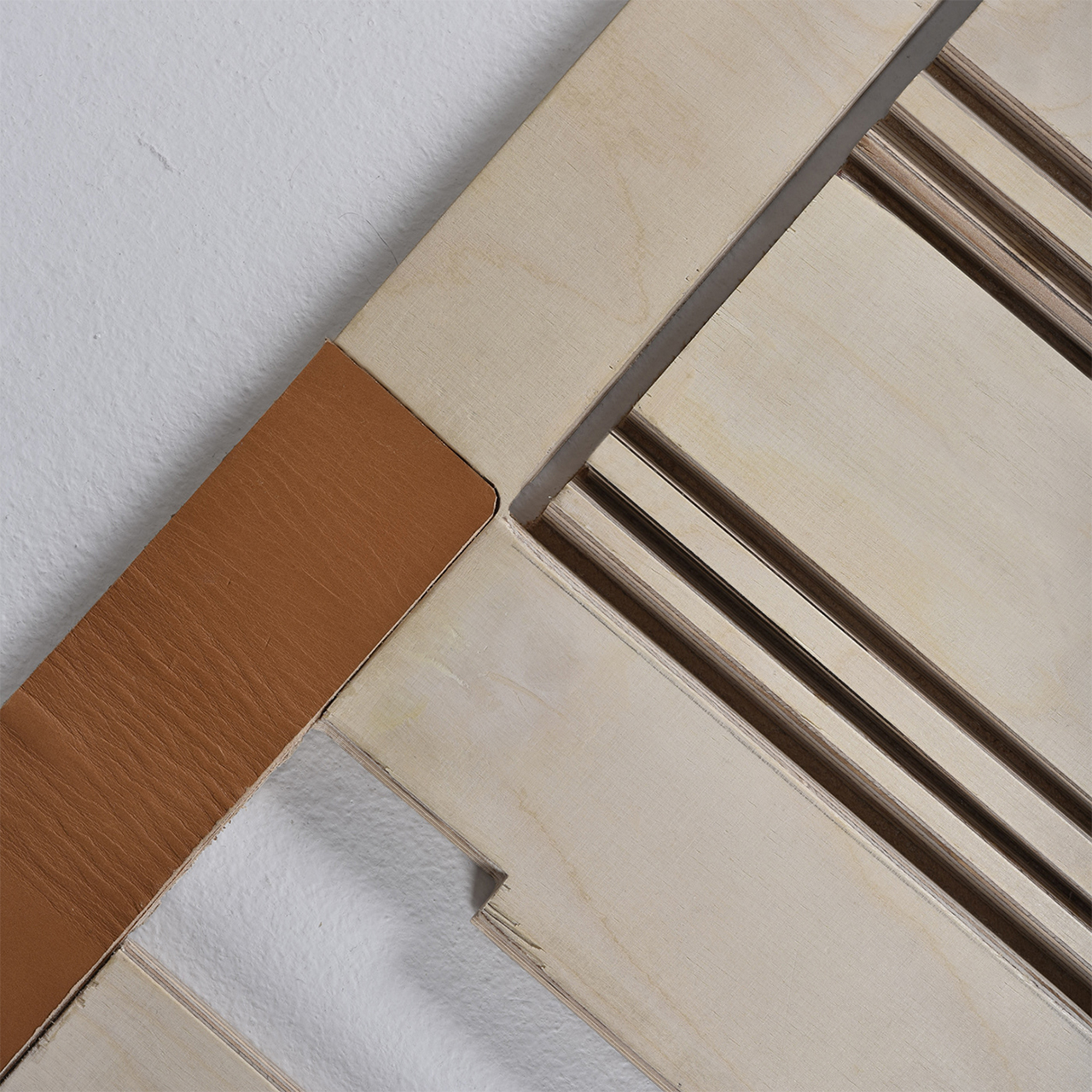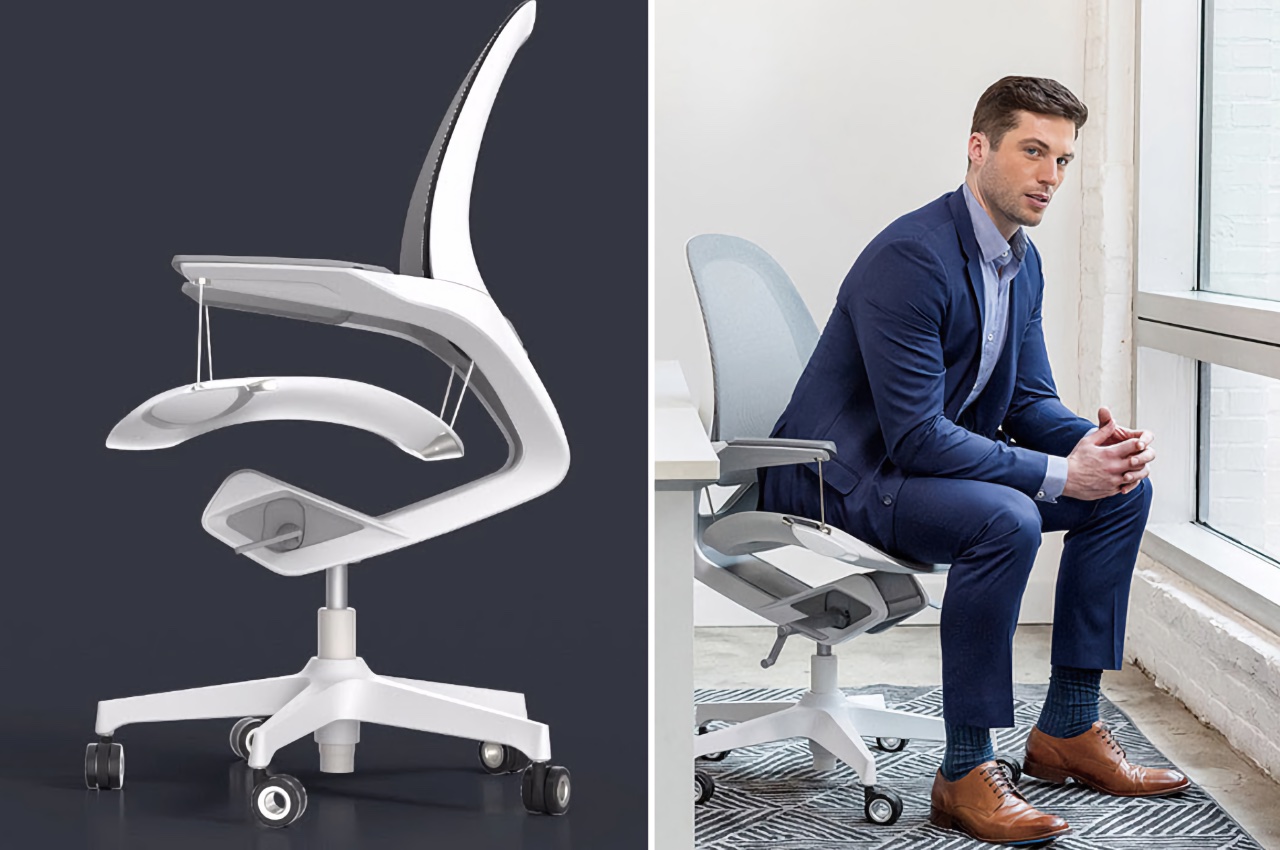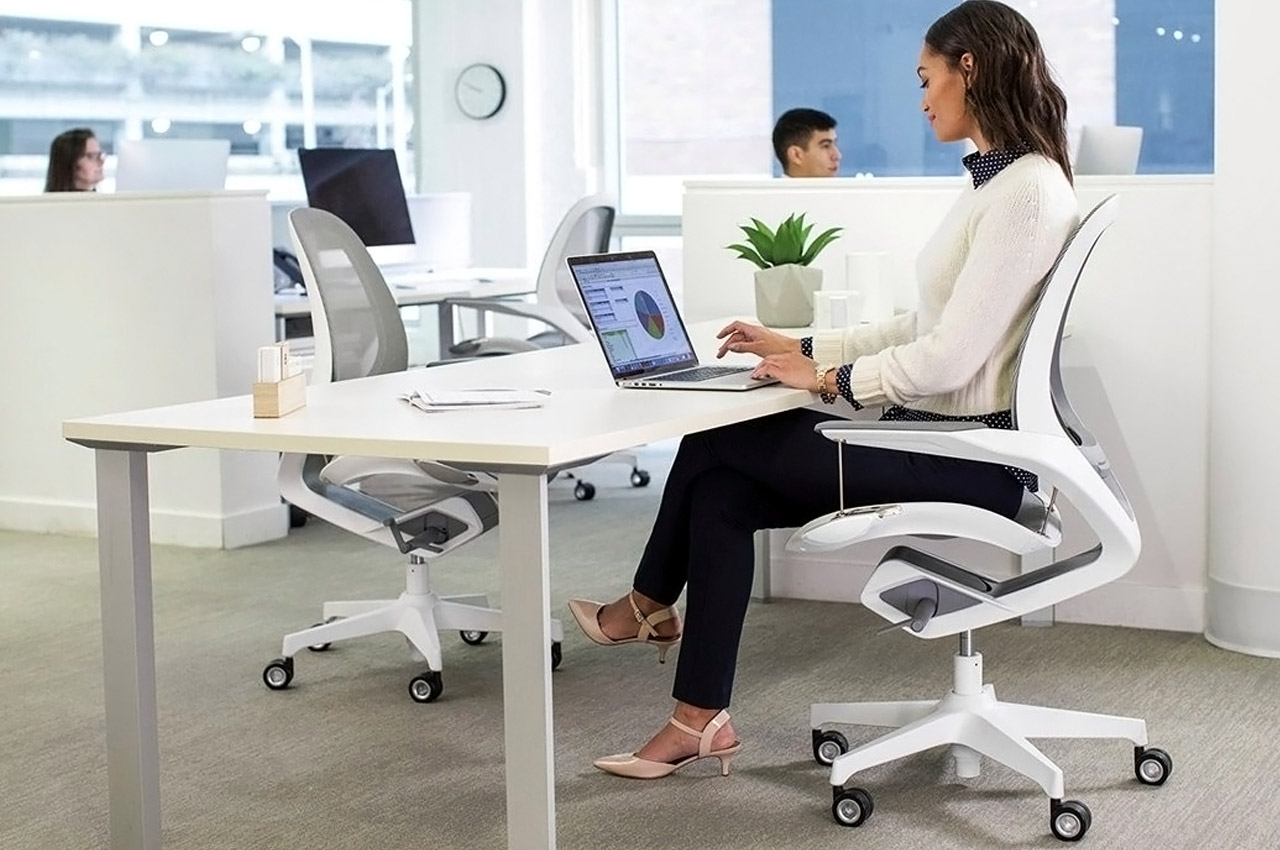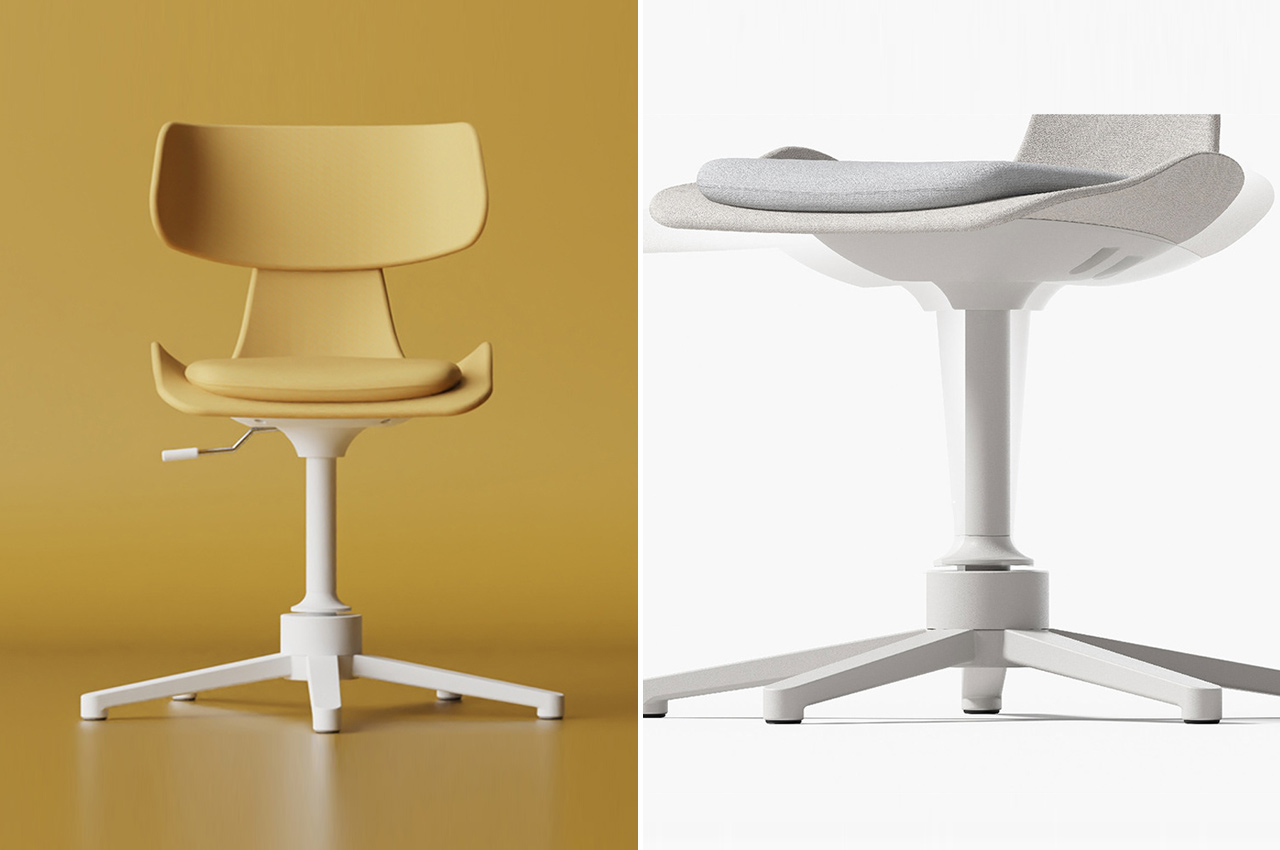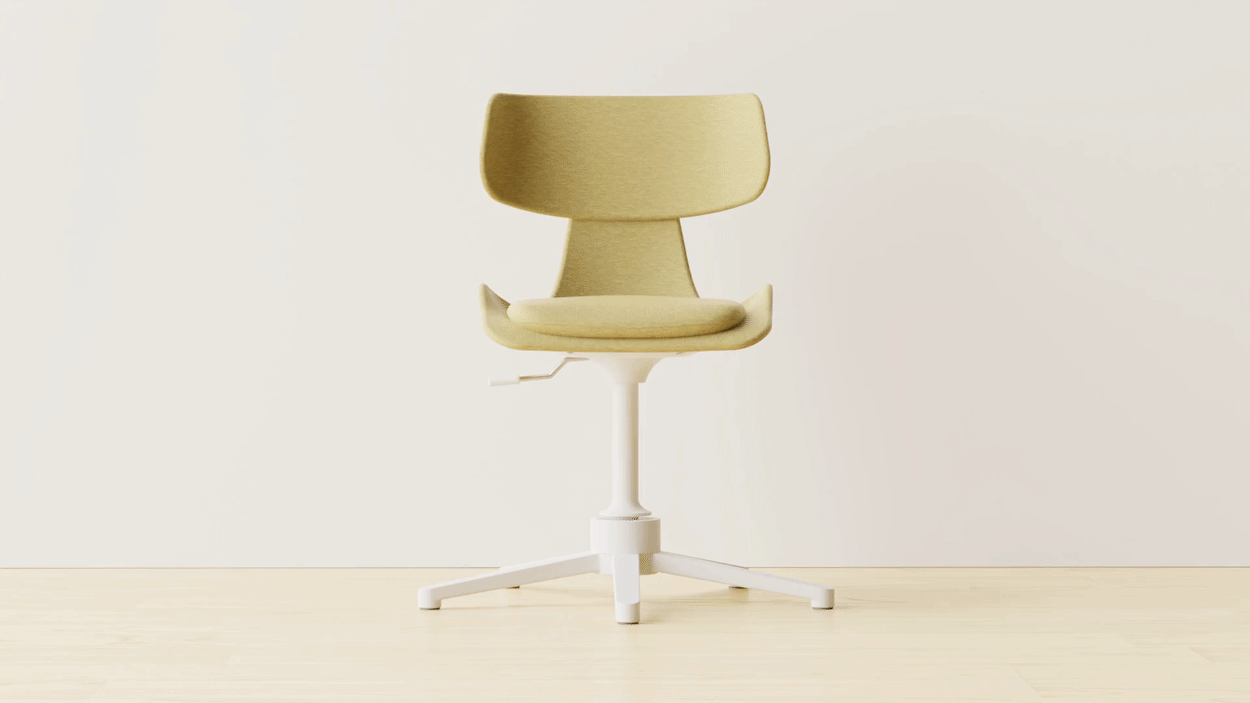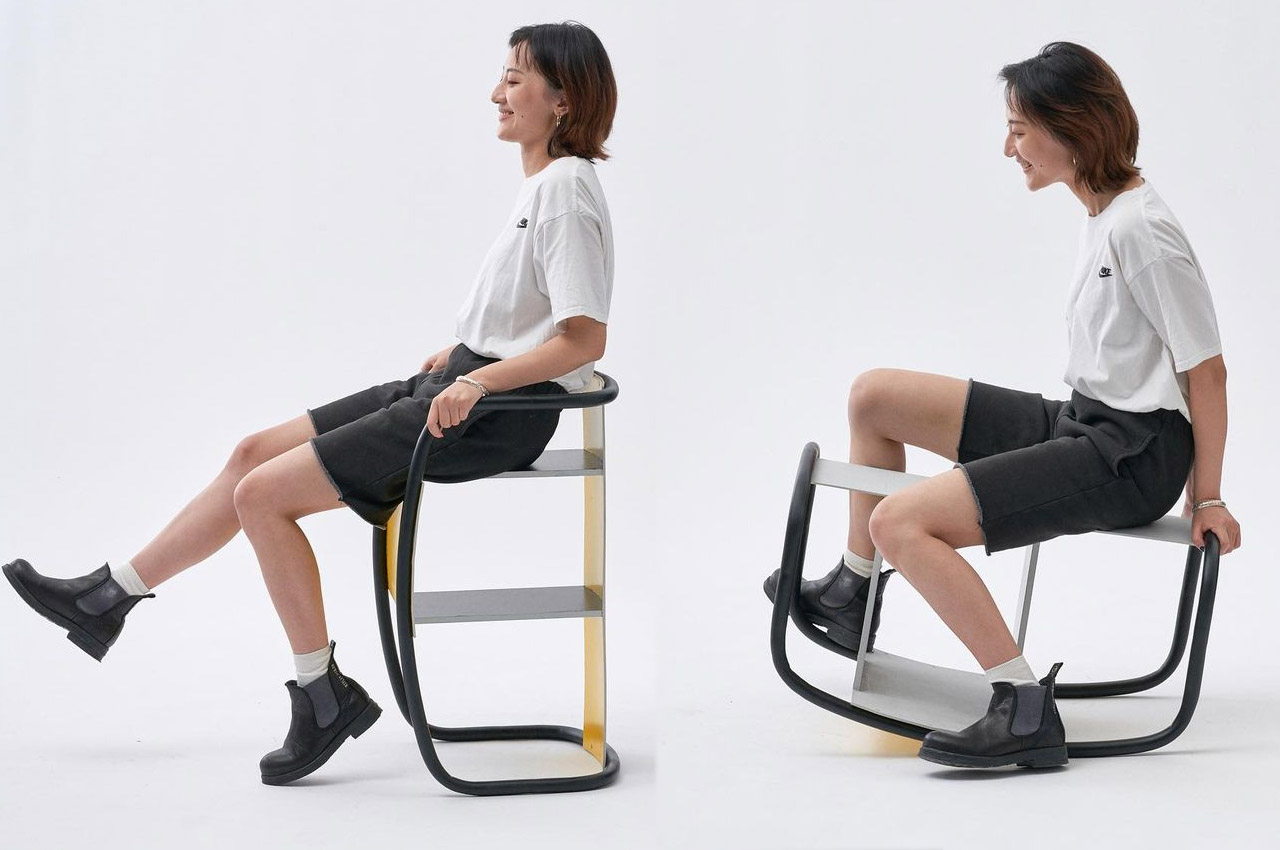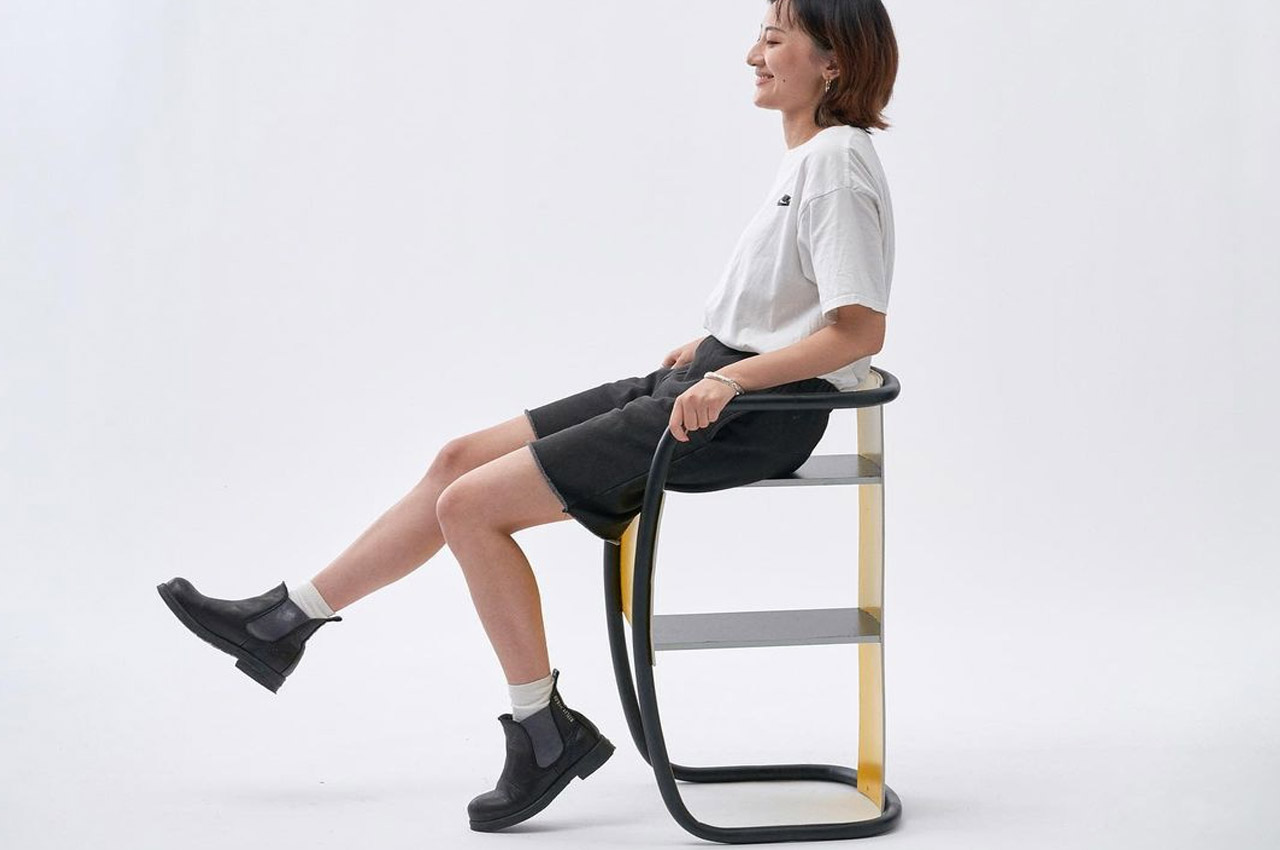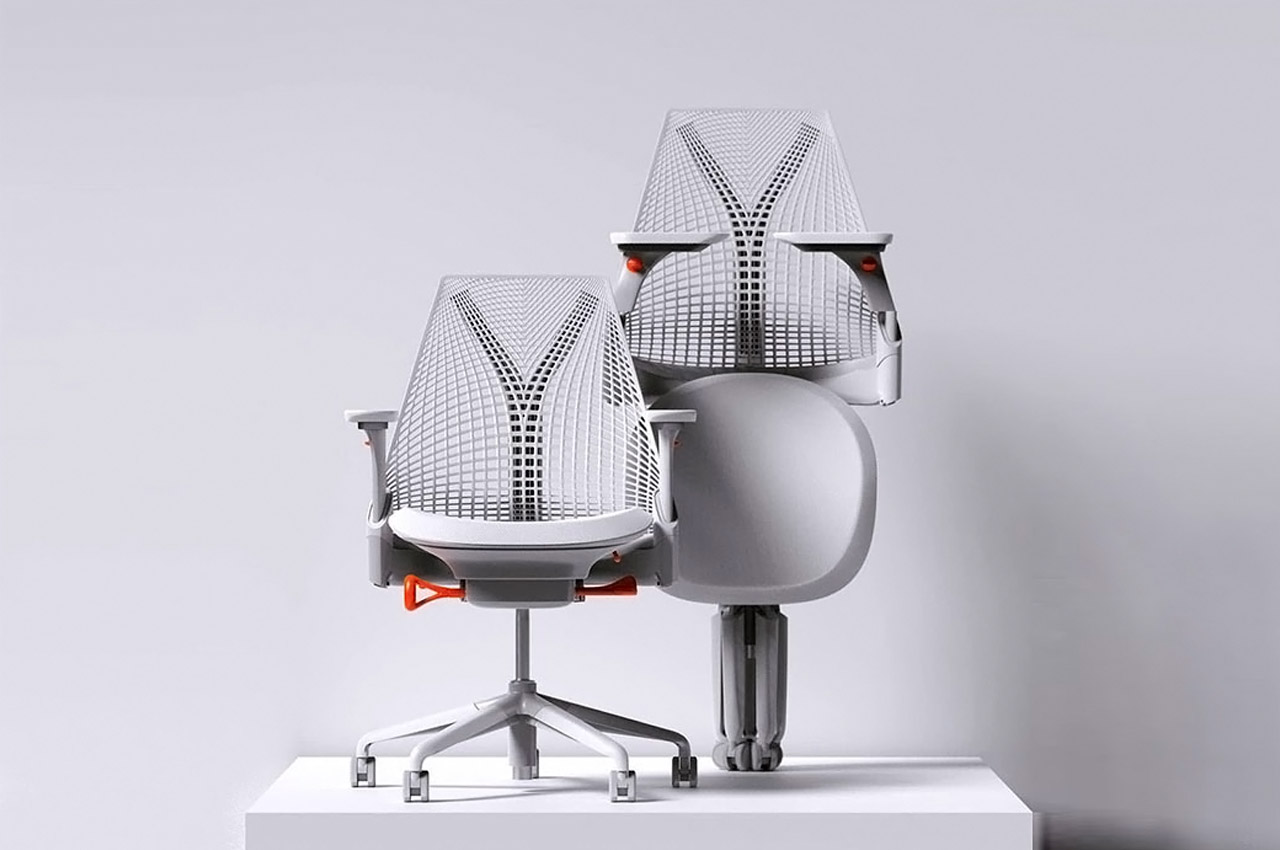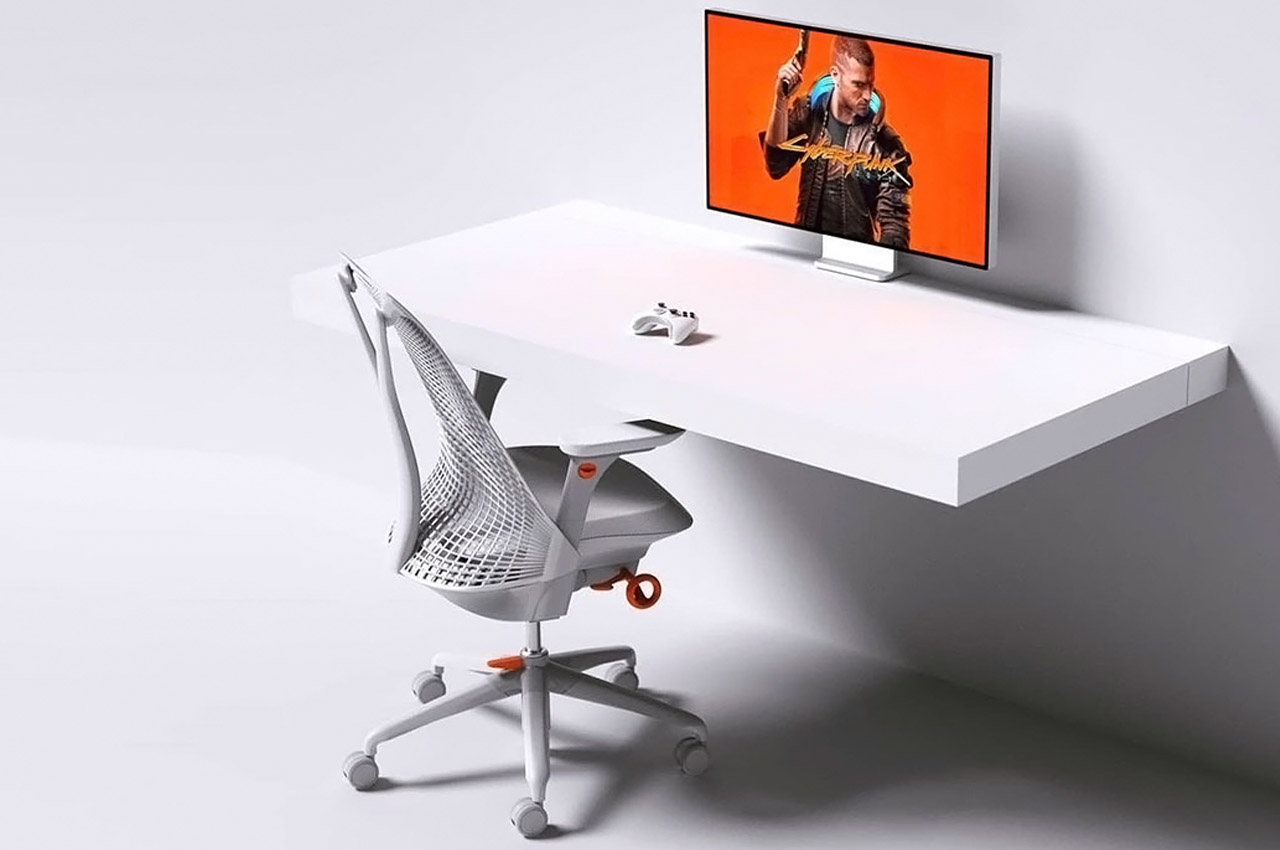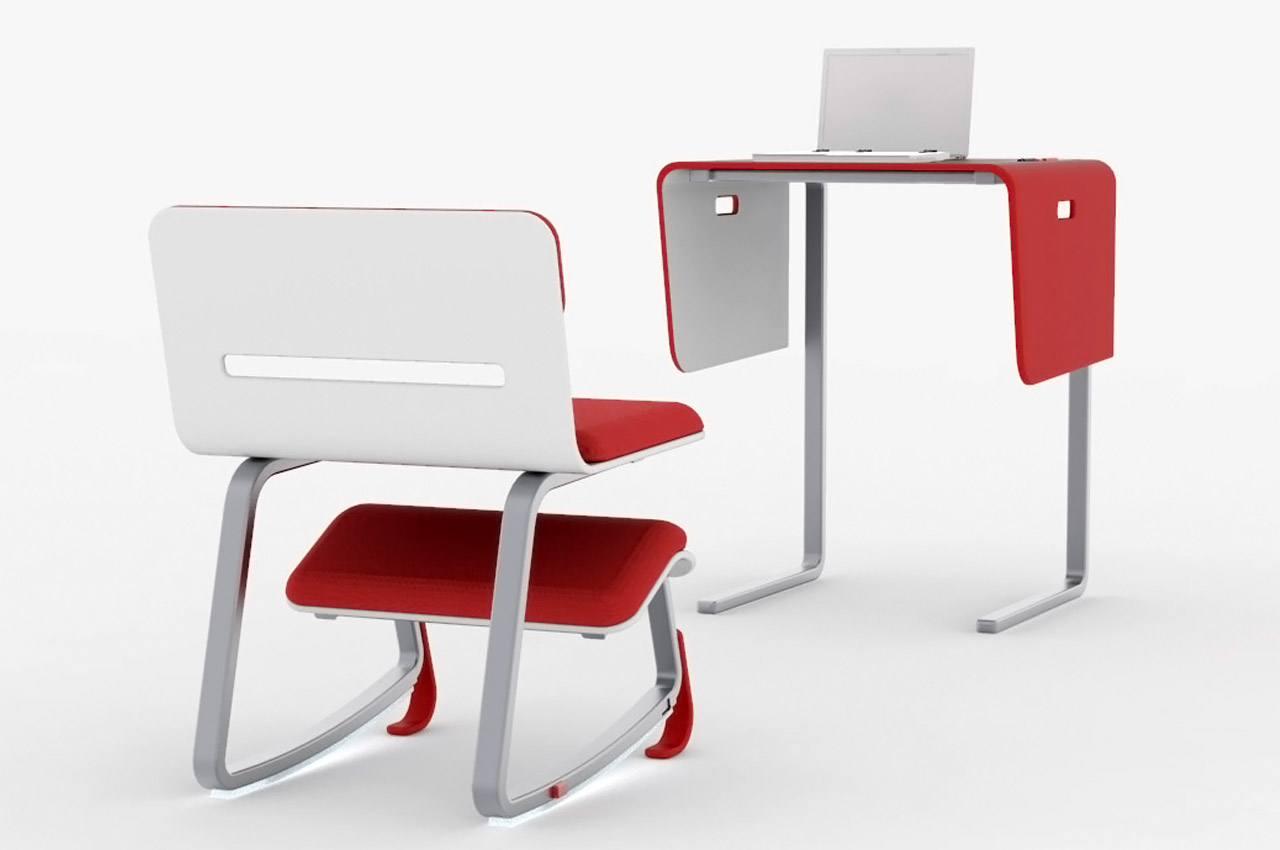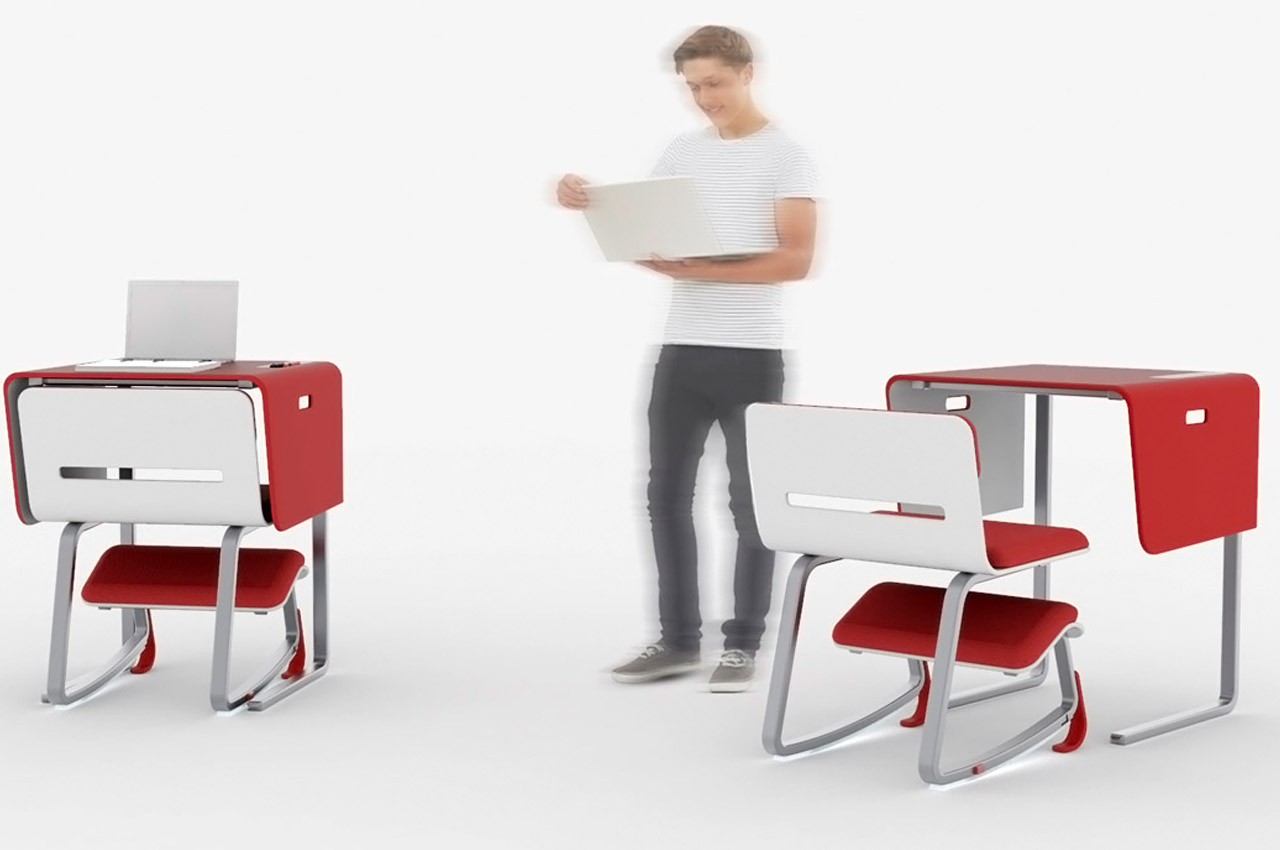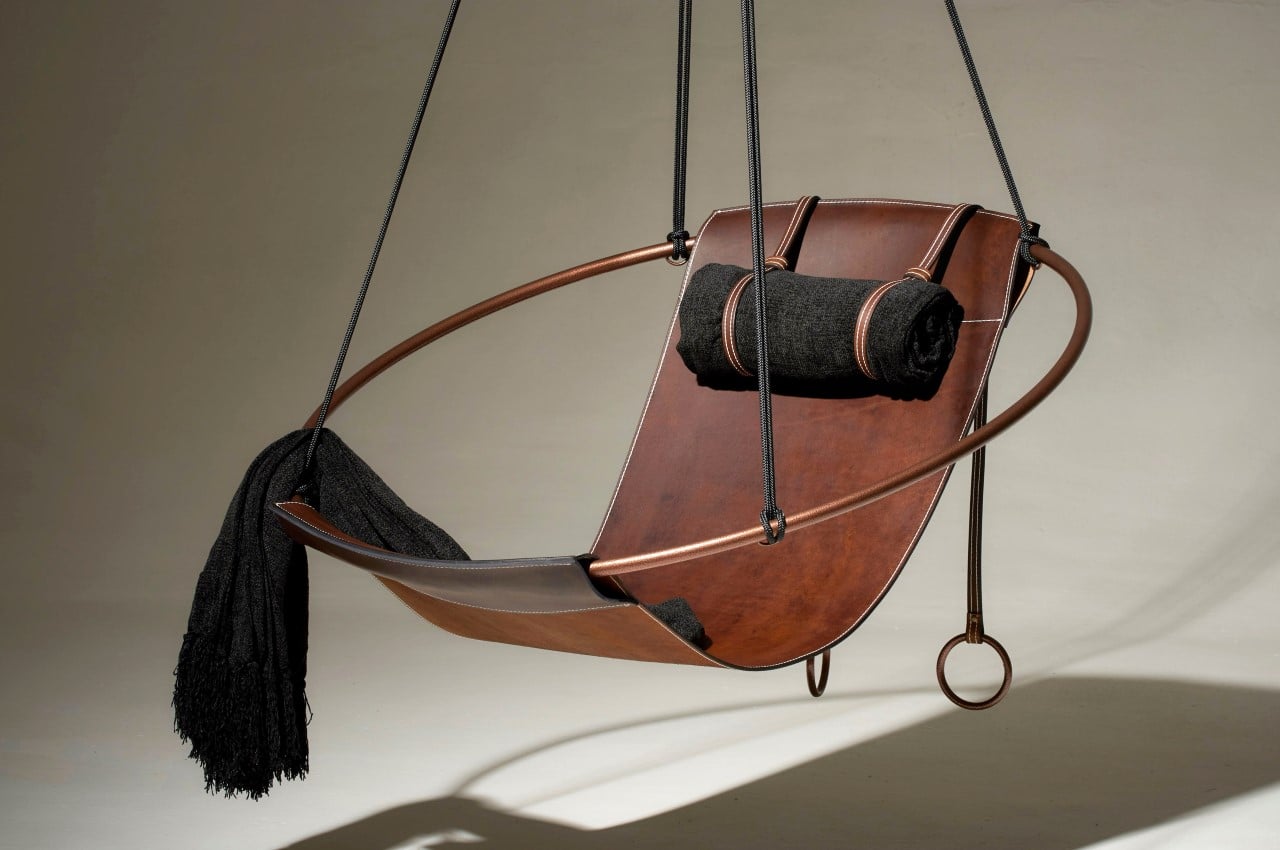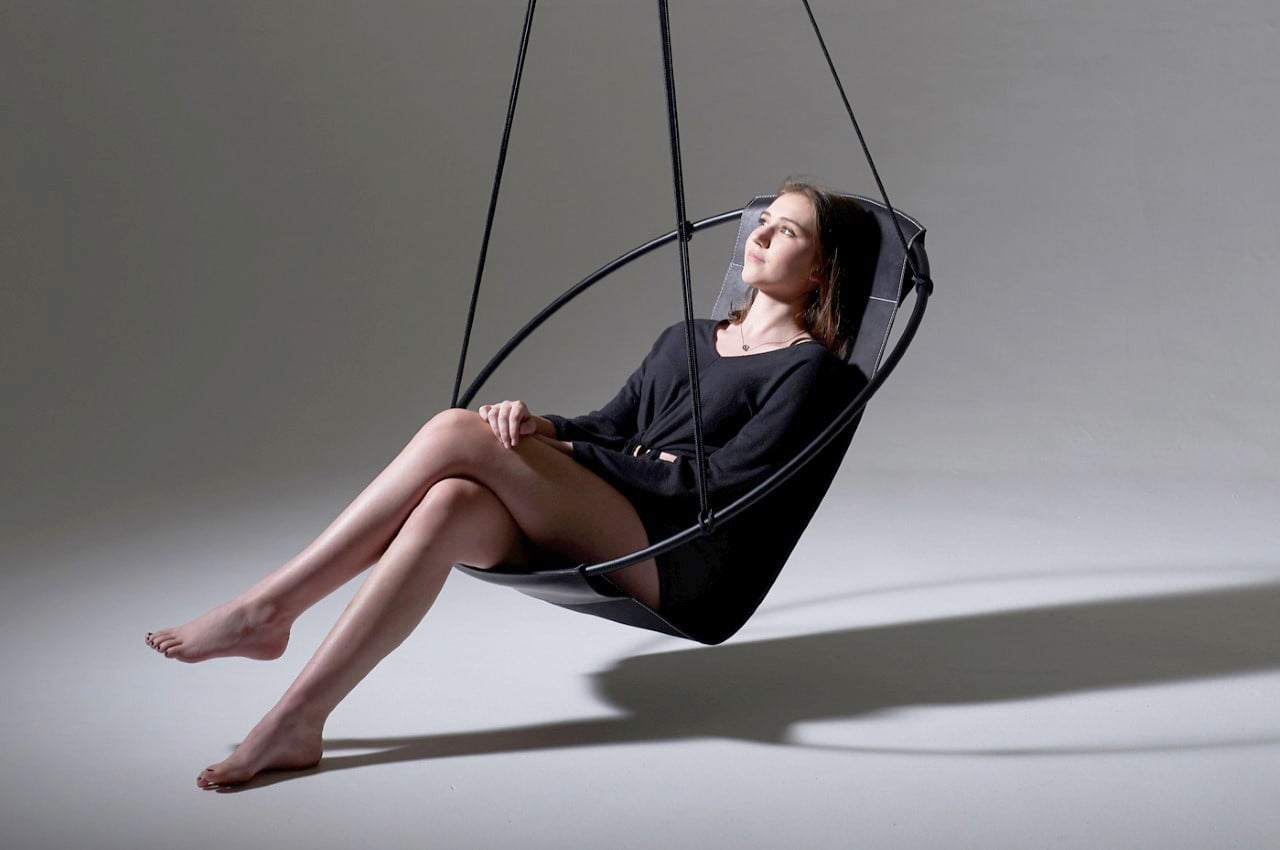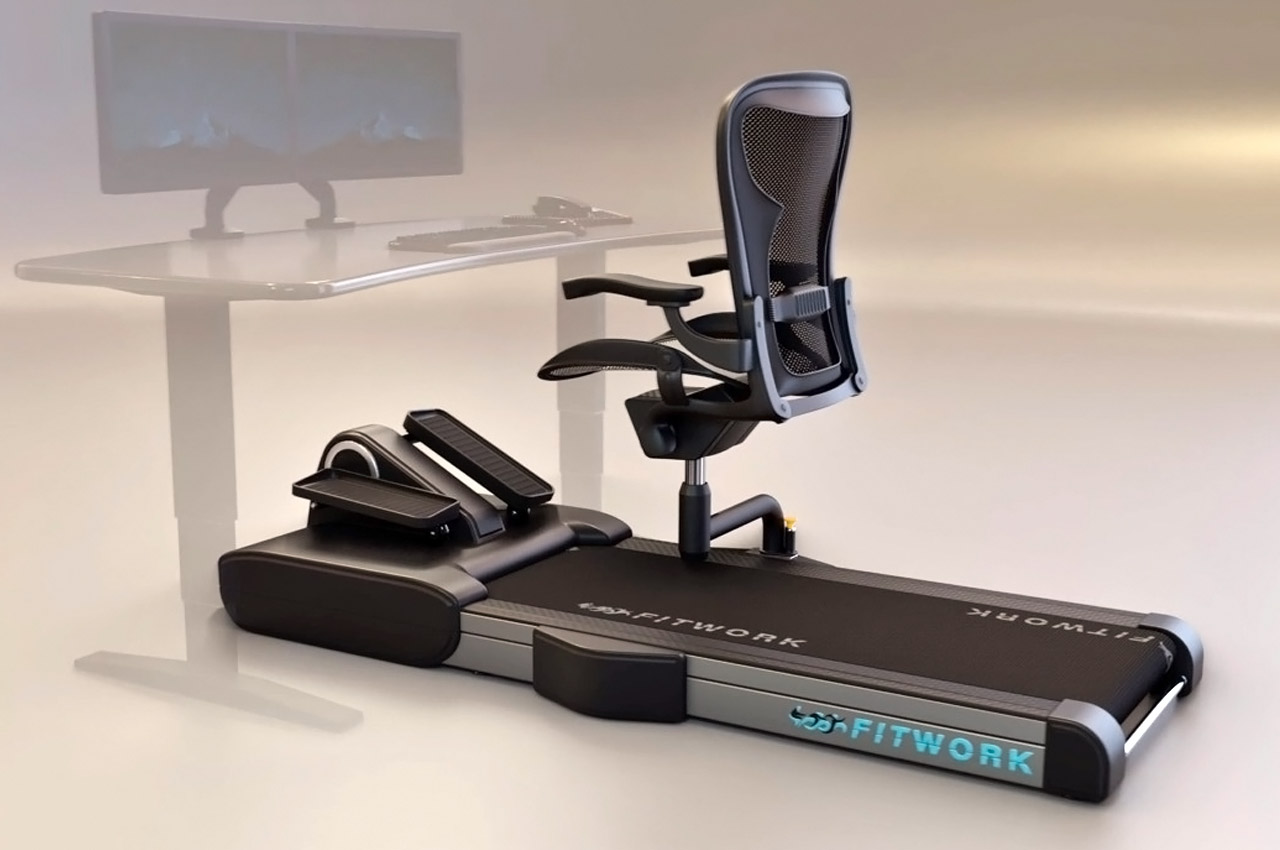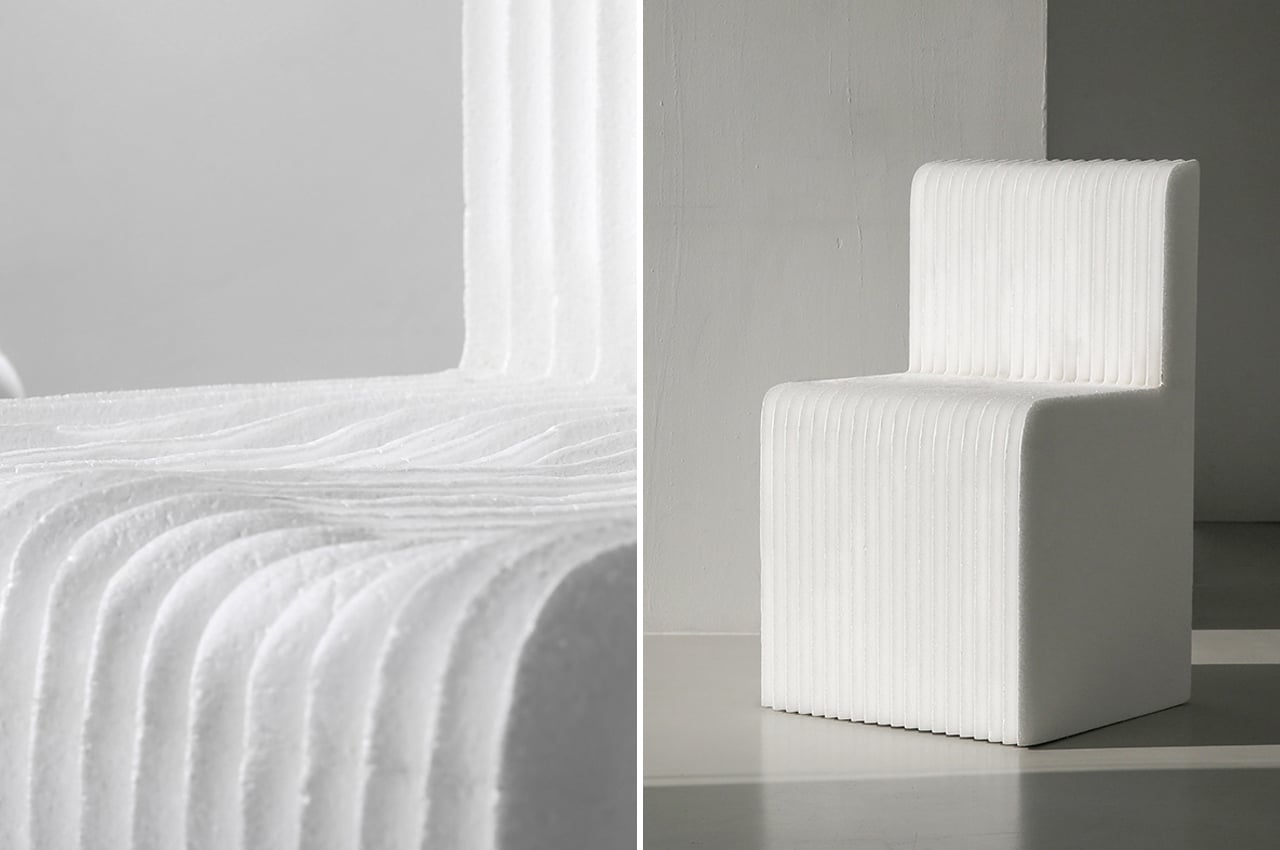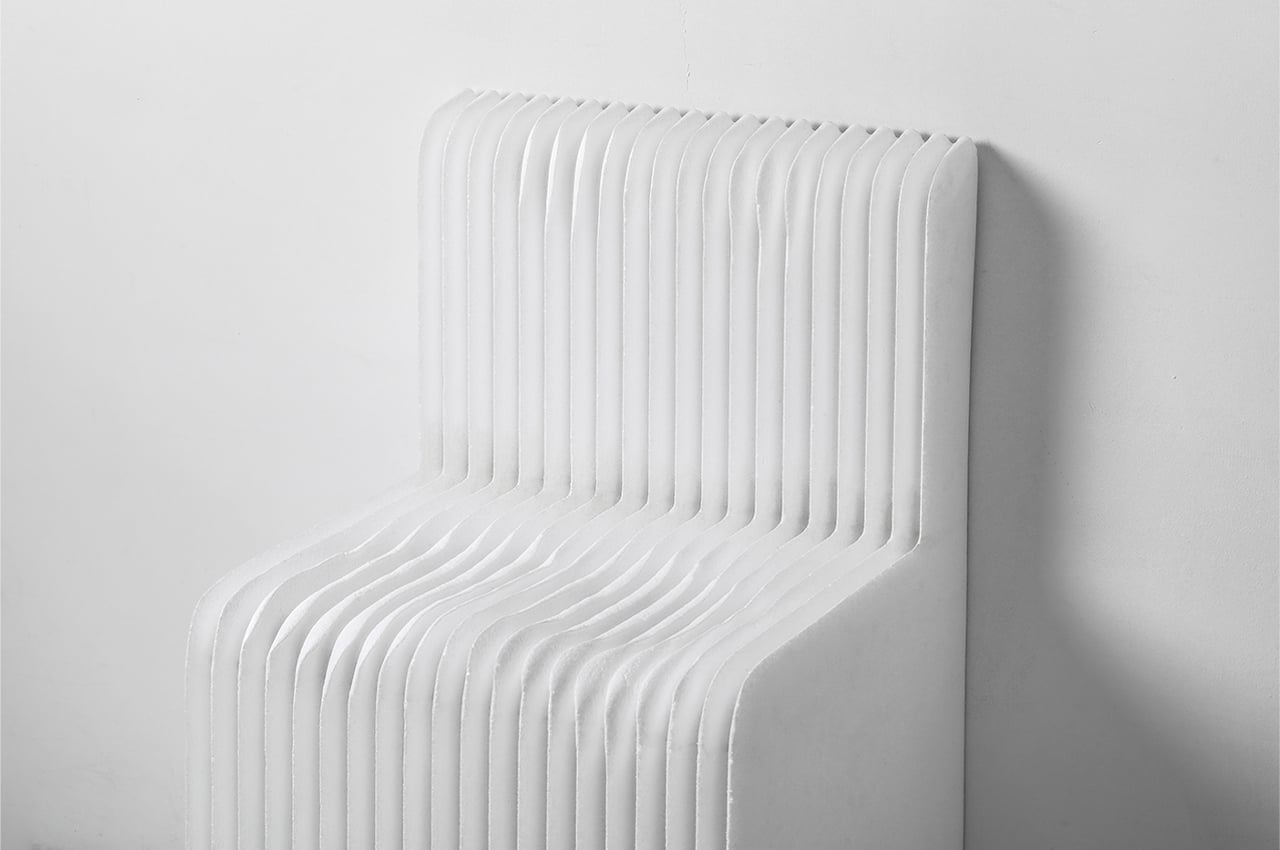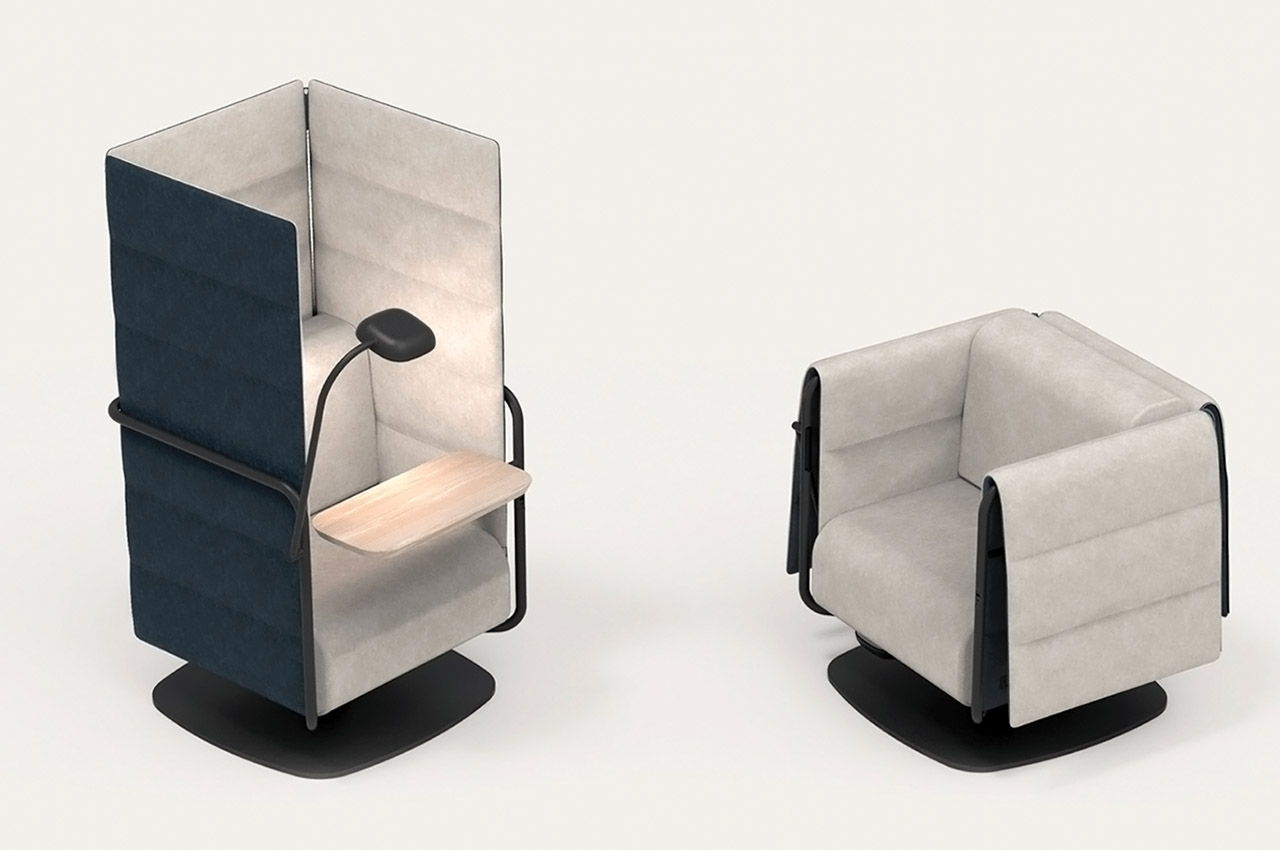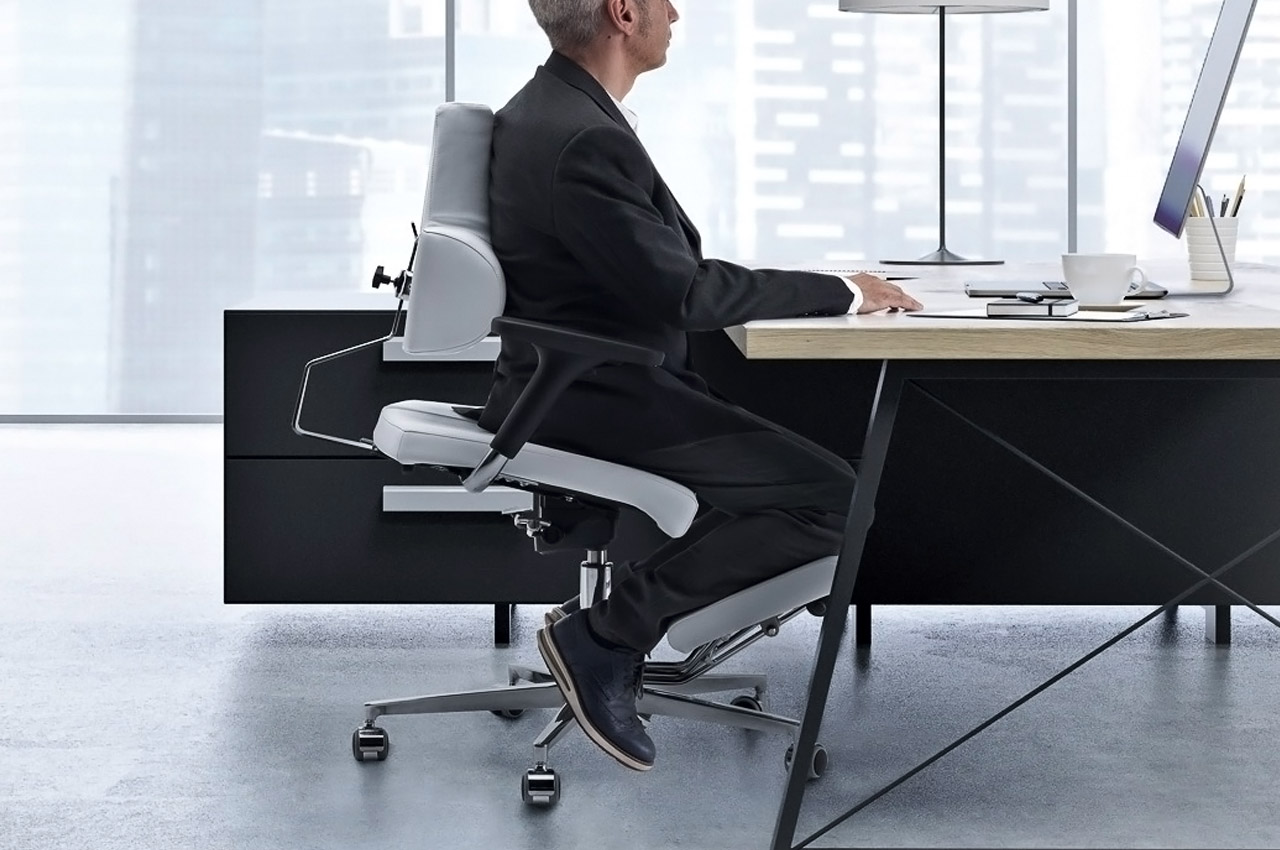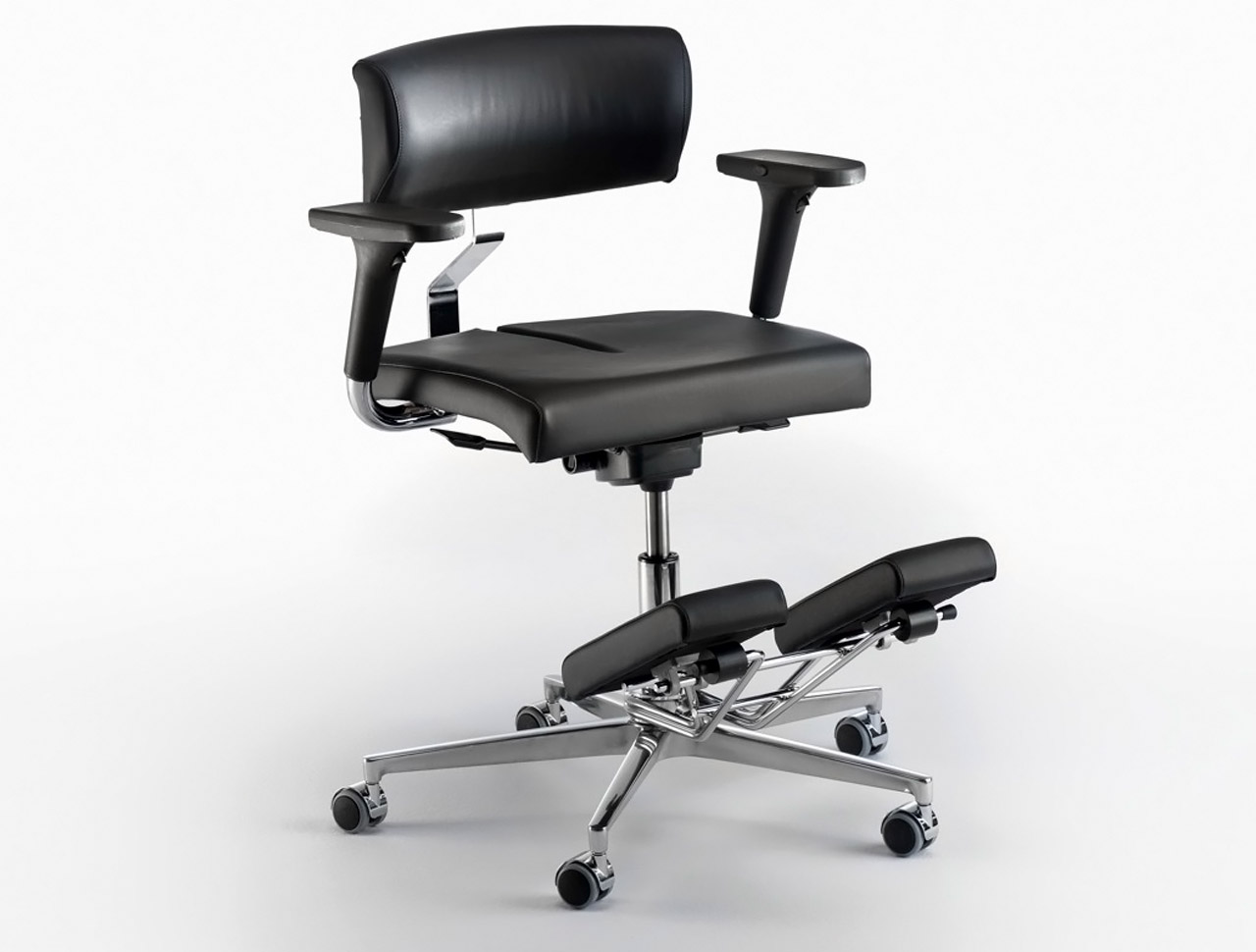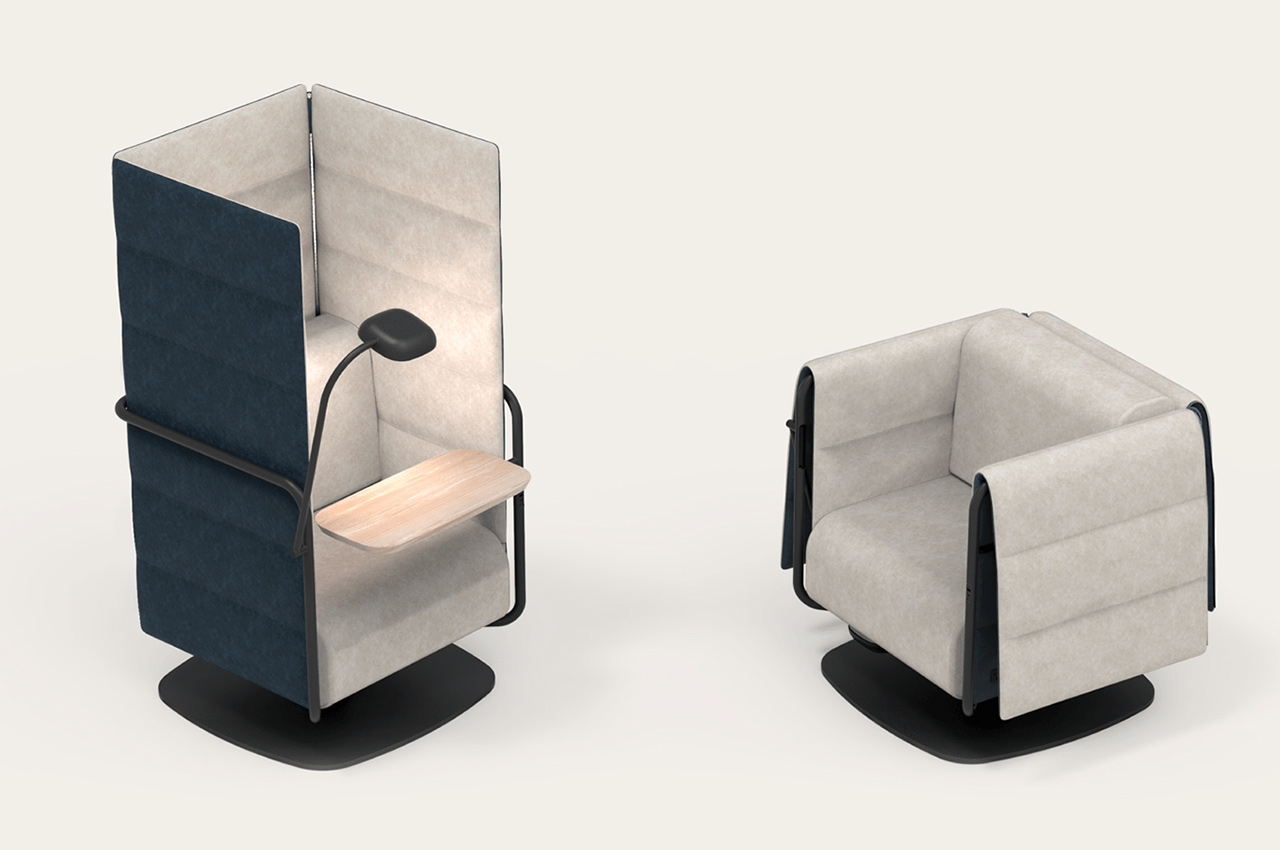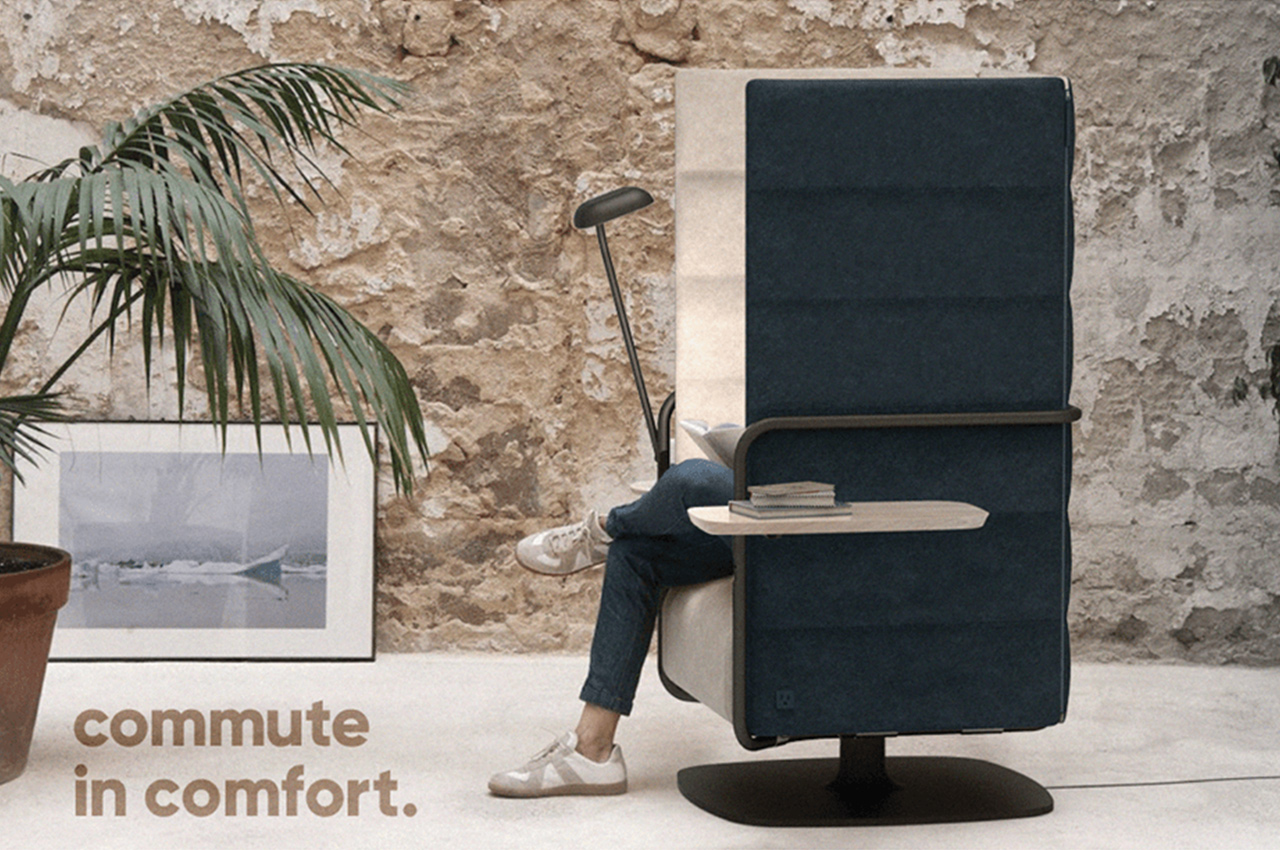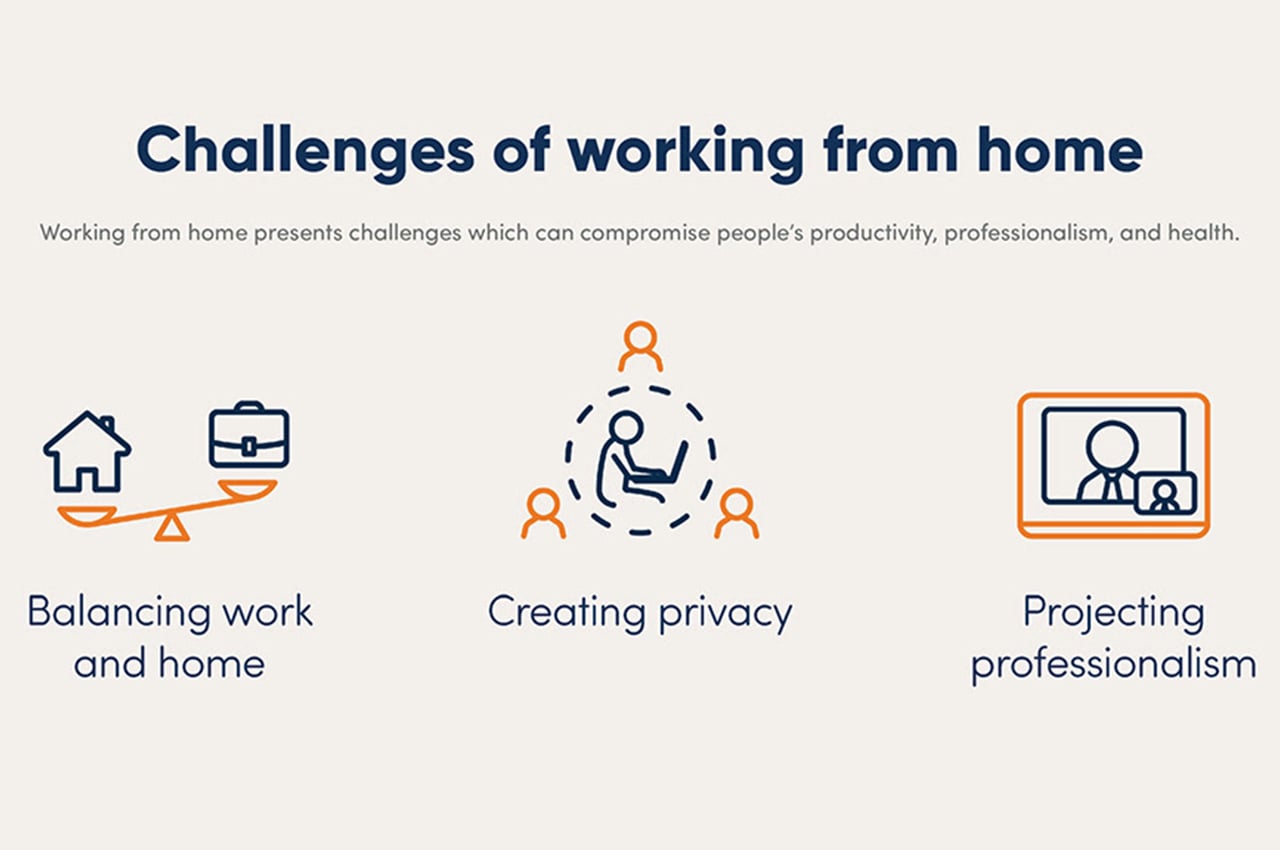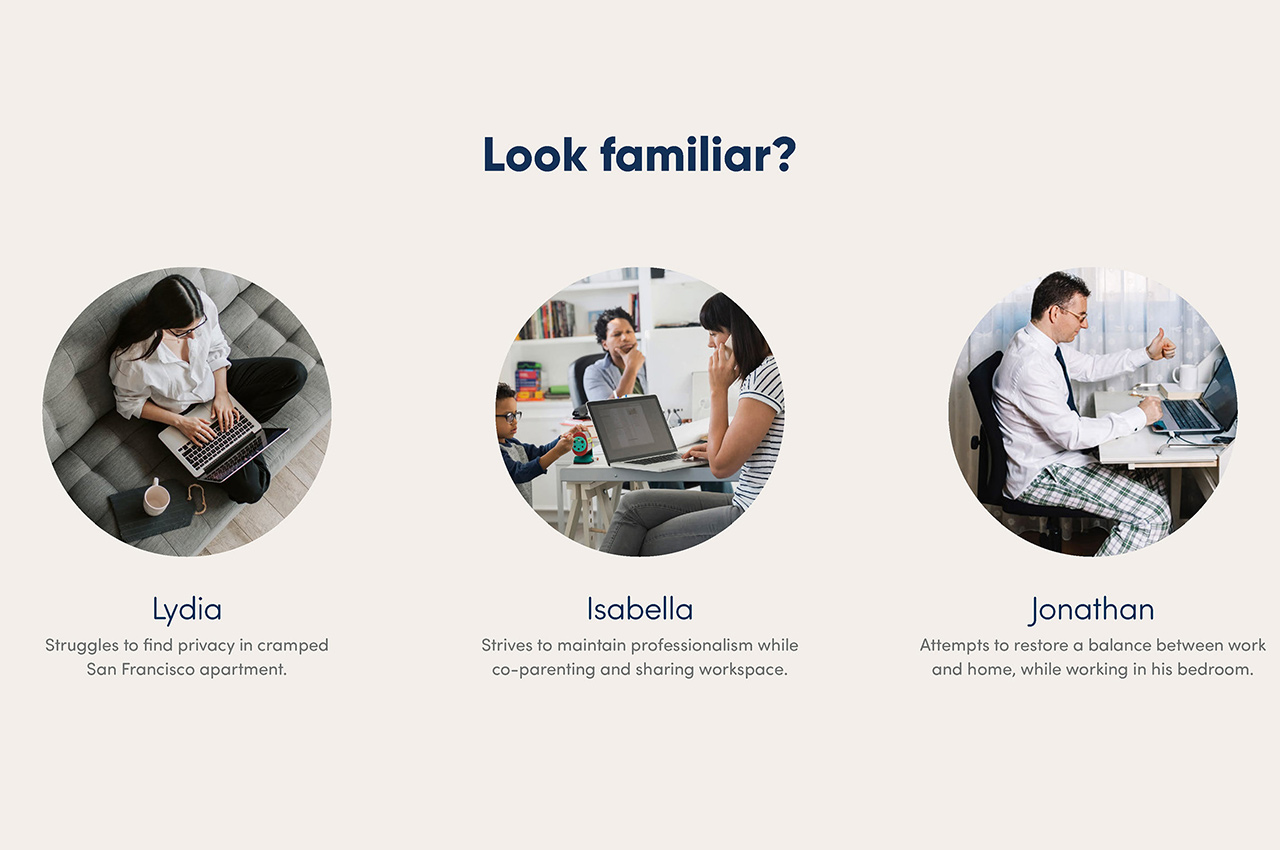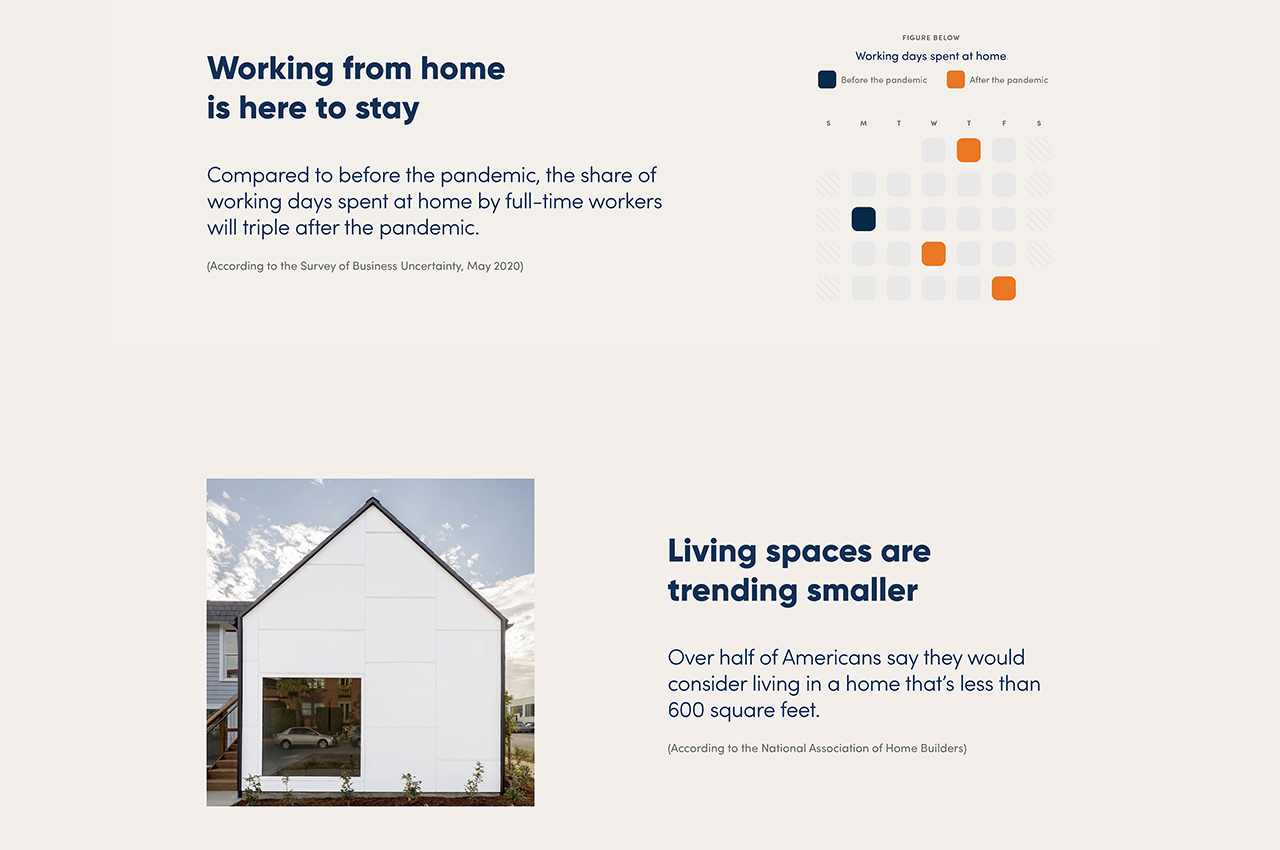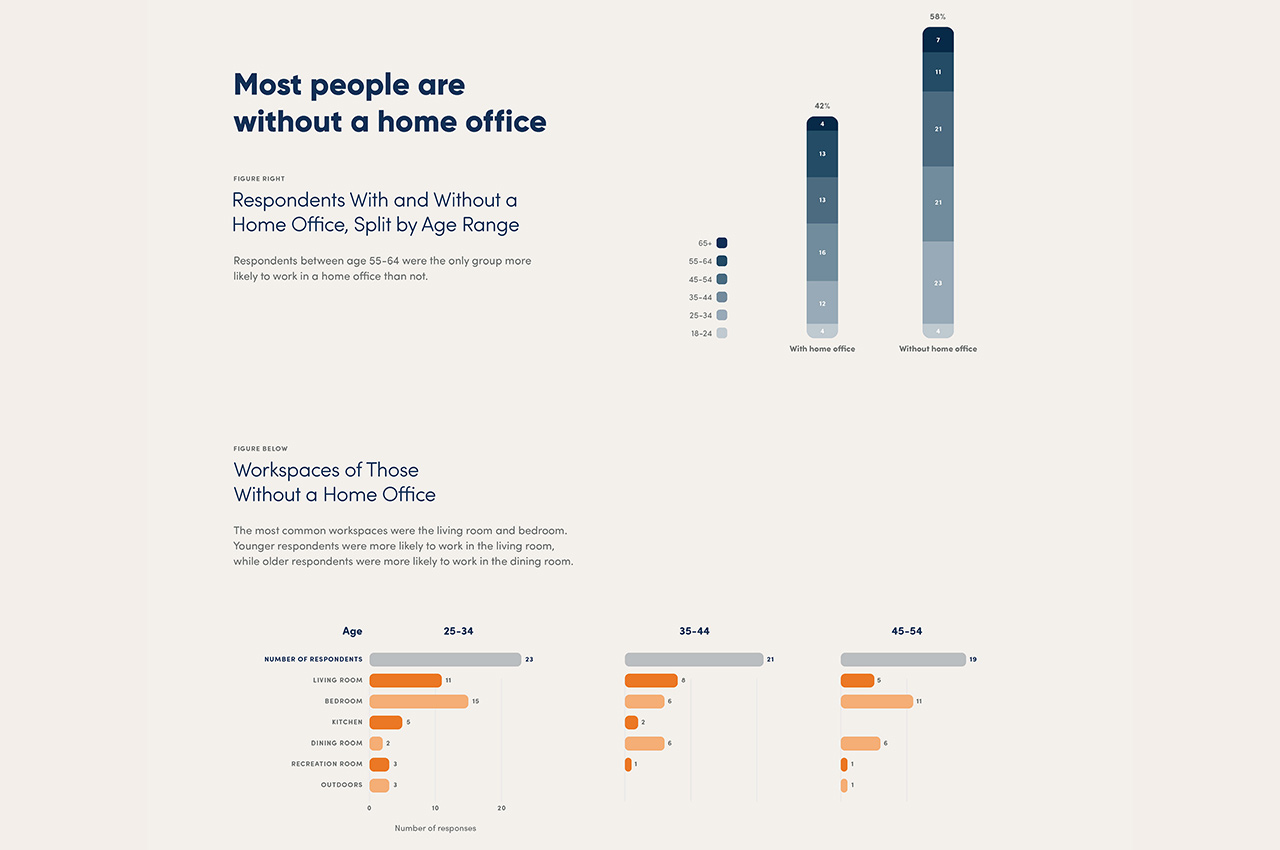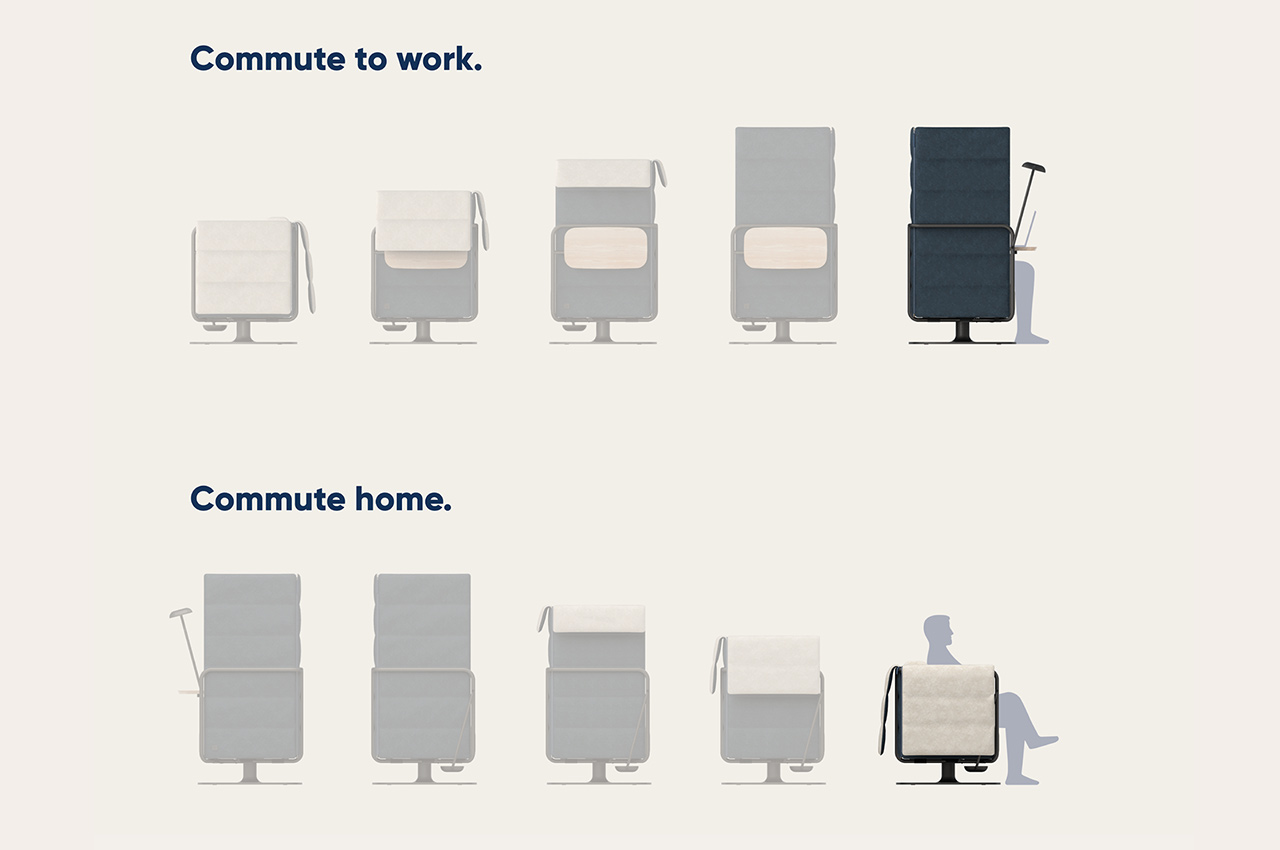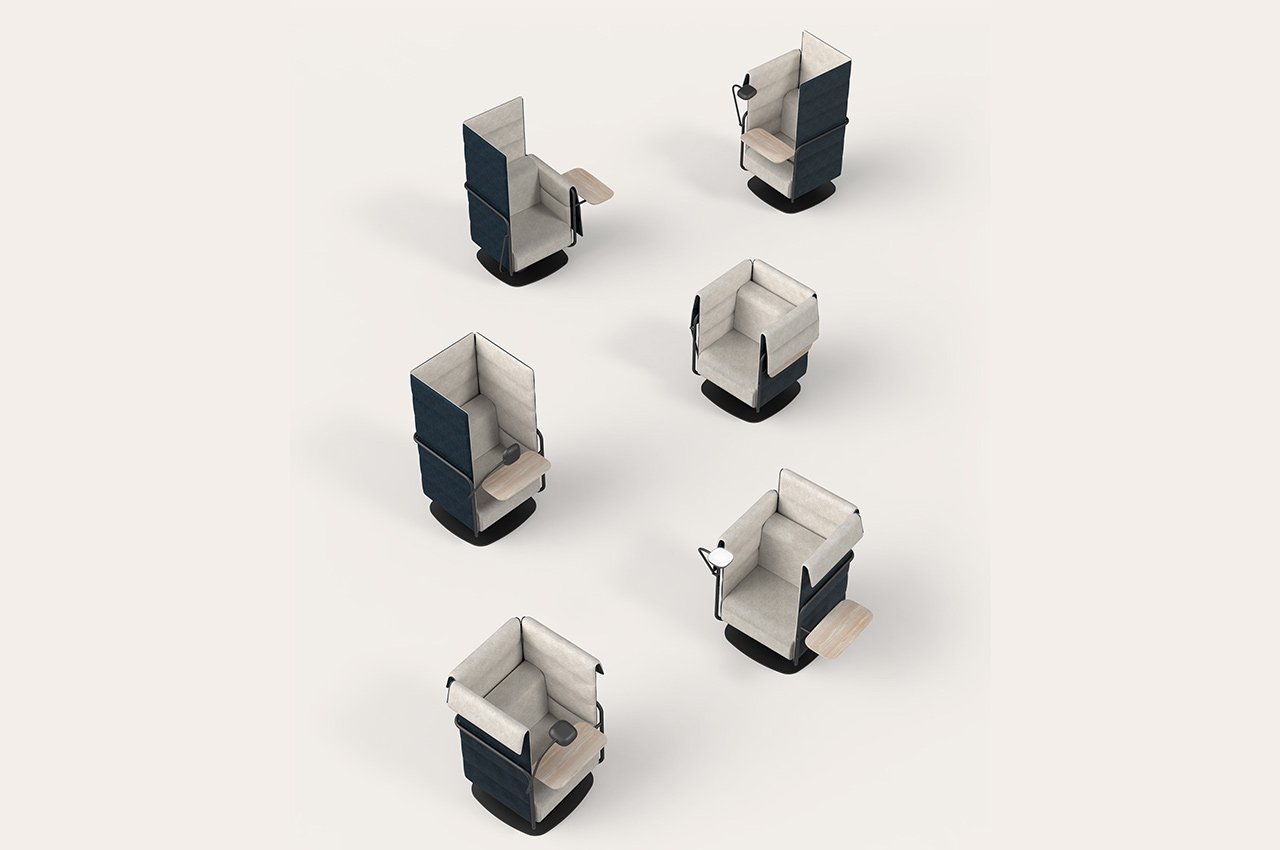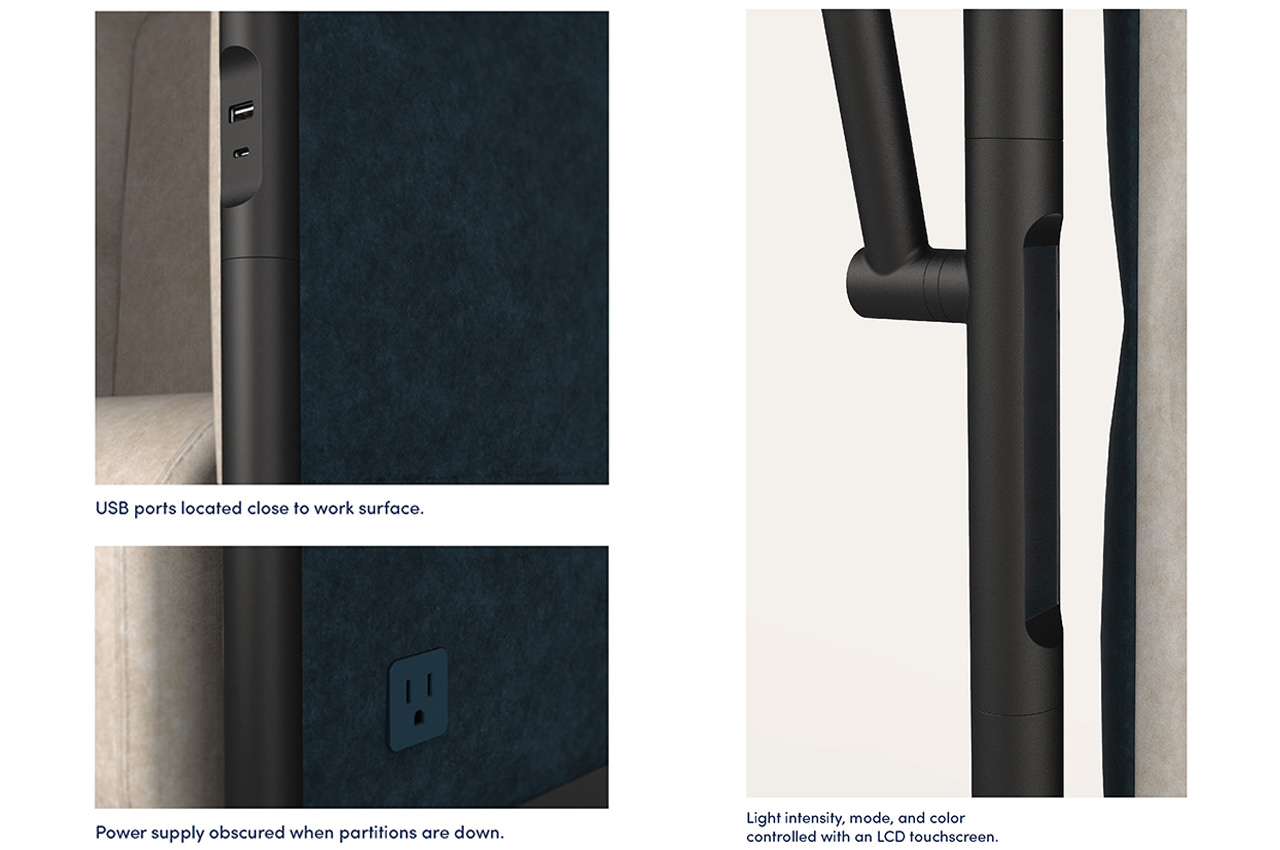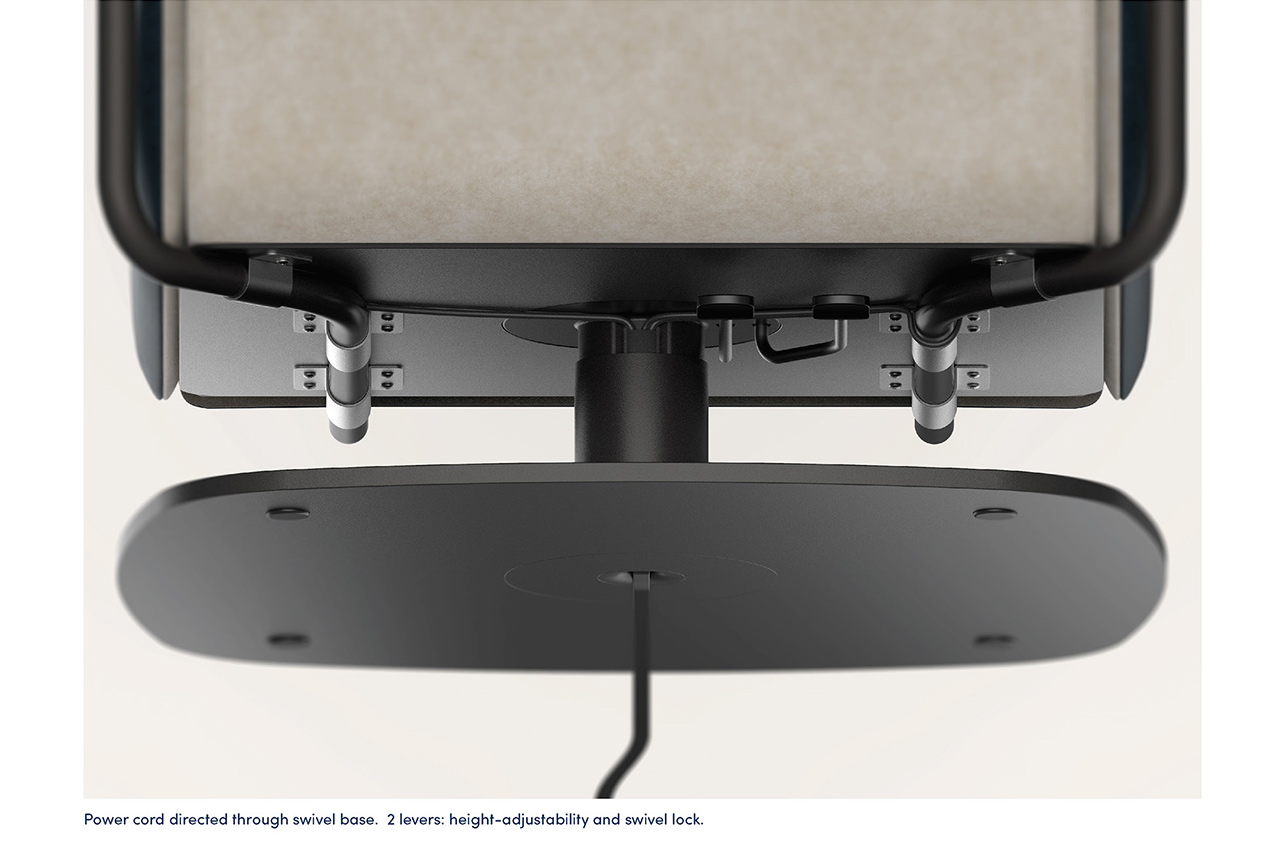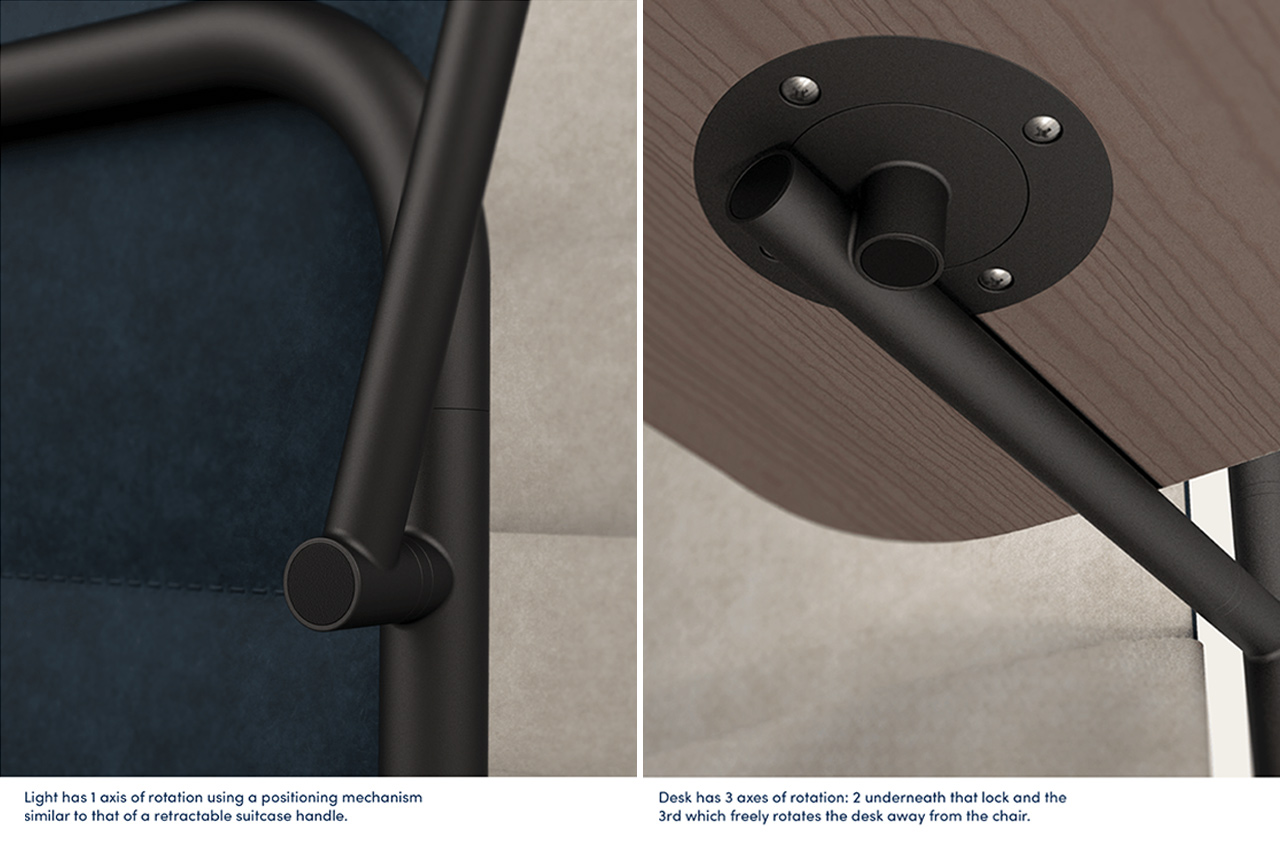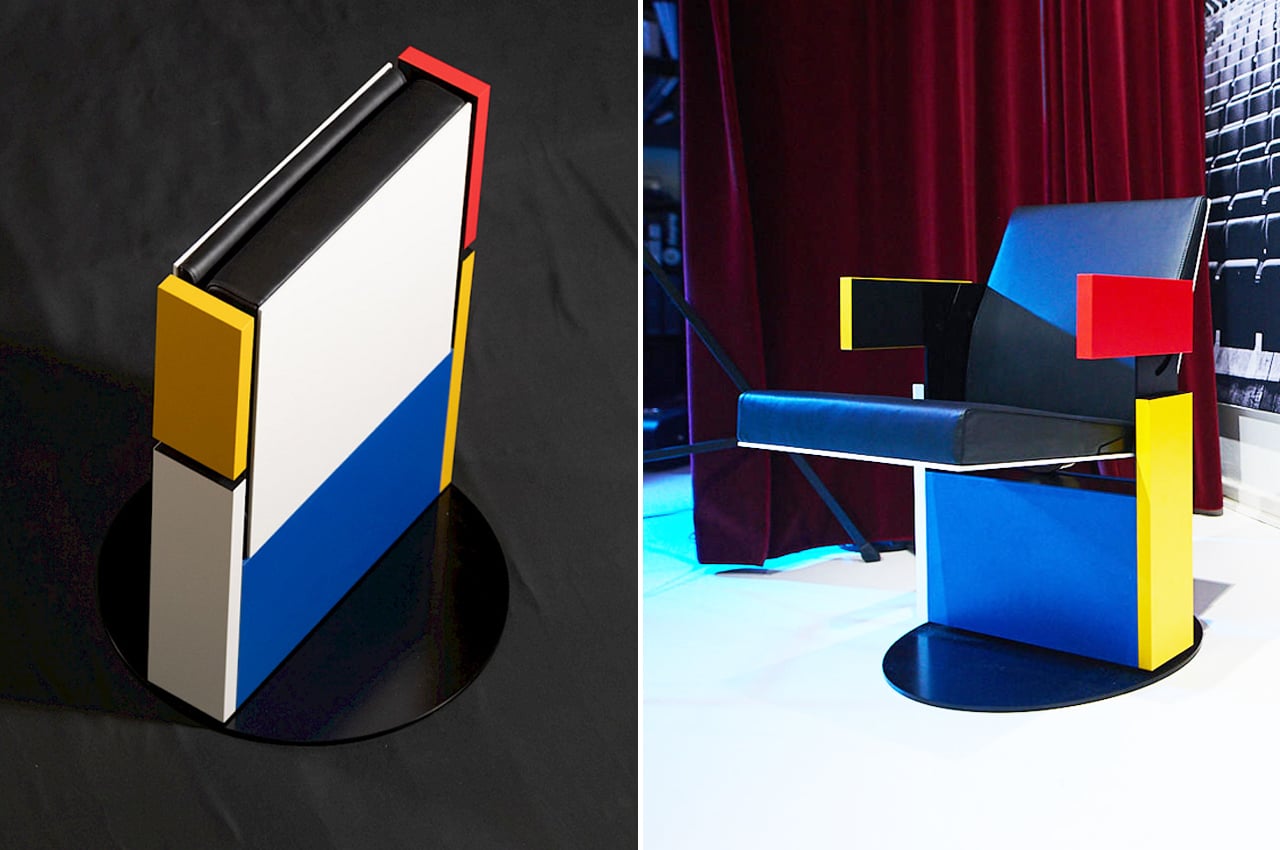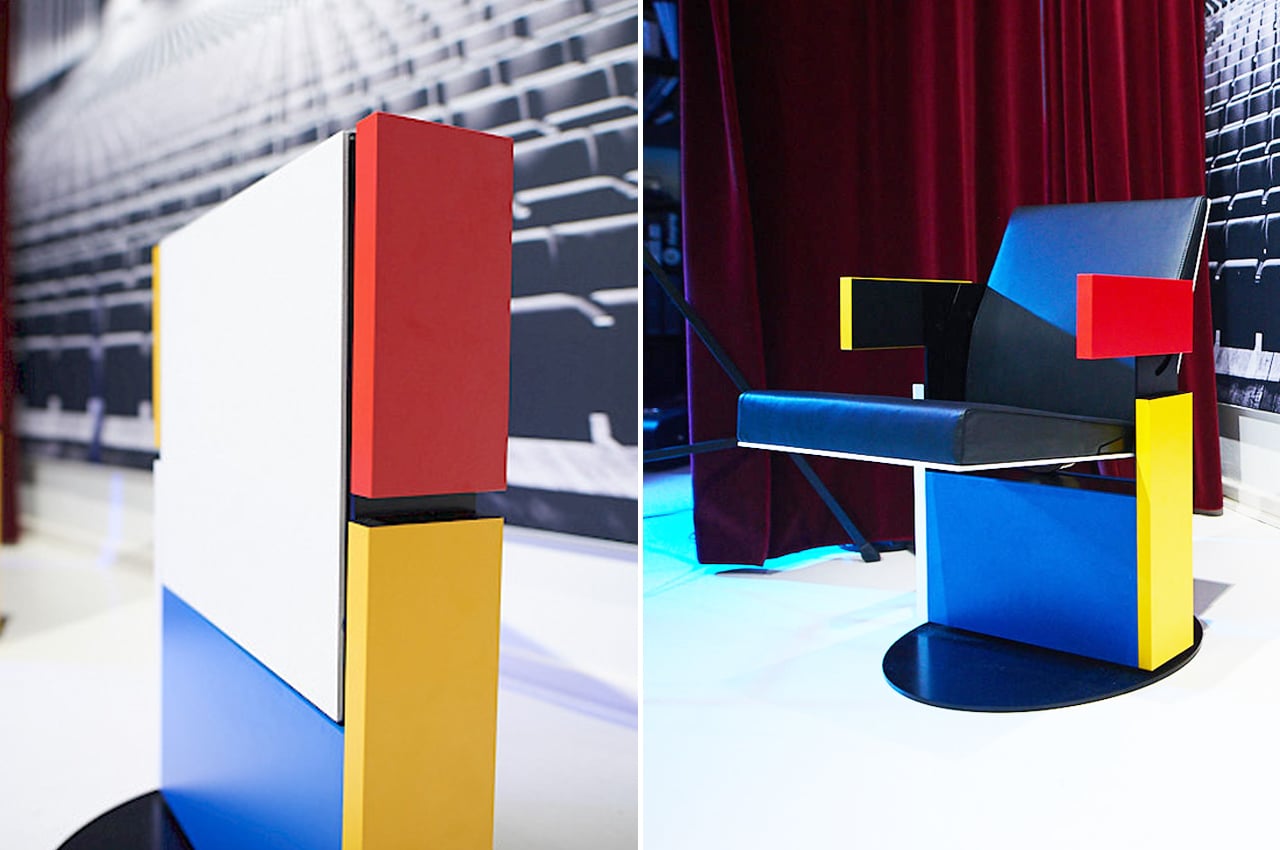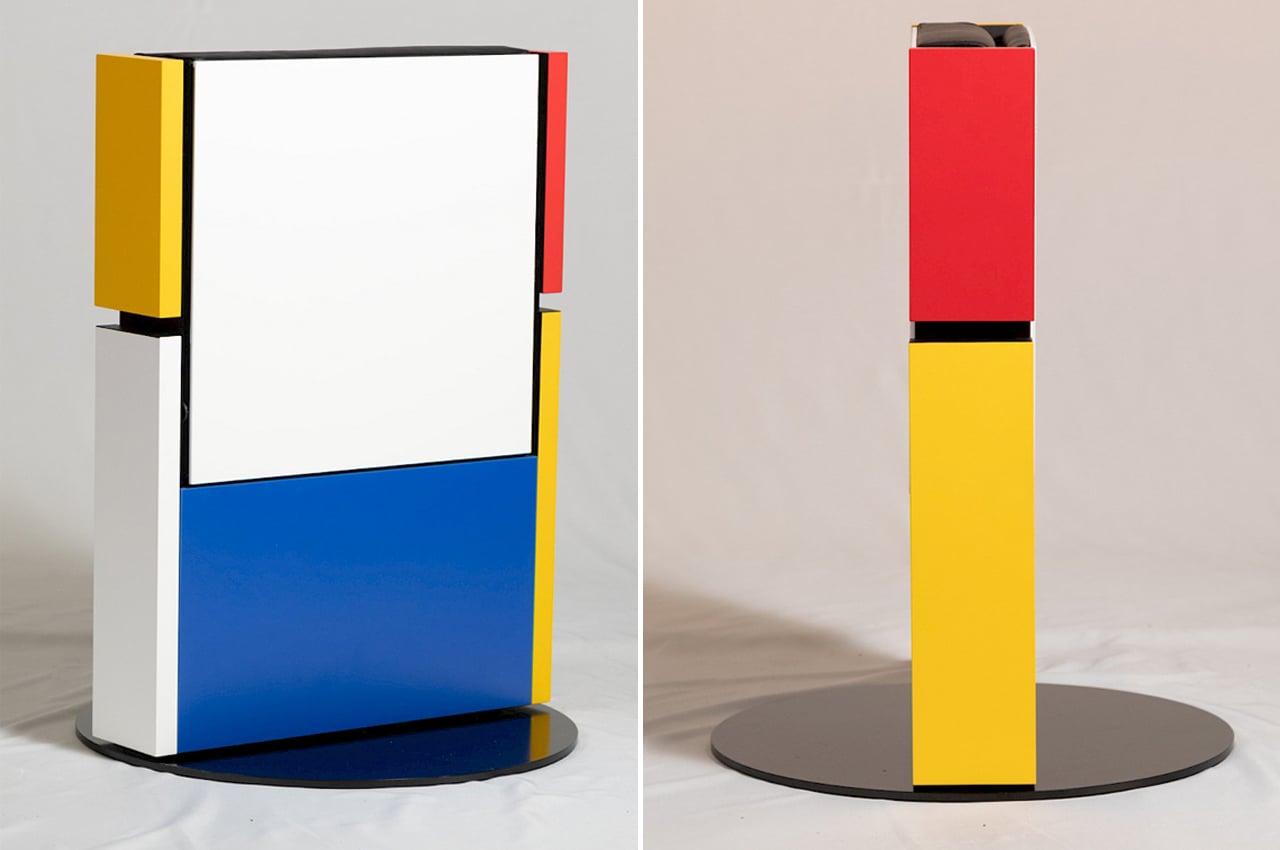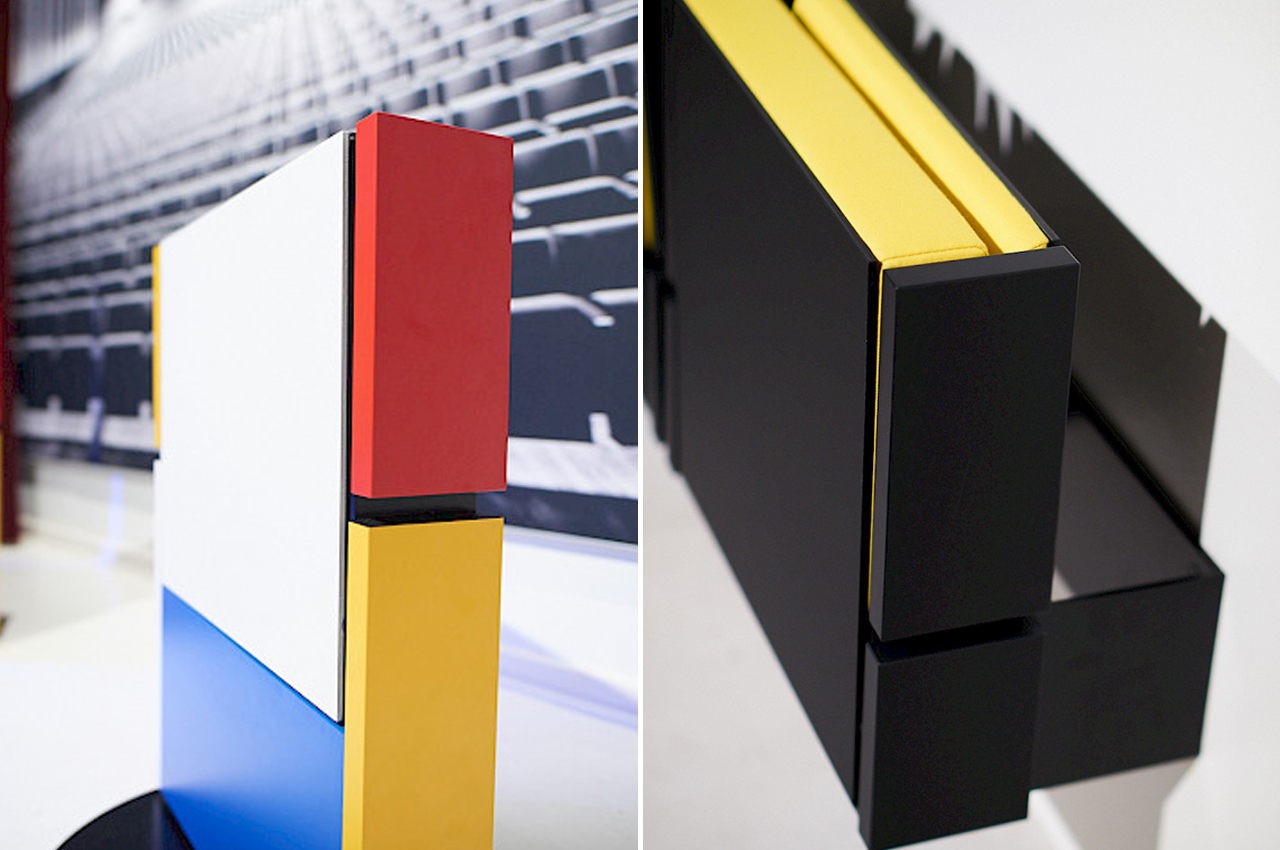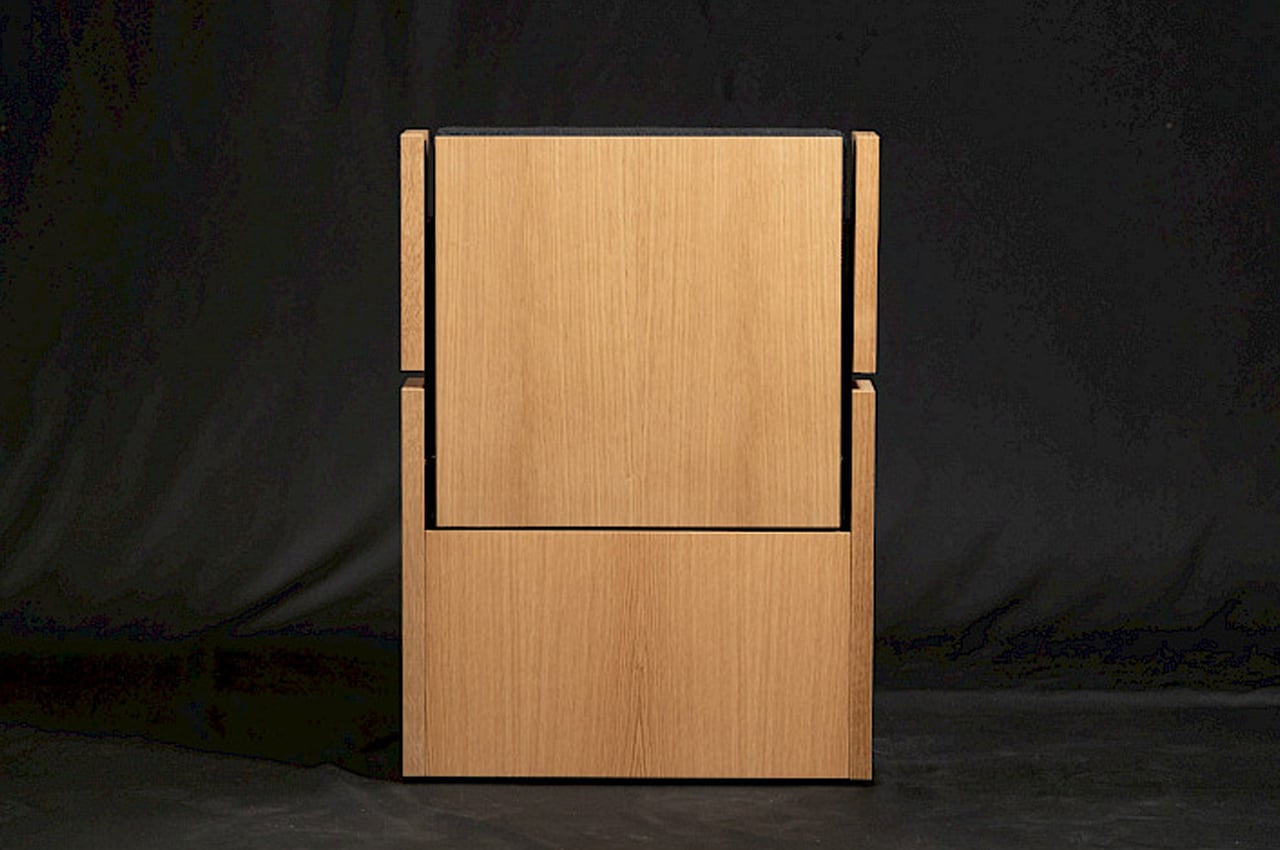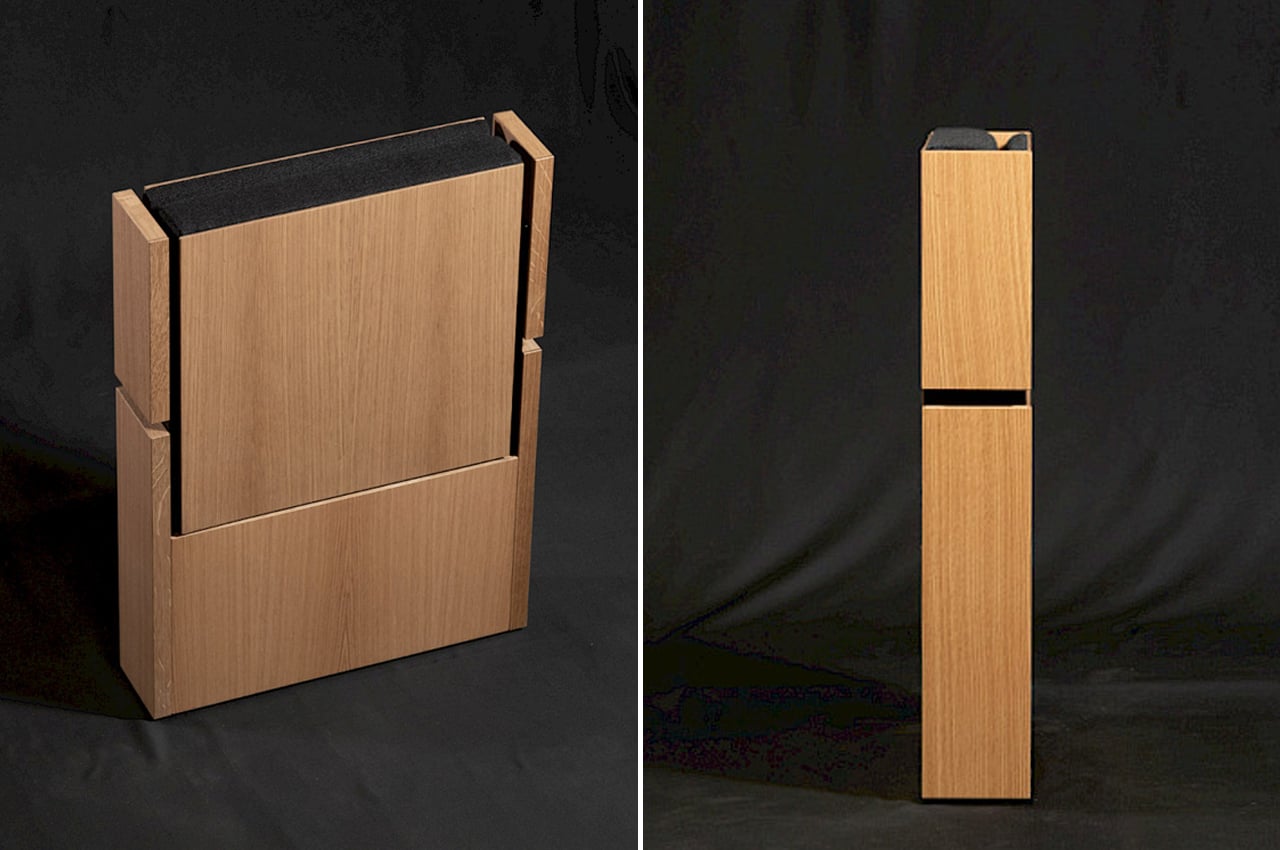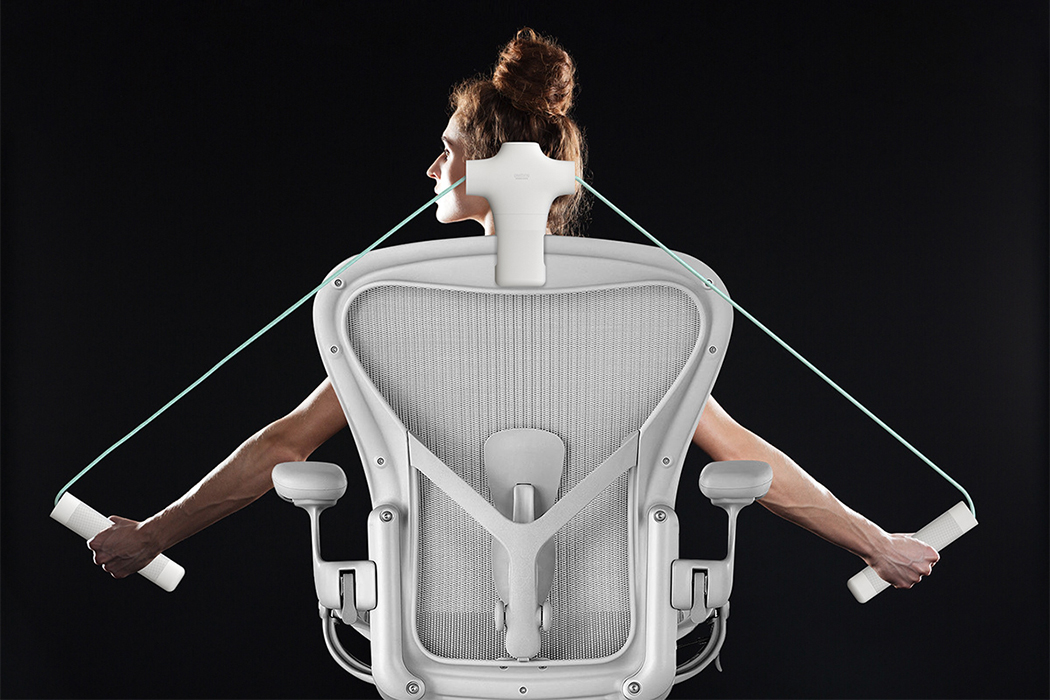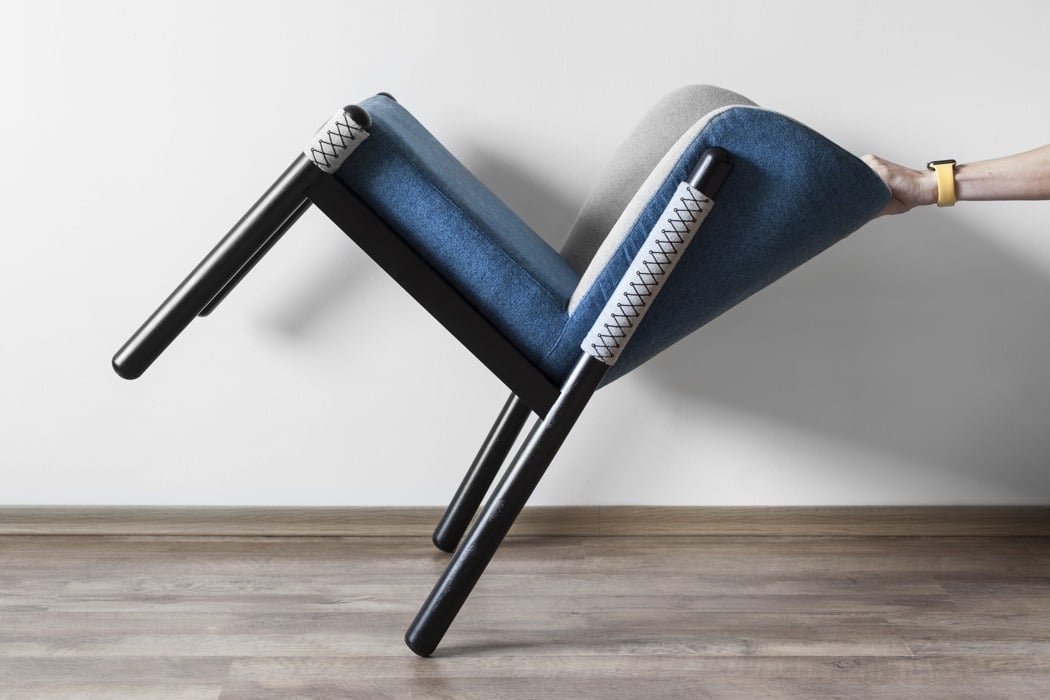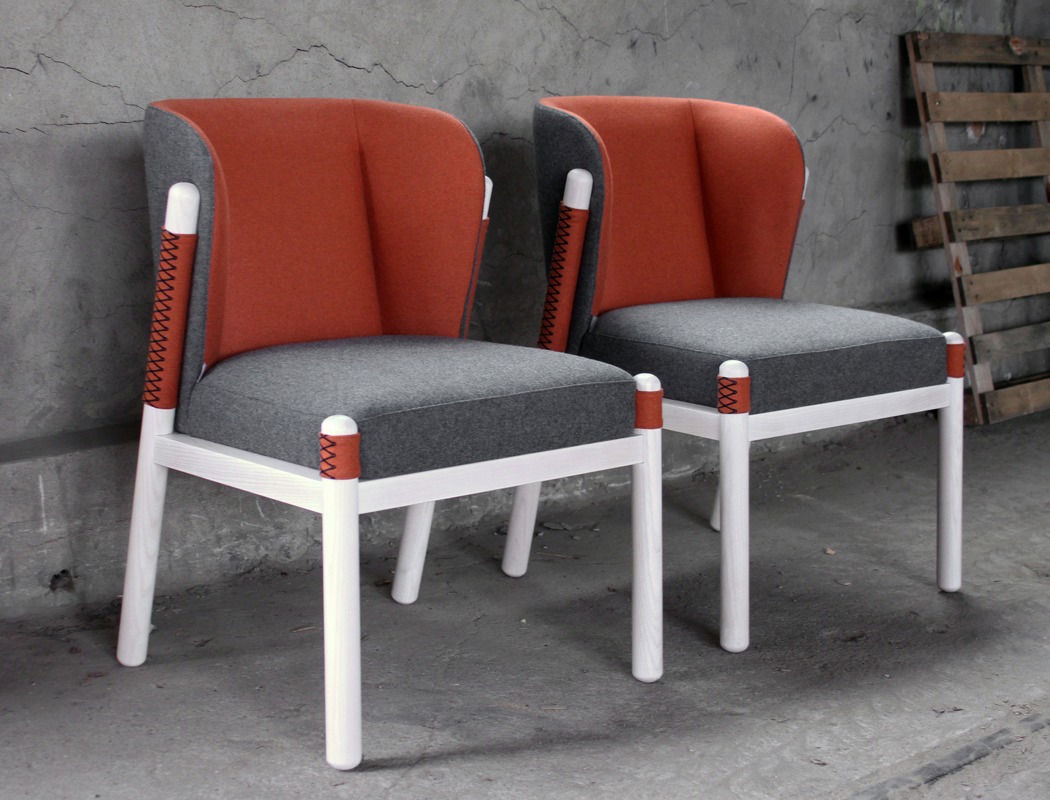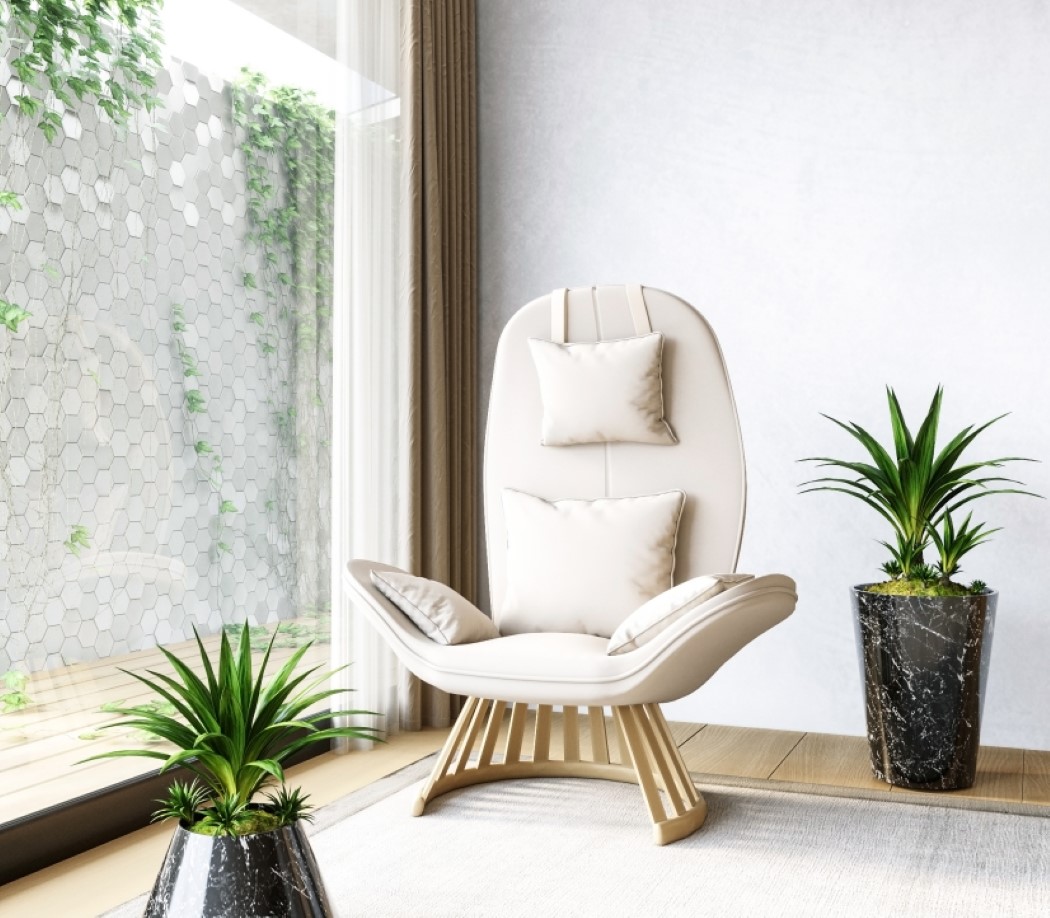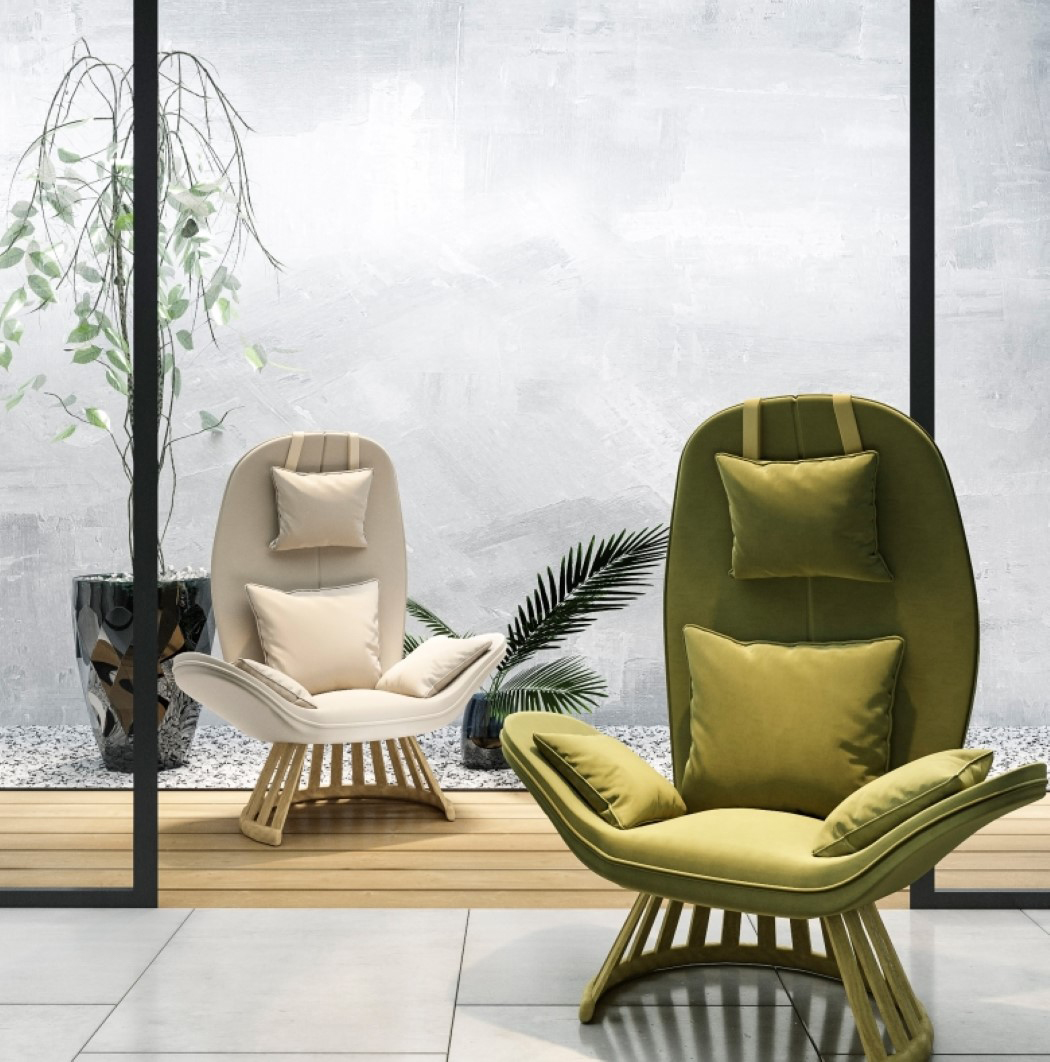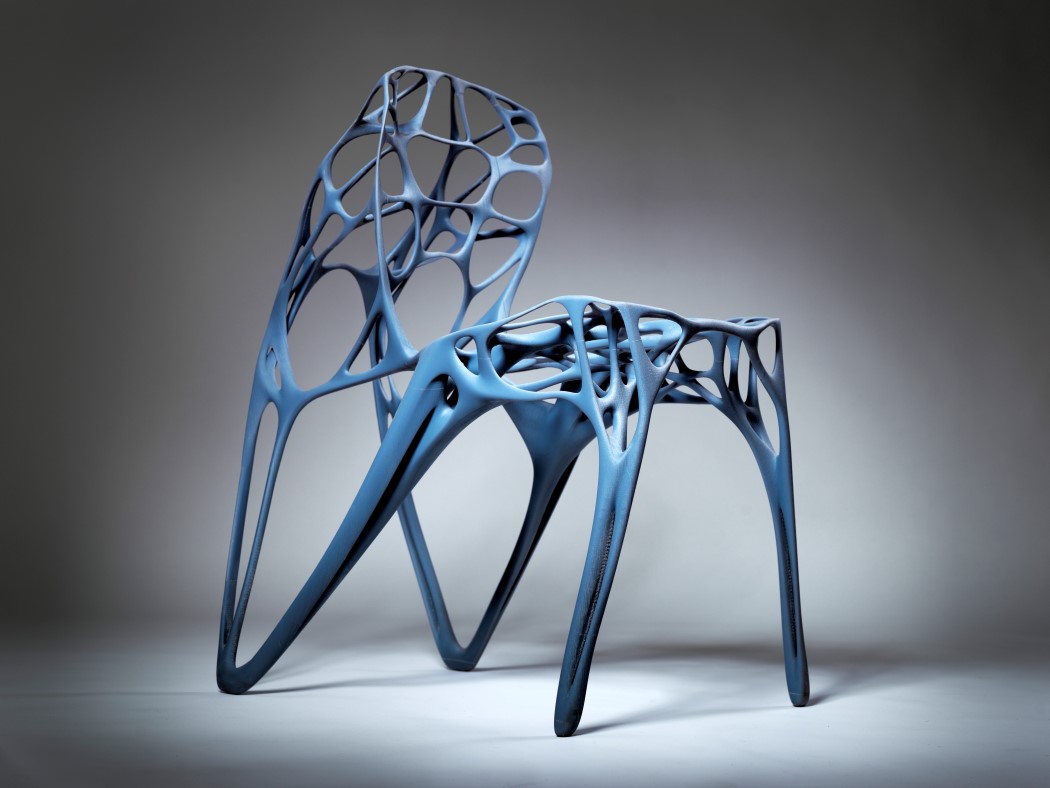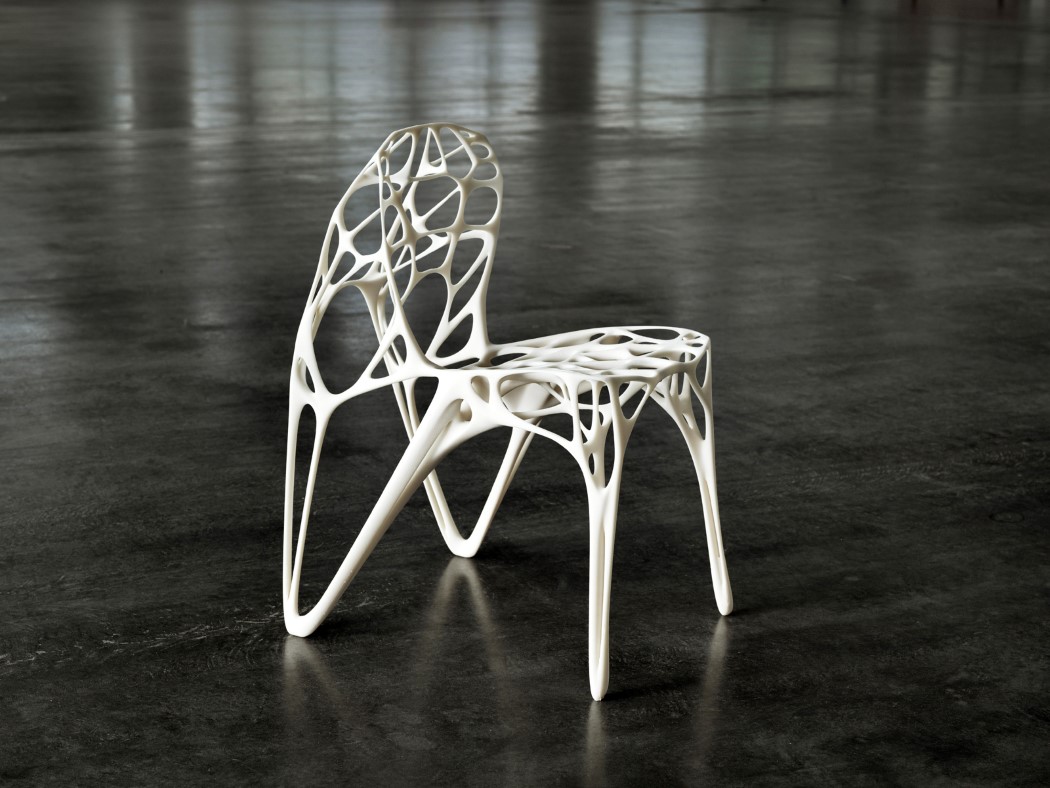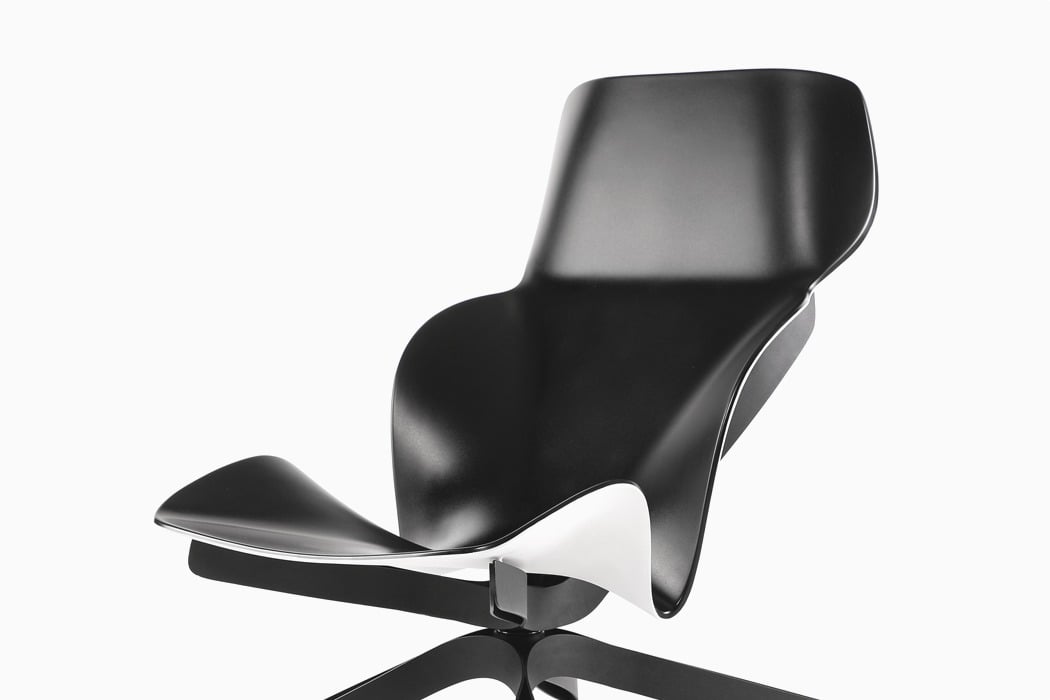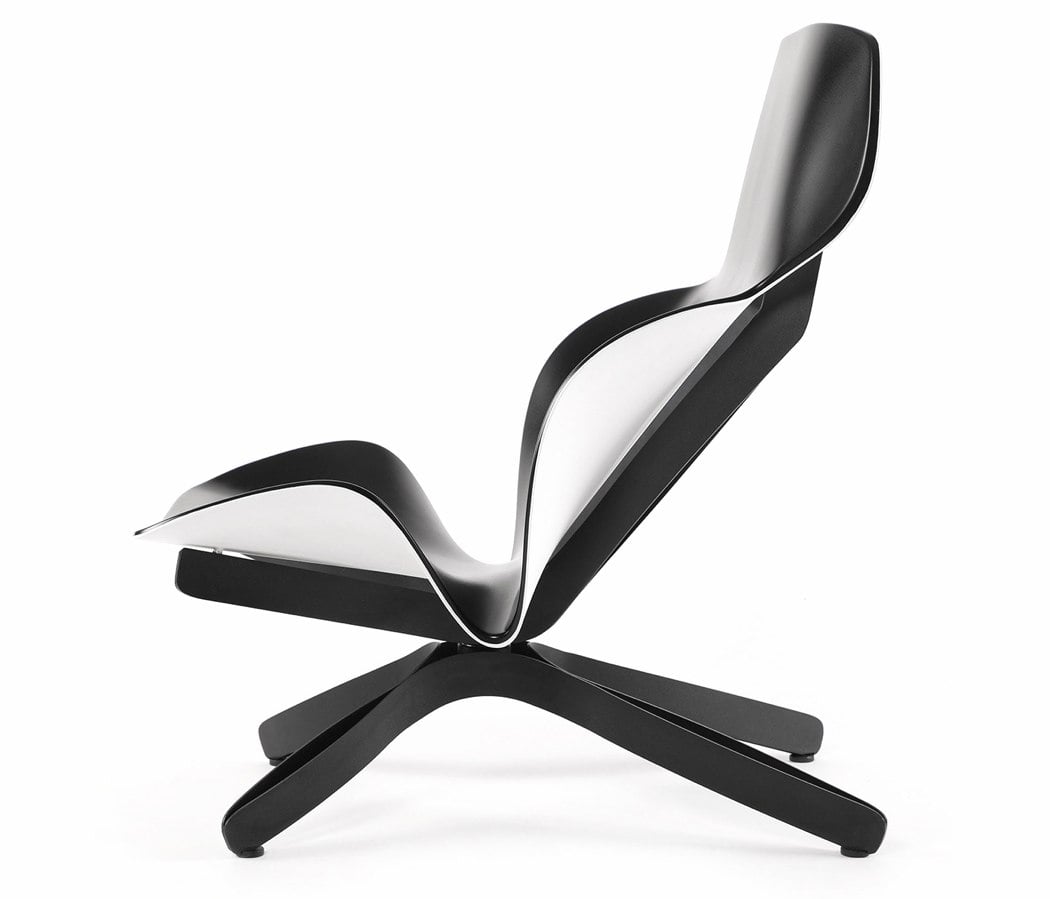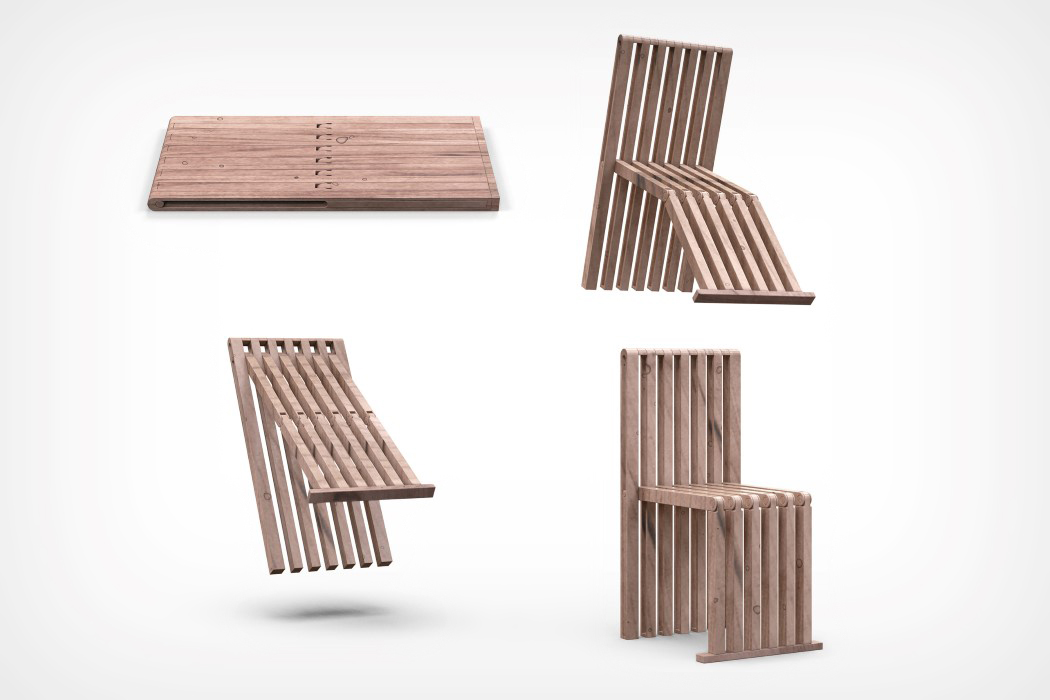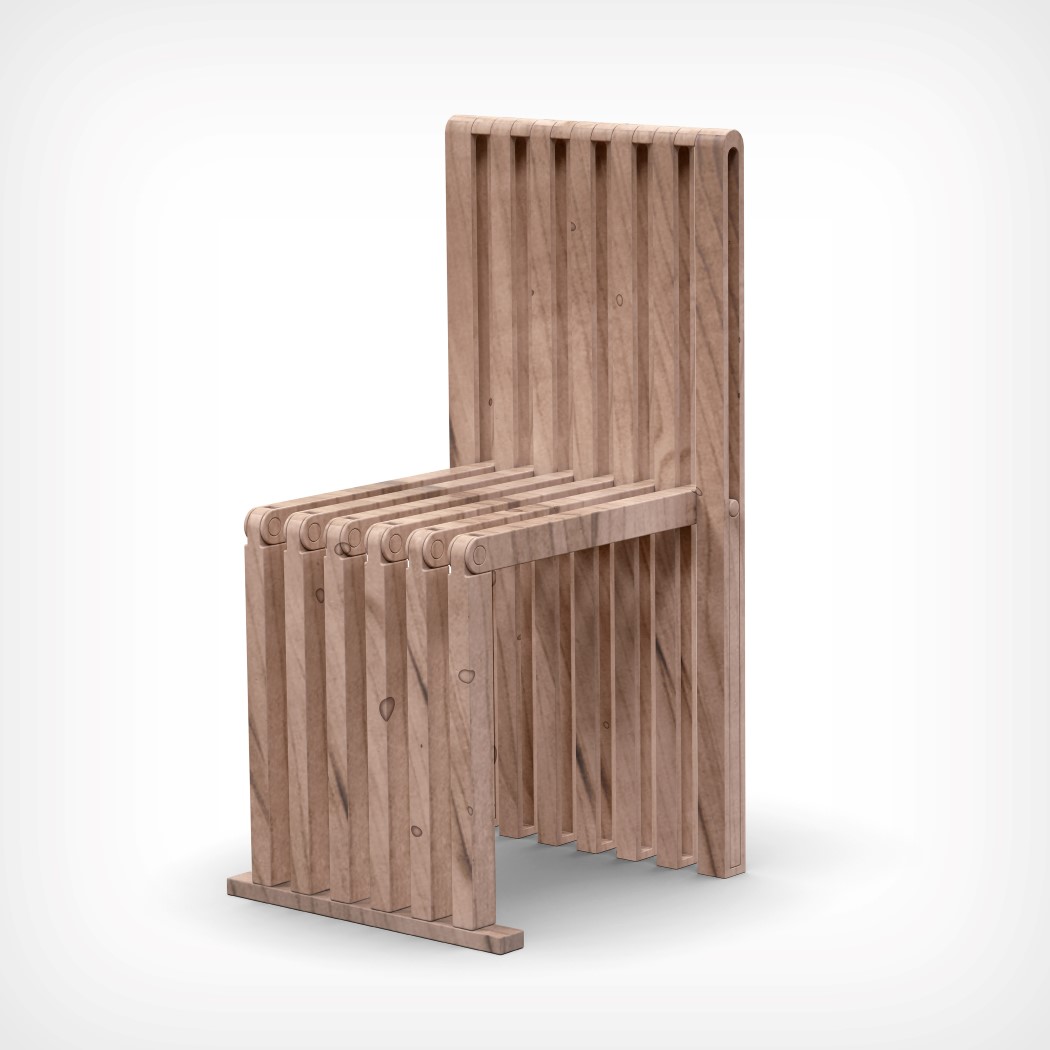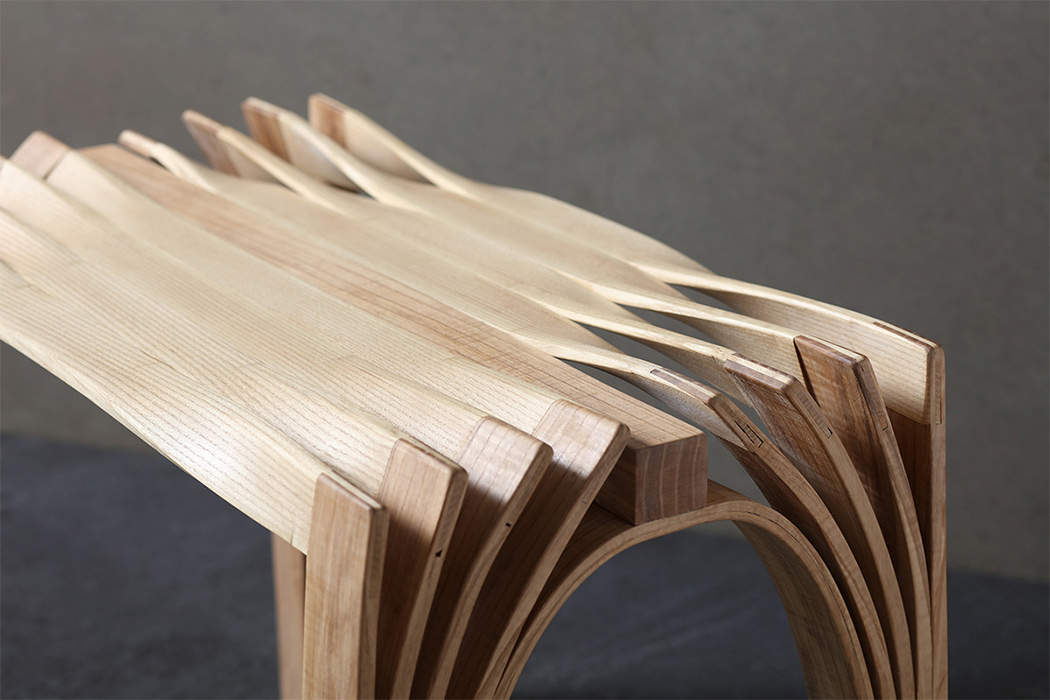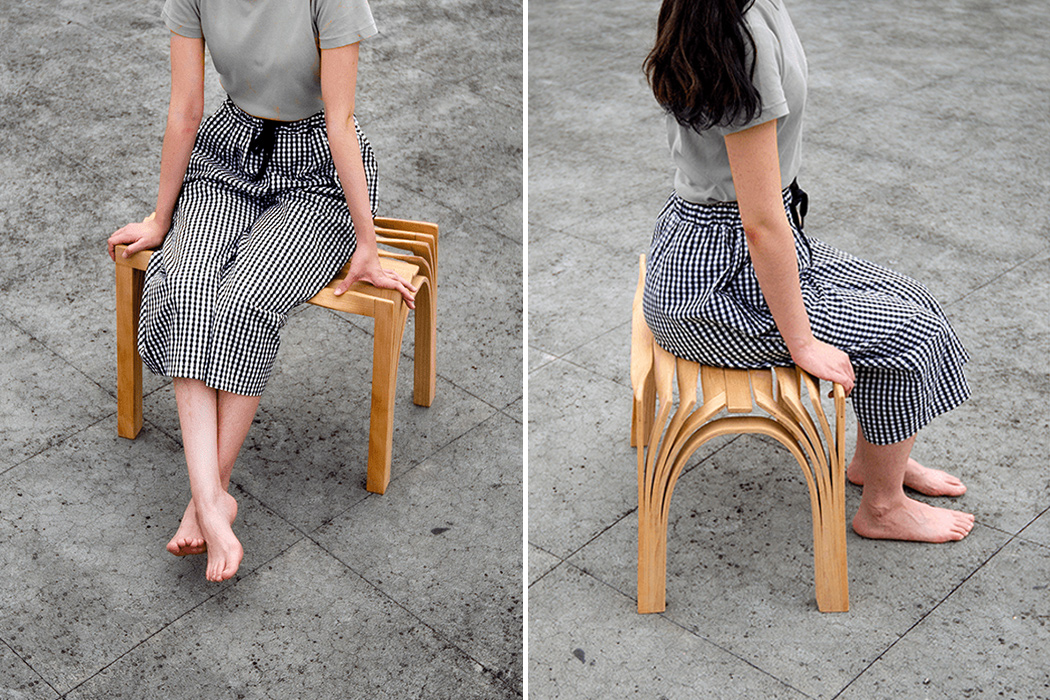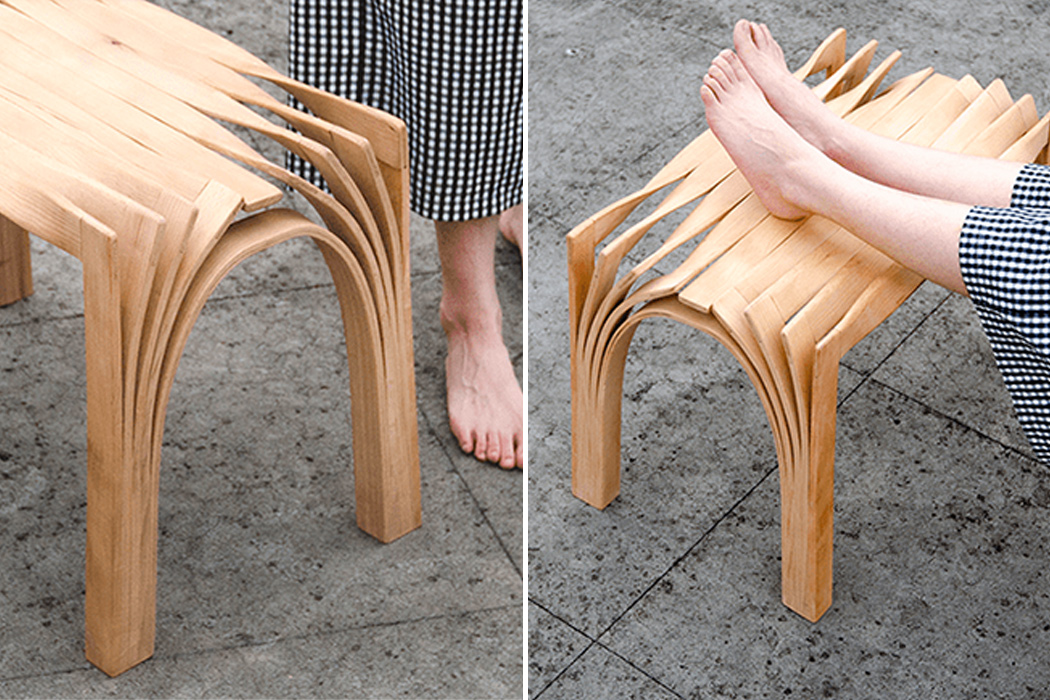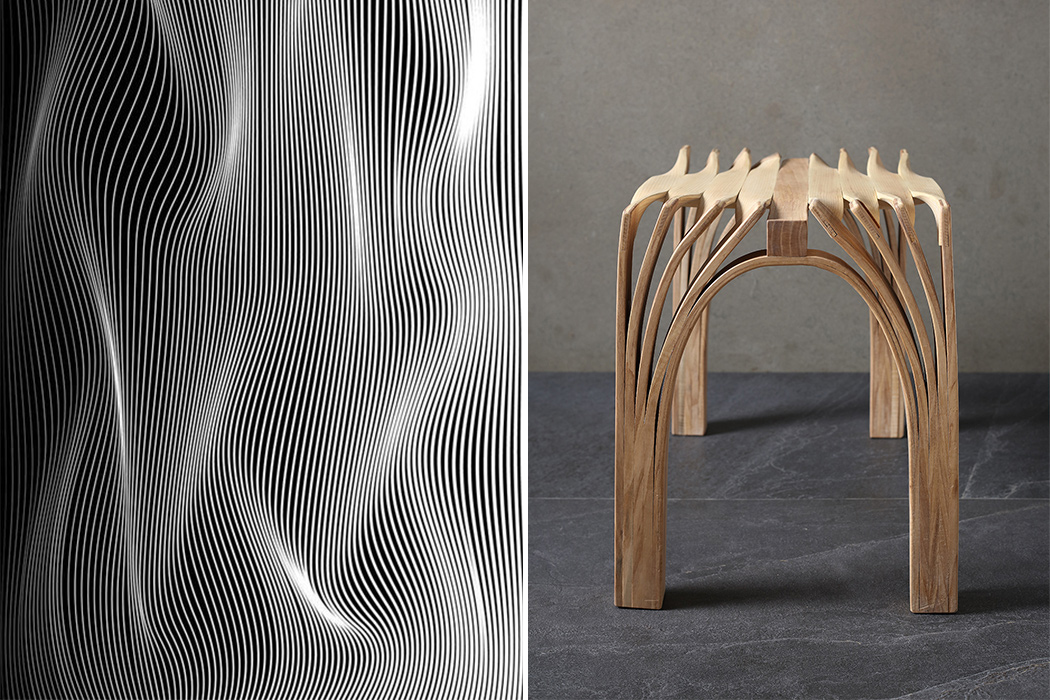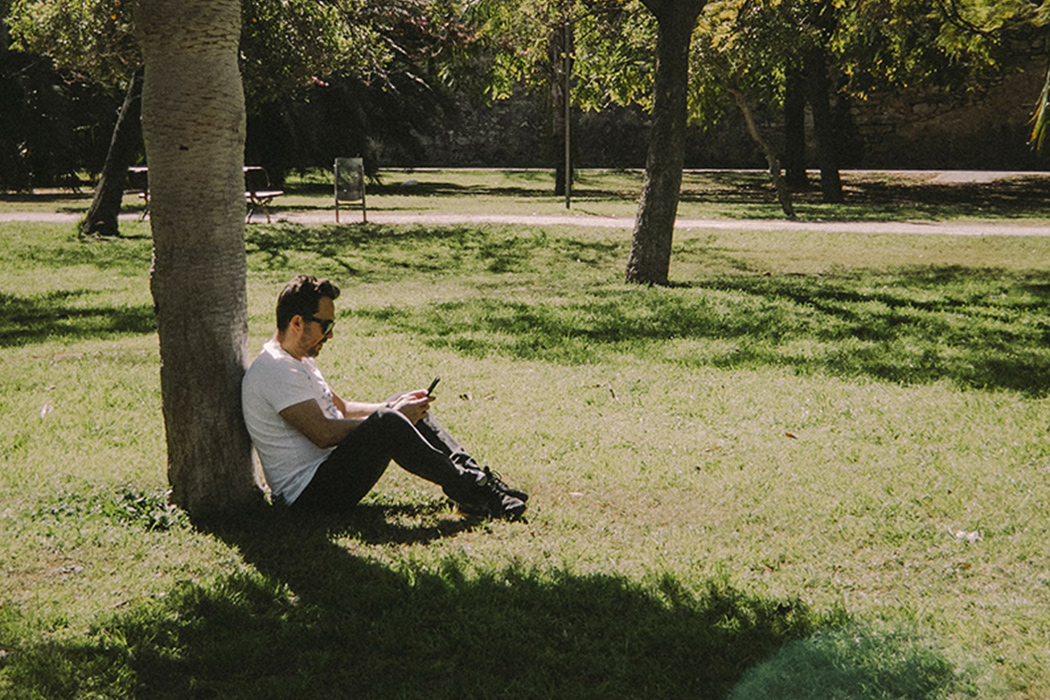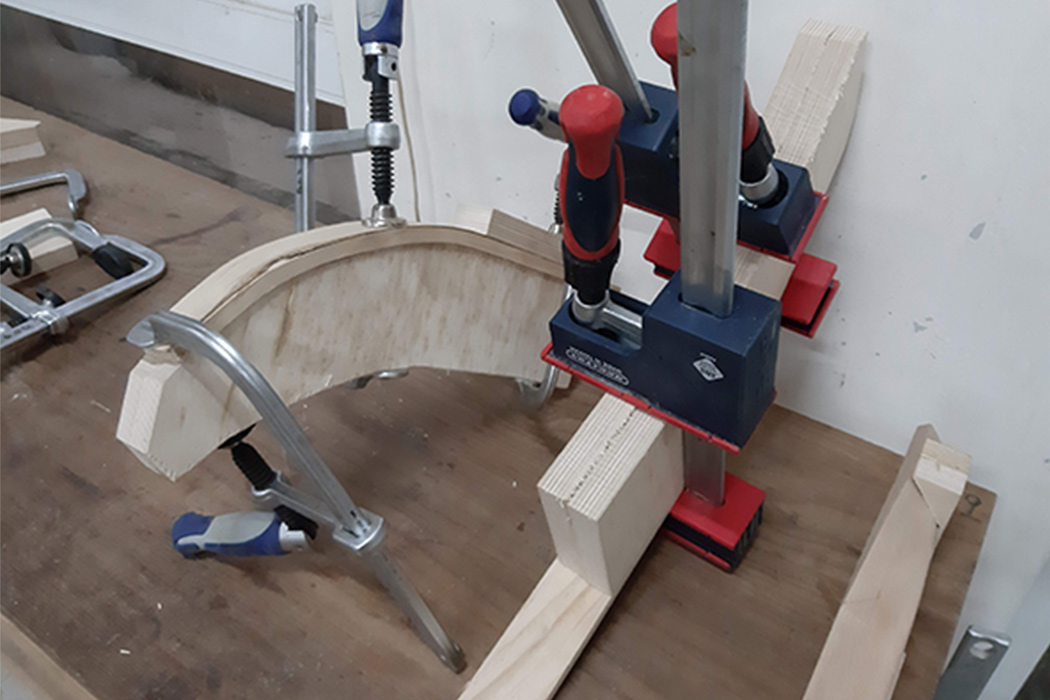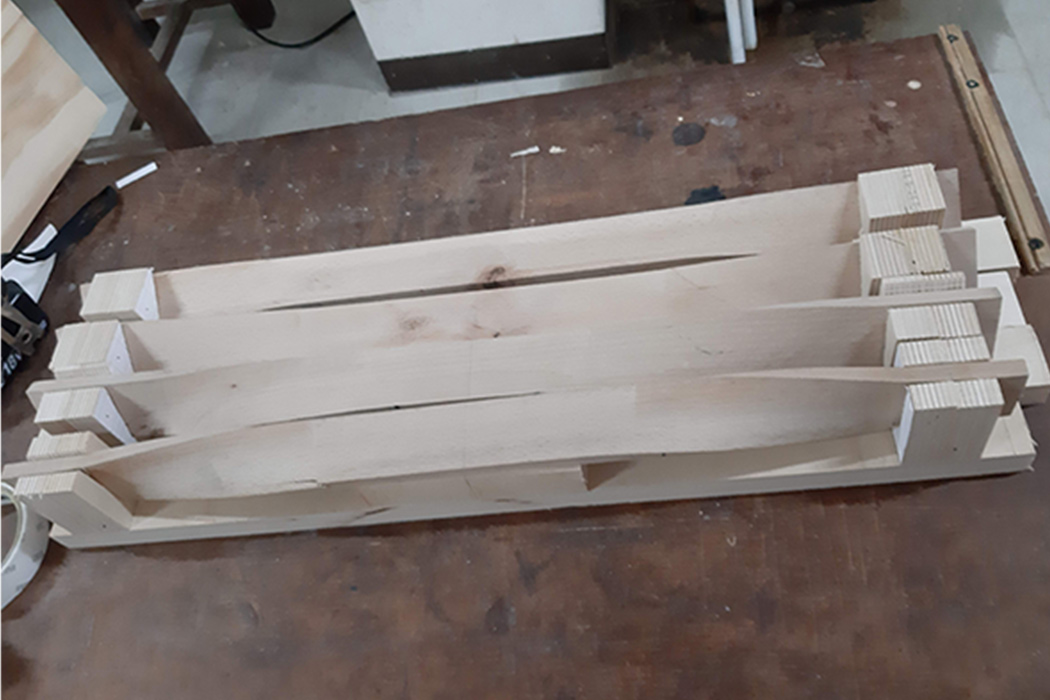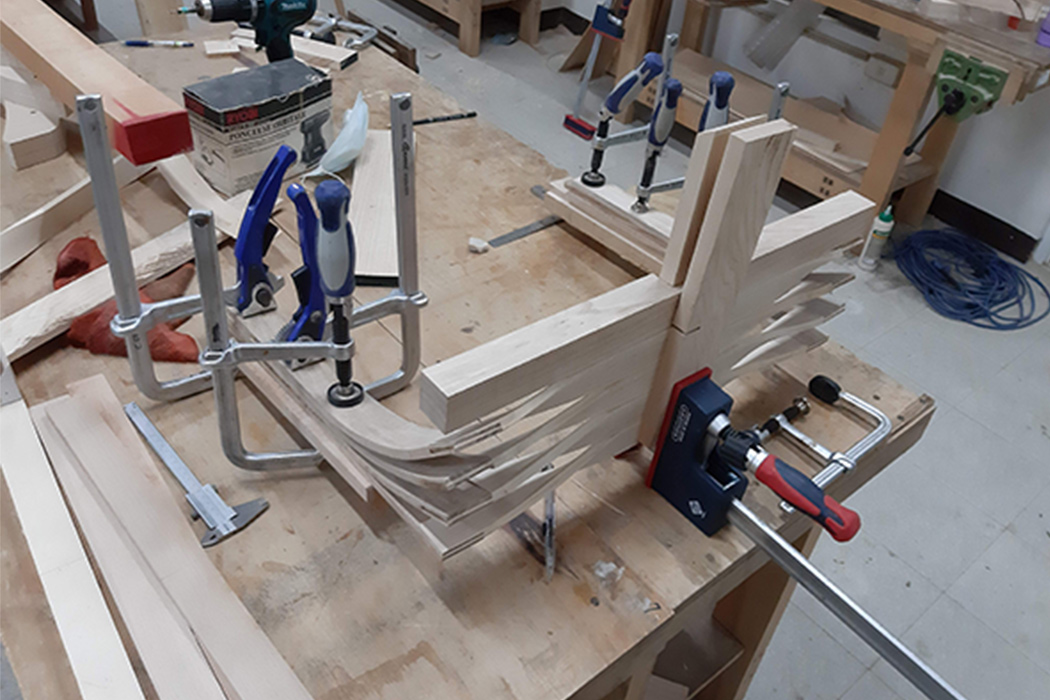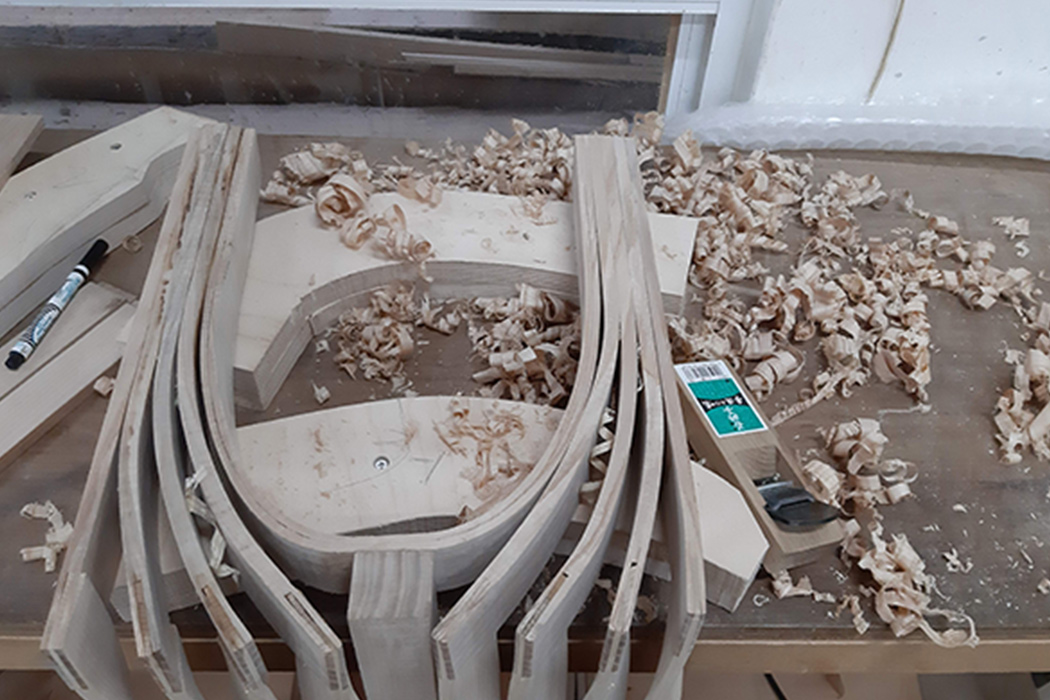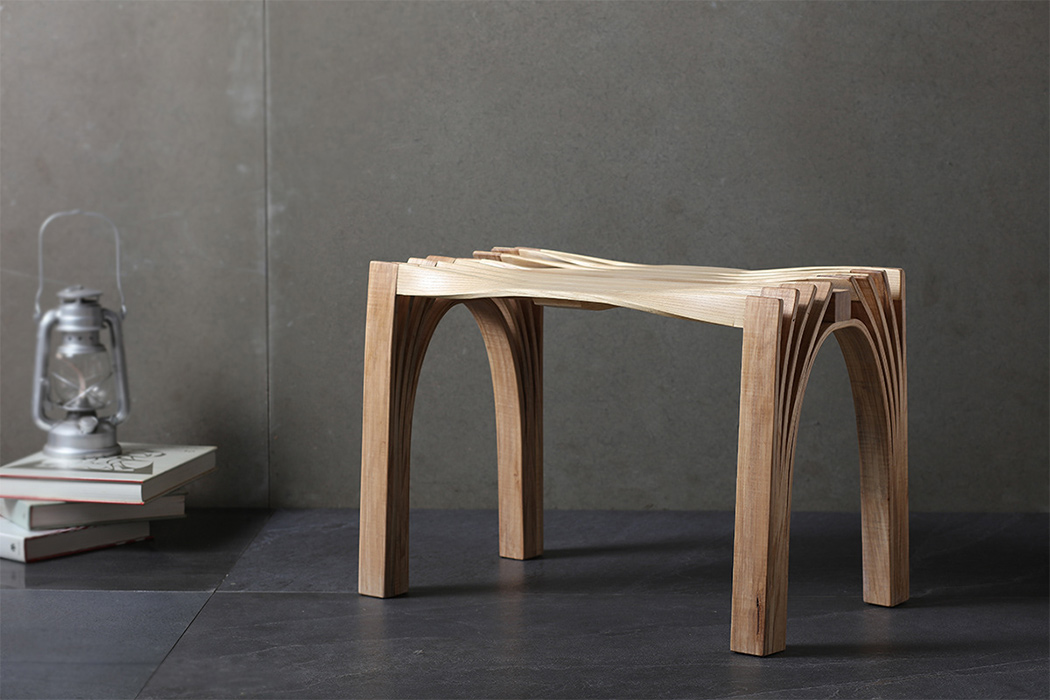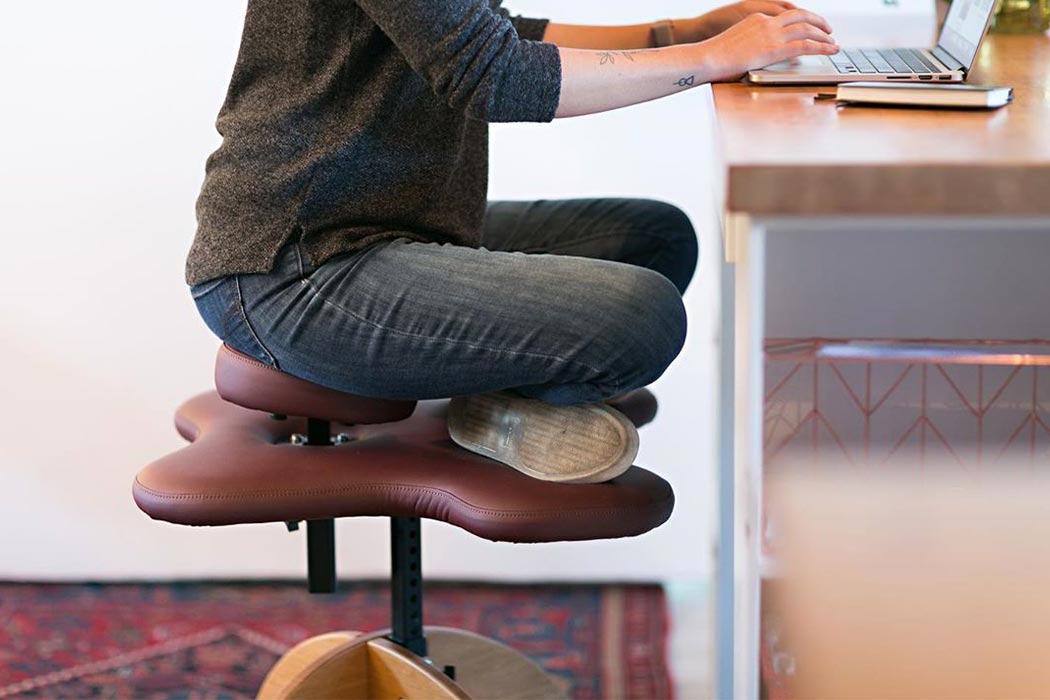
We often underestimate the importance of a great chair! When in reality we really shouldn’t. We spend the majority of our day sitting on chairs, whether we’re working in our home office, enjoying a meal, or simply sitting and reading a book for leisure! Hence, this furniture needs to be not only comfortable but ergonomic, and aesthetic as well is quite essential. And we’ve curated a collection of chair designs that meet all these criteria! These innovative chairs are not only a boon to your back, and help you maintain a healthy posture, but are also super comfy to sink into, and will perfectly match the interiors of your modern homes. Enjoy!
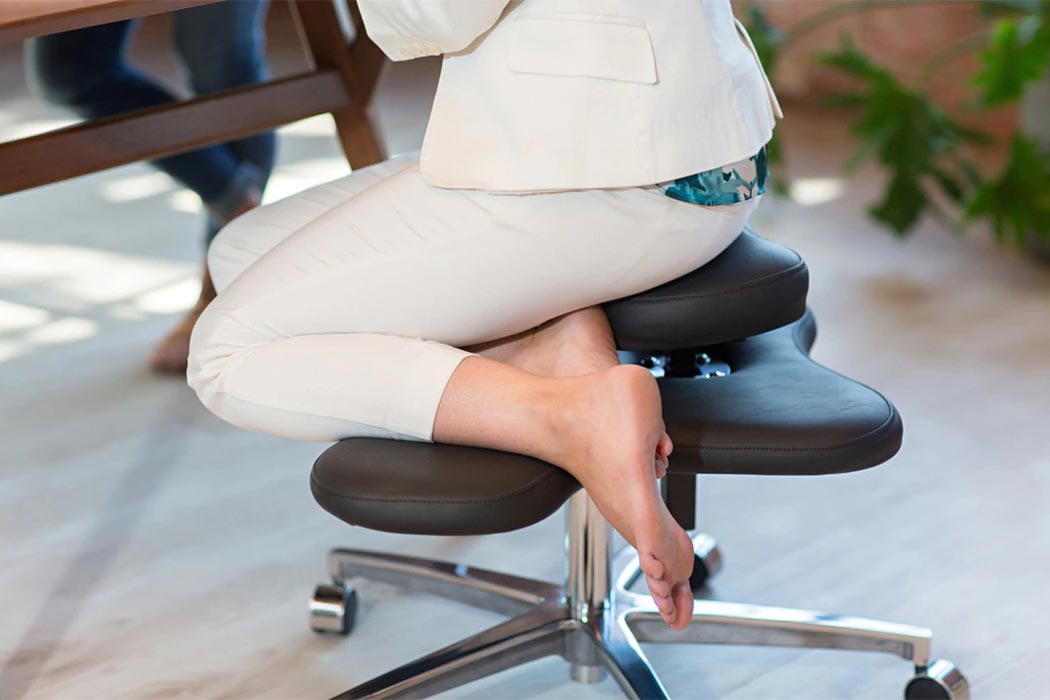
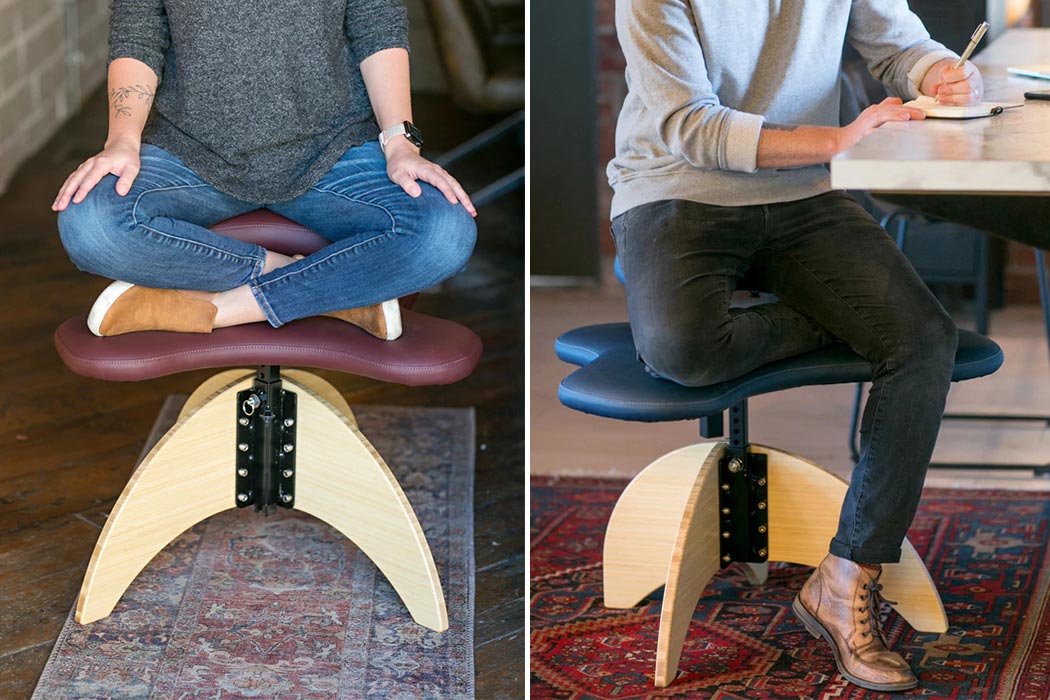
The Soul Seat helps you sit in a neutral posture that is effortless and comfortable. The springs on the elevated perch tilt the pelvis forward, open the hips and help align the spine. You can sit in several positions if crossing legs isn’t comfortable for you, the chair enables you to switch between multiple positions frequently keeping your body engaged and blood flowing. For some, this may also alleviate neck and back pain! The height of both levels can be adjusted to suit your workspace setup. I know there were many comments from our Instagram audience about it missing a backrest and while I don’t think it causes harm if you sit without one (people meditate and work in this very posture for hours in Asian countries), I do think having an option of a detachable backrest can help those who are just starting to work on their posture ease into it. It is about having that choice which opens up many more people to use the Soul Seat, however, there are countless reviews that mention it being comfortable as it is so it is a great design but it does come down to personal preference.
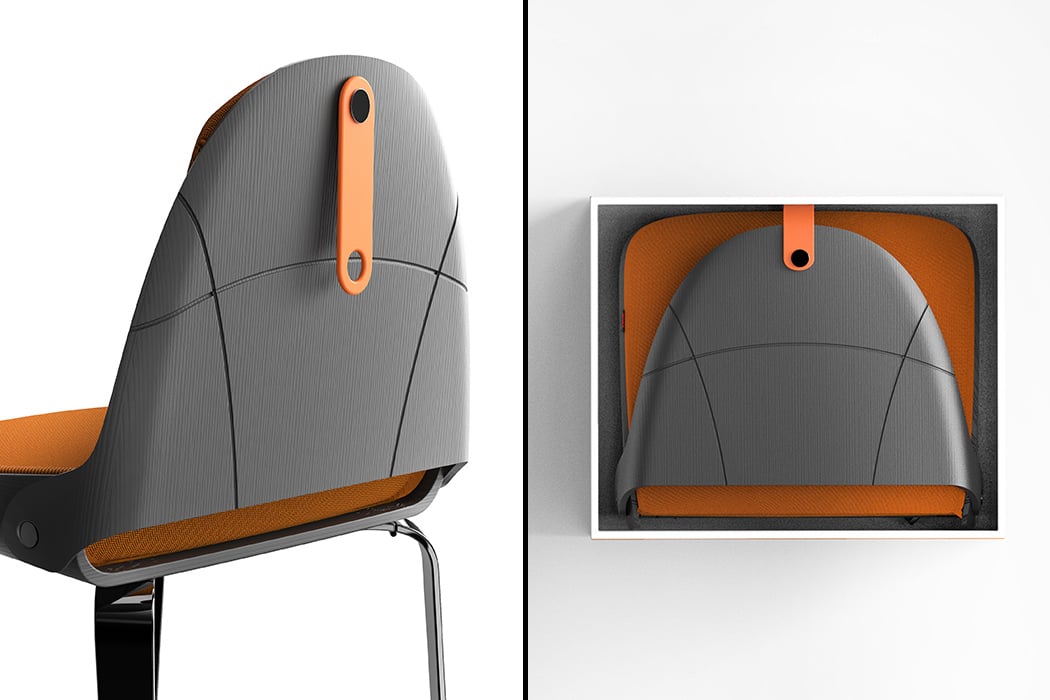
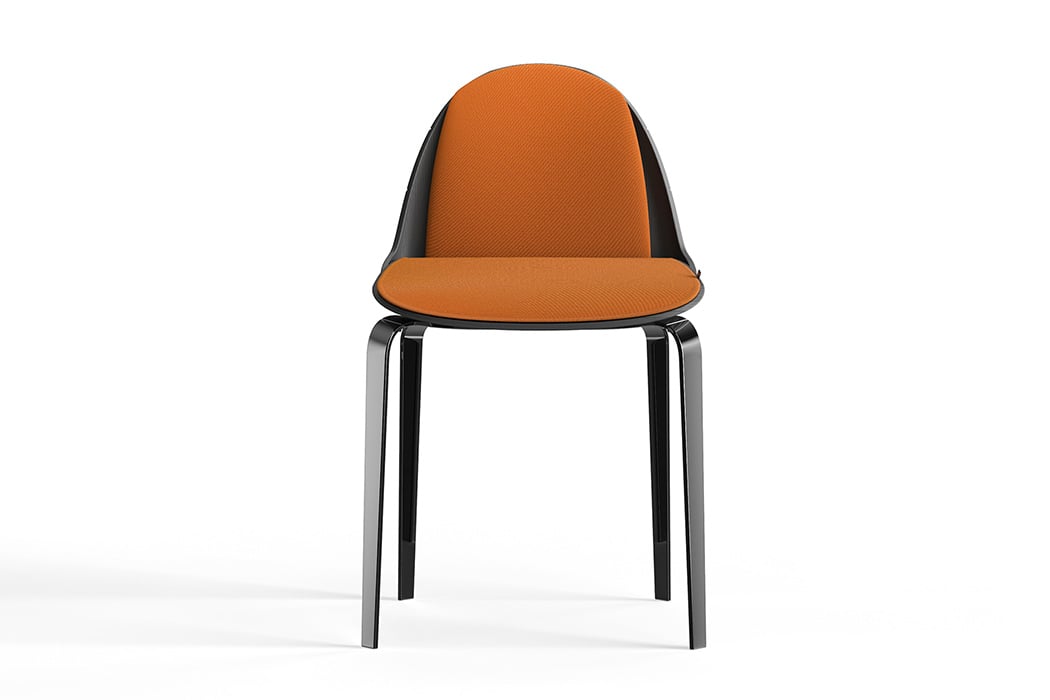
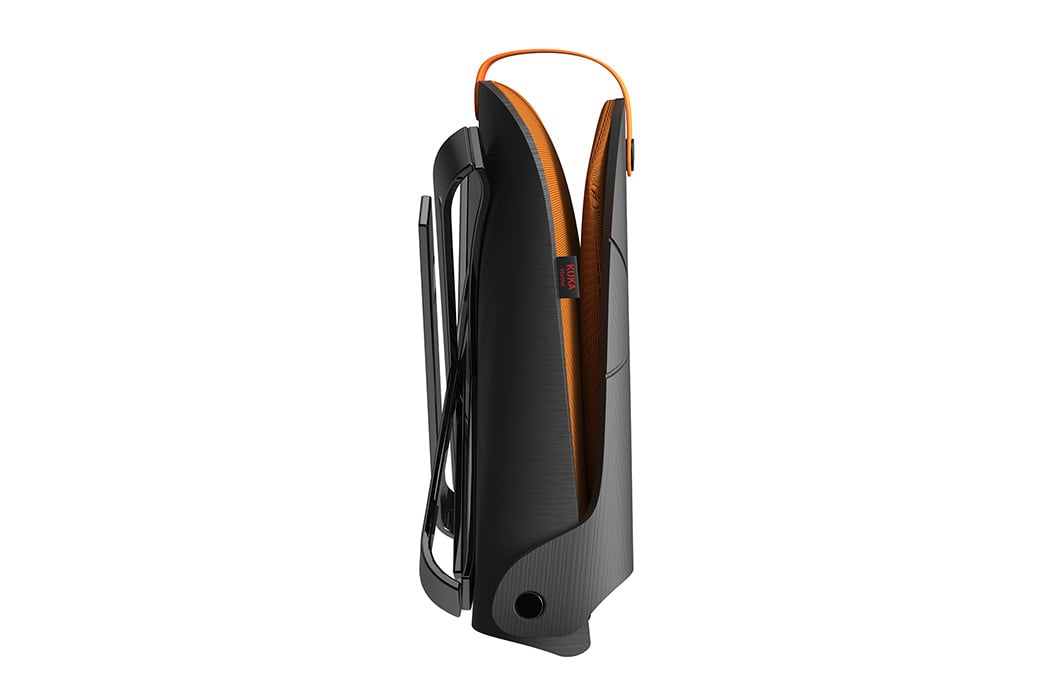
The Lu chair makes furniture foldable and transportable easily. And this is the best foldable chair I have seen so far! The Lu chair folds without effort and can be carried around very easily. A lot of designs we see are foldable but even after folding not easy to carry around or takes too much time to fold. Made up of plastic, this makes the mechanism work perfectly. As Lu explains, “Many times we find ourselves having to put away objects, perhaps to make room, perhaps to clean the house and sometimes even to take them with us, but above all for furniture of a certain level it is always very difficult. This is where “Lu chair” was born, a dining chair suitable for different types of target, from the most elegant and sophisticated with an eye to detail but also to a younger, fashion-conscious audience. The design is innovative and elegant at the same time and the name “Lu” derives precisely from “luggage” because of its ease of being resealable and transportable wherever you want.”
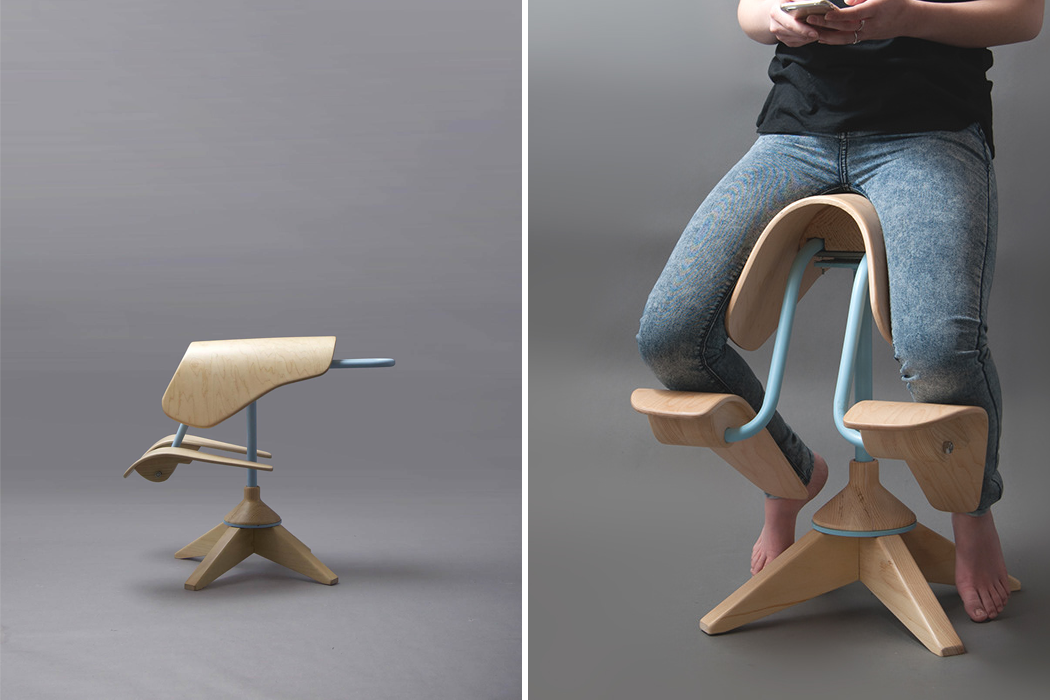
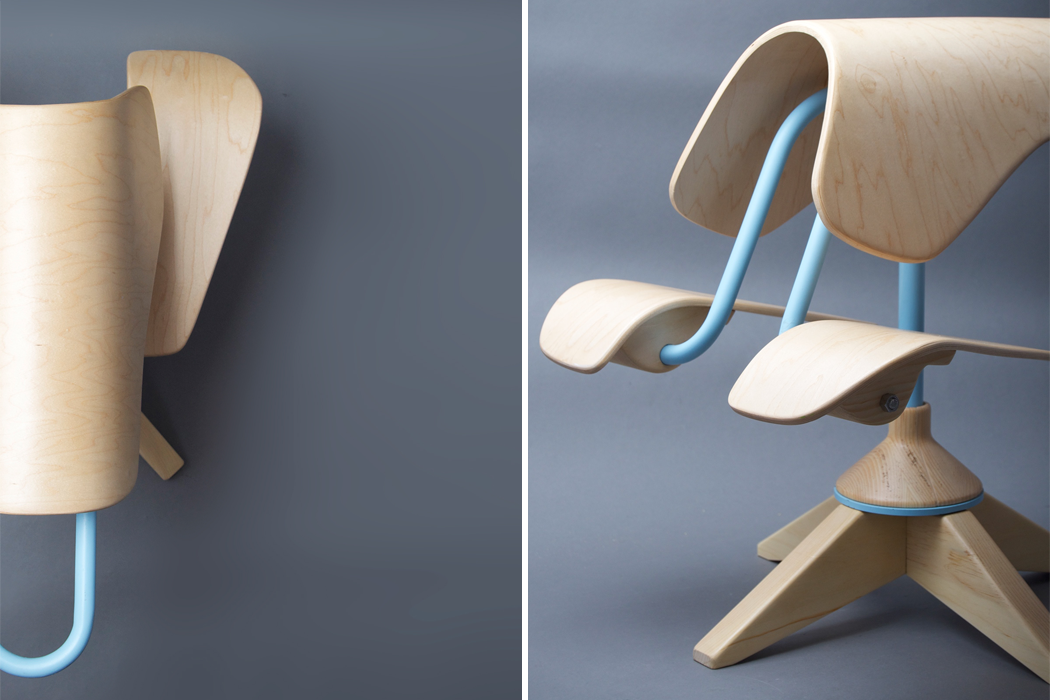
Sourcing a type of non-existence as his main inspiration, Luu designed Sado as an experiment in unconventional design and the result proves the singularity that can be achieved without blueprints guiding the way. Before designing Sado, Luu wondered, “What if the chair as we knew it never existed?” Eliminating all preconceptions regarding chair designs and all their variations, Luu began at ground zero. Speaking to this, Luu says, “As the archetype of the chair had been left unchanged for the past 6,500 years, an exploration was made to find a unique sitting form.” Settling on both a comfortable and distinct sitting form required a complete restructuring of the traditional upright chair and backrest.
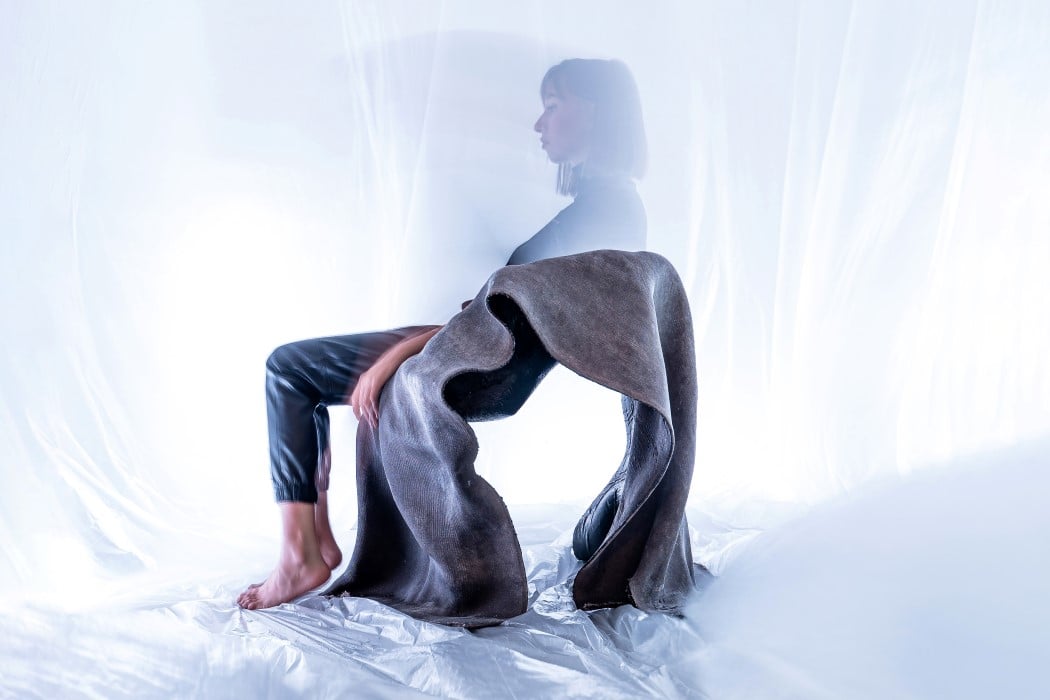
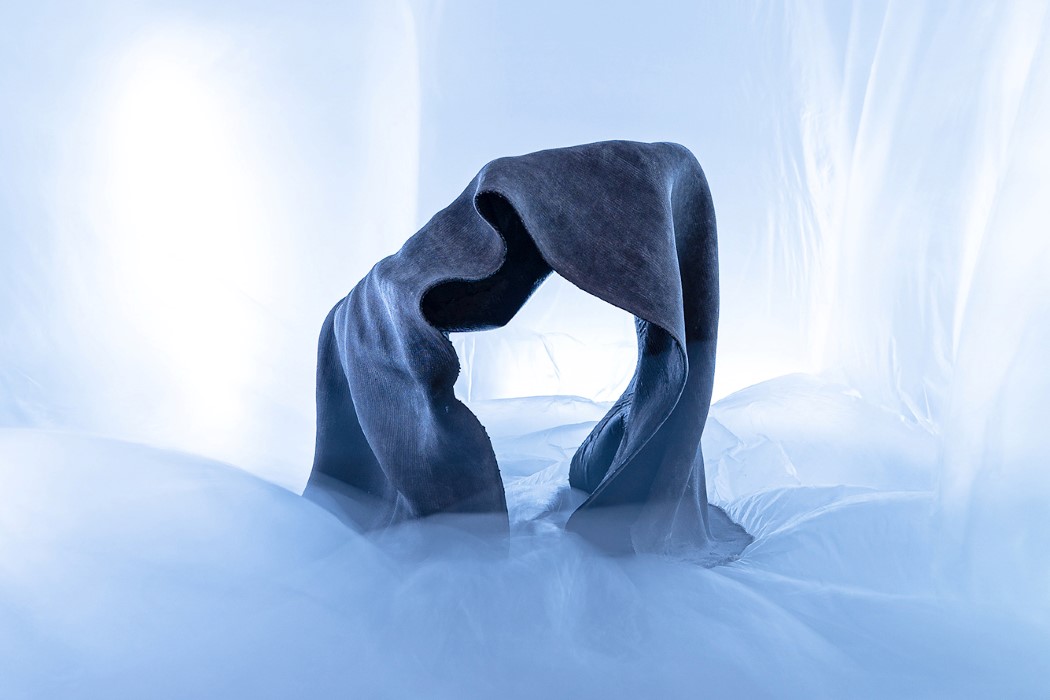
Looking like a piece of cloth draped on a chair (without the chair), the MEMORIA is a groundbreaking, avant-garde chair proposal based on brutalist design principles, that uses a concrete fabric to realize its unique, gravity-defying design. The material generally referred to as Concrete Canvas, is a flexible fabric impregnated with concrete, which hardens when hydrated and forms a thin, durable, waterproof, and fire-resistant layer. The prototyping technique ensures each chair is unique in the way the chair looks and the fabric folds, along with a bespoke brutalist concrete texture on its surface.
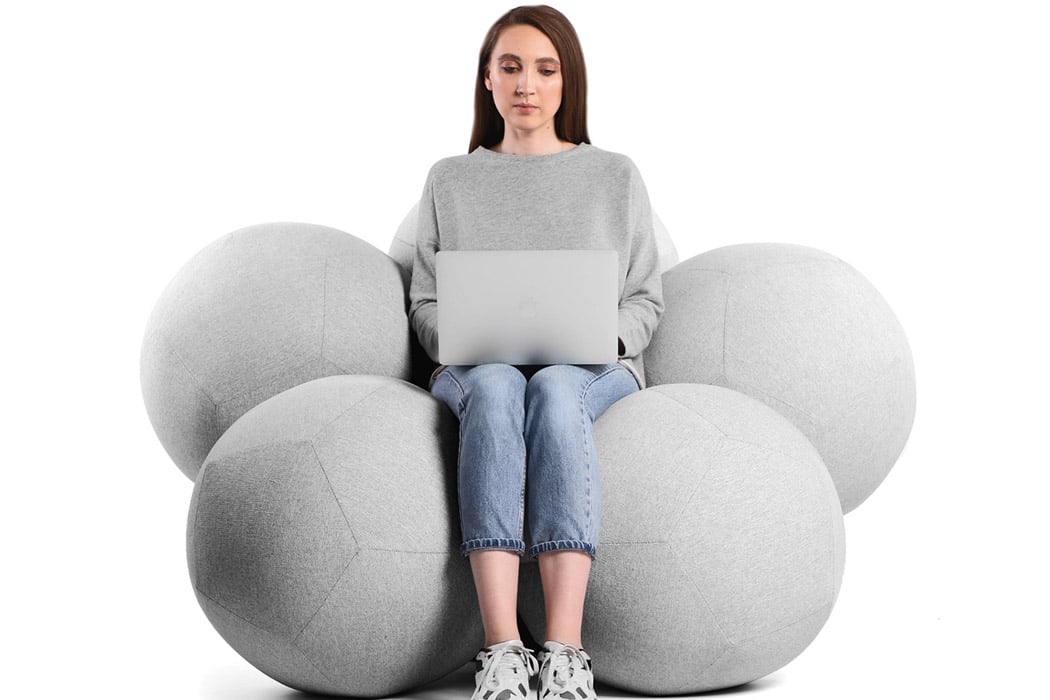
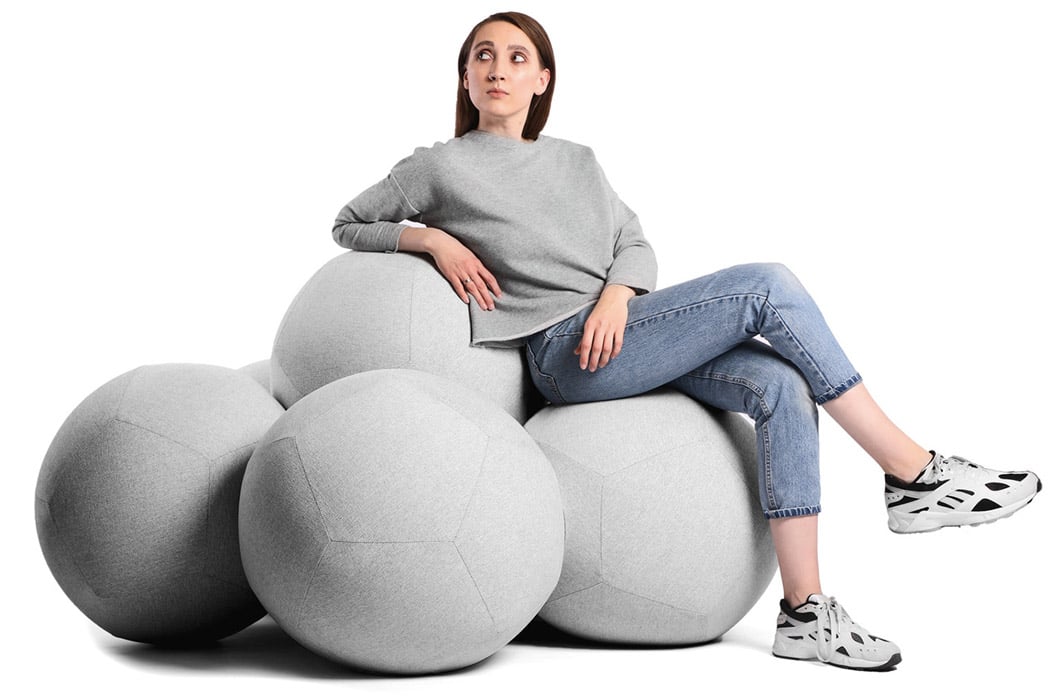
Discovered in 1985, fullerenes are mysterious carbon molecules. The carbon atoms in these molecules are connected by single or double bonds forming a closed mesh, with fused rings of five to seven atoms. These interesting molecules are used for a multitude of purposes – from creating artificial diamonds to treating asthma! In fact, these closed molecules resemble soccer balls, and are casually called BuckyBalls! And the ODESD2 Design Bureau used them as an inspiration for their furniture design ‘Buckyball’. Besides having the same name, the furniture design also mimics the structure of the actual molecule. Buckyball is made up of six spheres, consisting of twelve pentagons each, forming an eccentric geometric structure.
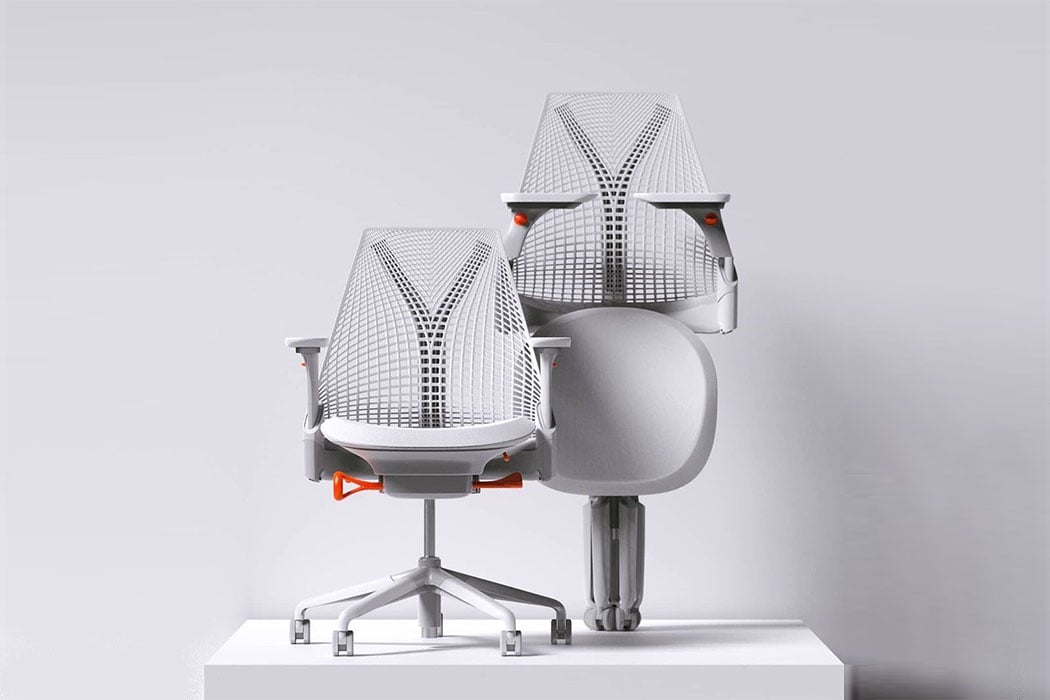
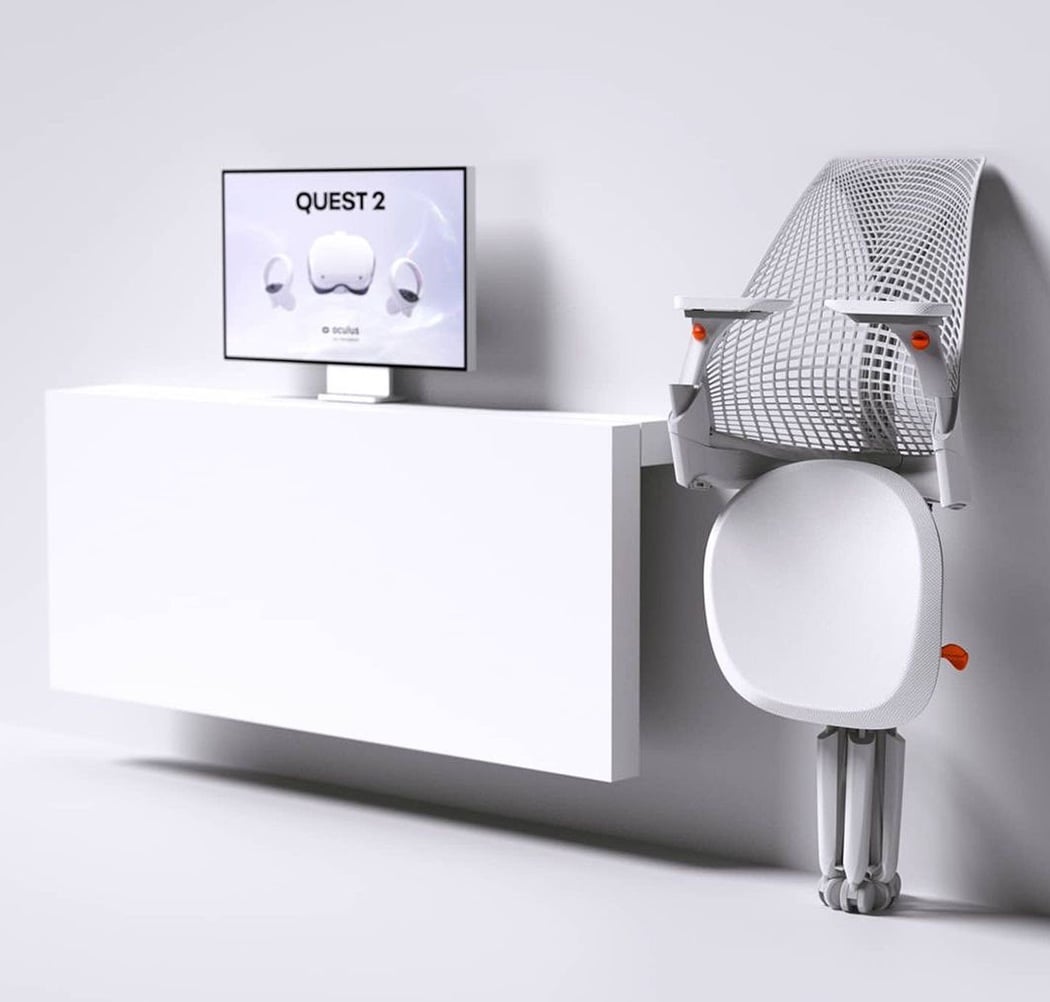
This Sayl concept chair by Charley takes into account the larger shift in our habits as homes have become hybrid offices and our flexible lifestyle (psst! He also keeps in mind the hours we spend as gamers or serial binge-watchers). Now more than ever we demand more from the spaces we live in, our homes are now our workplaces, our workout spaces, and also the places we socialize and relax – the pieces of furniture we choose have to be optimized for our space and be more compact without sacrificing on the functionalities or luxuries in the case of a high-end furniture design brand like Herman Miller.
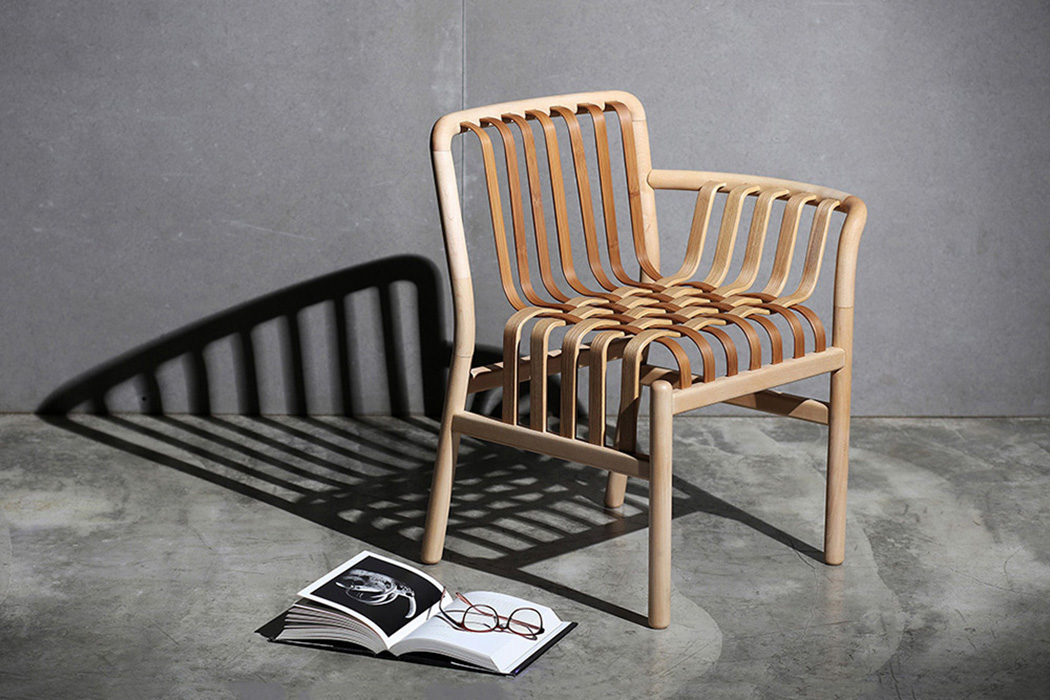
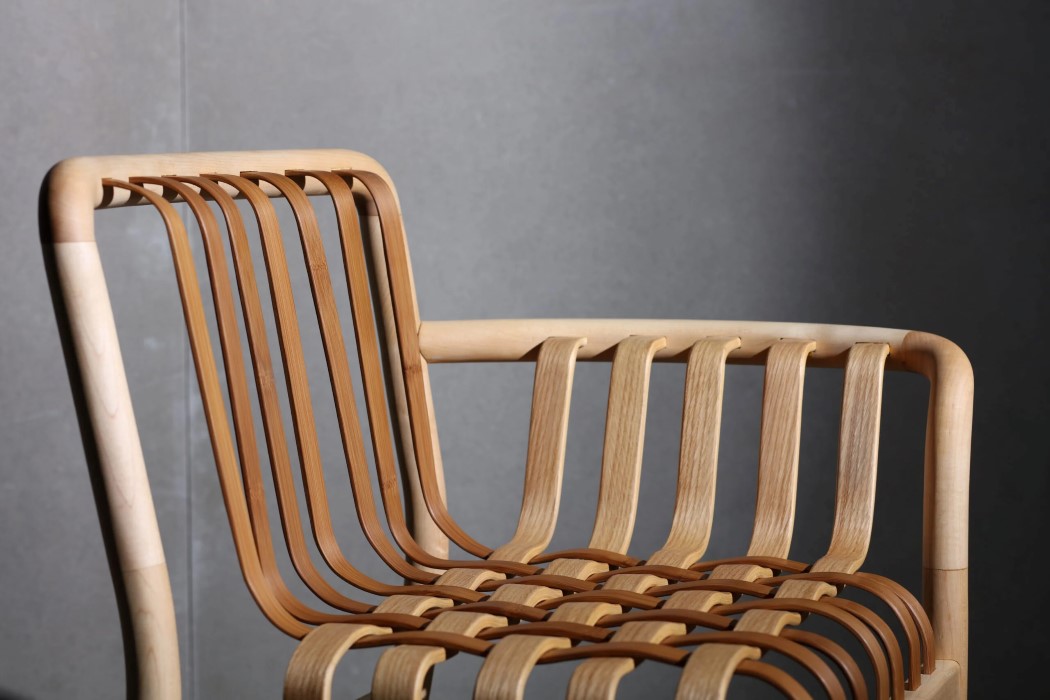
With a name that perfectly describes the chair’s visual style, the Lattice Chair is an interesting single-arm chair made from interwoven strips of wood. Designed for comfort as well as for that interesting aesthetic, the chair comes with a single armrest, allowing you to sit with complete postural flexibility. Its cushion is made from high-quality Taiwanese bamboo strips, known for their excellent toughness. The result is a chair that weighs a mere 4 kilos but can take up to 120 kilos of weight.
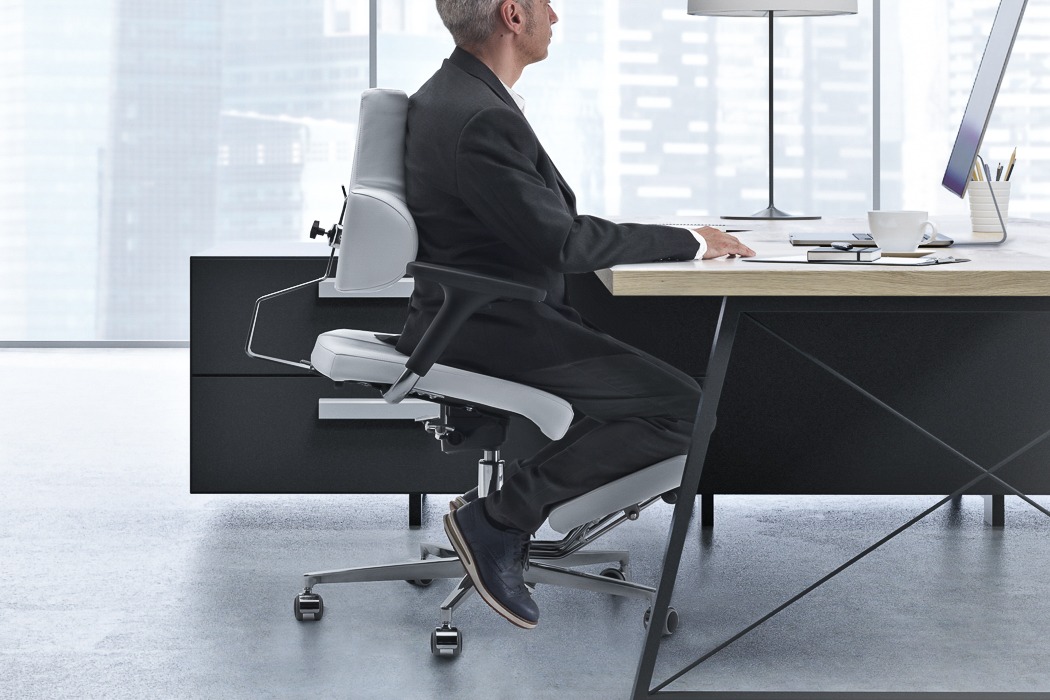
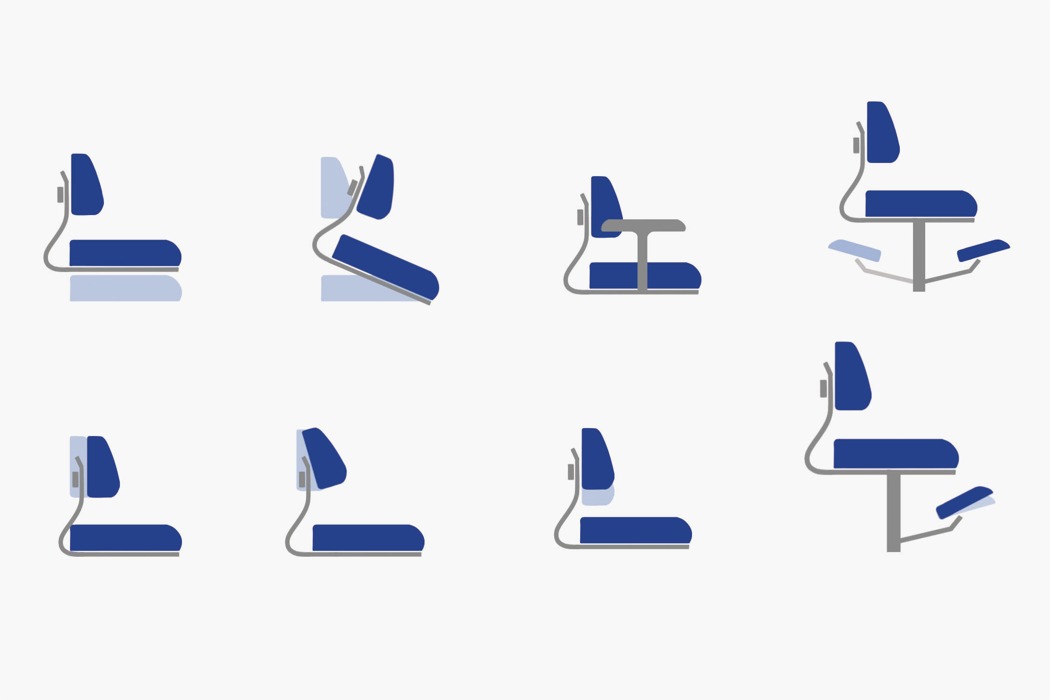
With its apt name, the Komfort Chair aims at making that WFH situation is at least more comfortable. Like any good office chair, it comes with height adjustment as well as armrest and backrest adjustment… but it’s arguably the only chair that gives you the ability to even adjust seat-tilt as well as seat-depth, allowing you to sit in any configuration that’s best for your posture in relation to your furniture and workstation. The Komfort Chair even has knee rests that swivel out, allowing you to turn it into a standing chair for better blood circulation and overall posture improvement. The Komfort is a shape-shifting ergonomic chair that supports a whole variety of configurations and styles. Designed to make you sit better for longer, its adjustable details allow you to maintain a comfortable posture no matter what your work setup is.
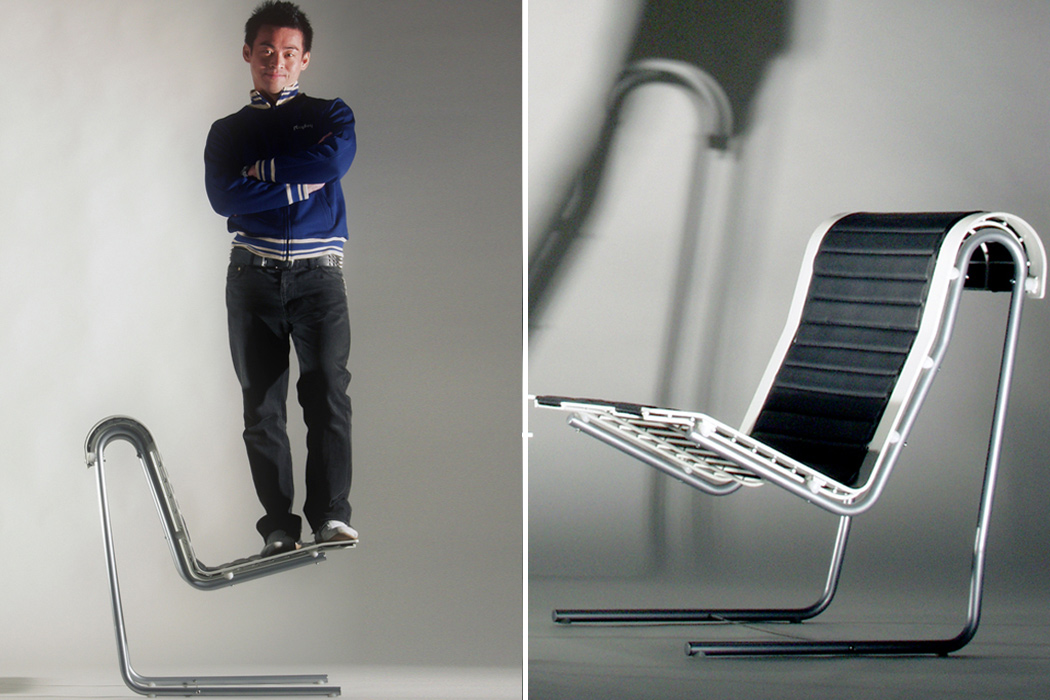
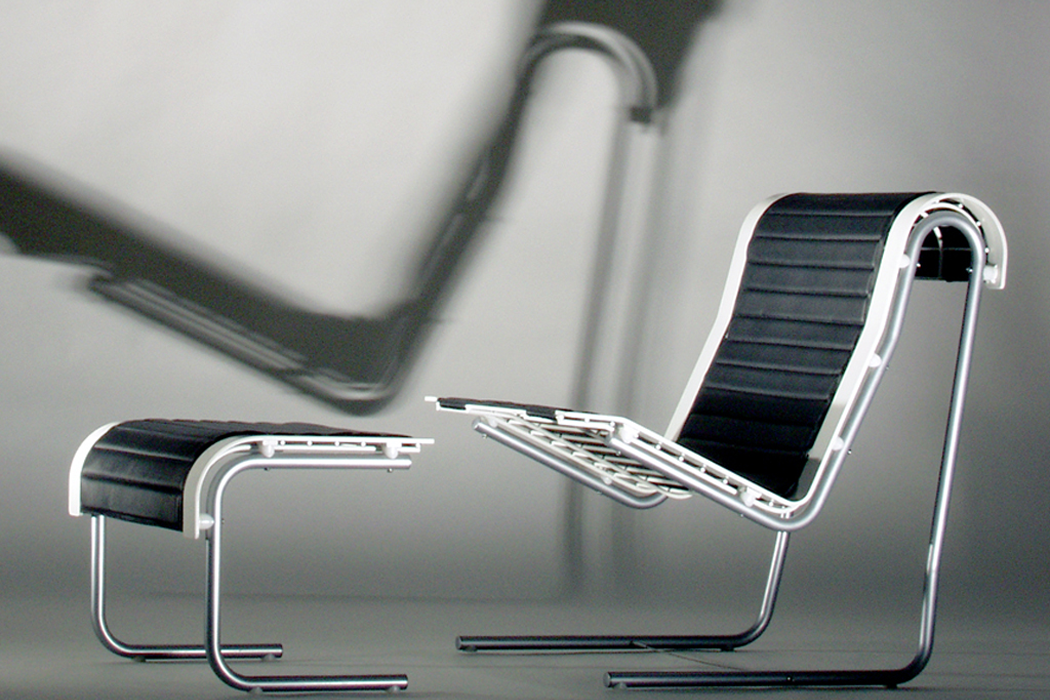
Danny Cheung brought to life his own vision of the elusive ‘great chair design’ with the Clipspringer Lounge Chair. Similar to the Eames Office Chair, Clipspringer is constructed using spring steel, which, much like great chair designs, is a durable, long-lasting building material all thanks to its molding process. Spring steel is the product of a low alloy, medium carbon steel that is heat-tempered to bend and harden the steel into the designer’s desired figure. By partly using spring steel to create the structure of Clipspringer, the chair’s overall elastic modulus is benefitted to maintain an object’s stress on the chair’s cushion and backrest without it concaving inwards.
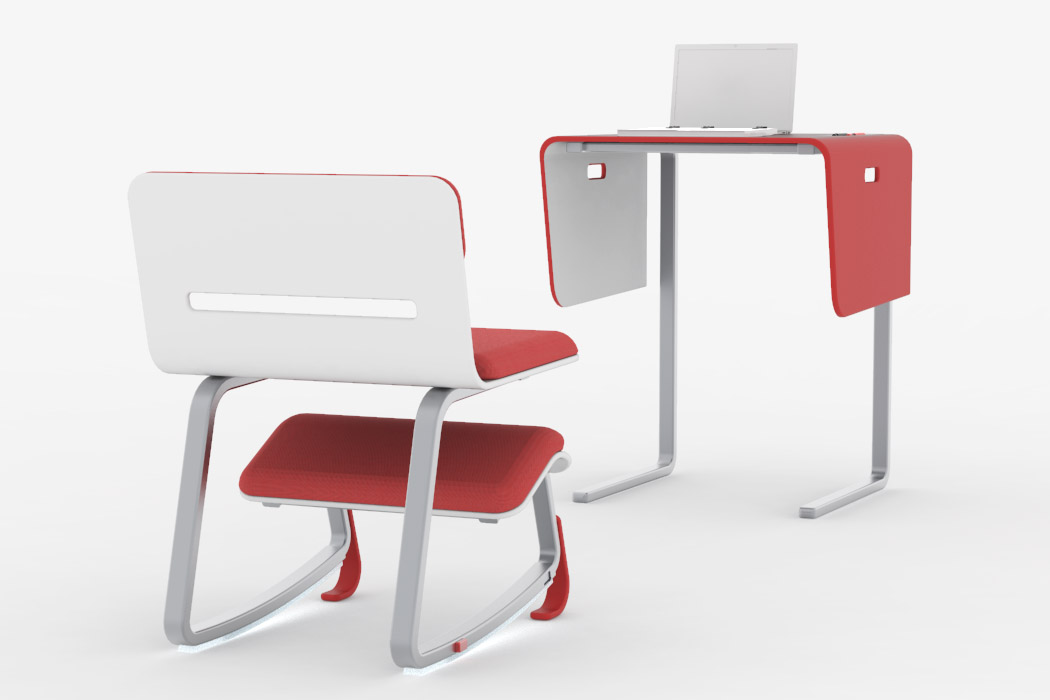
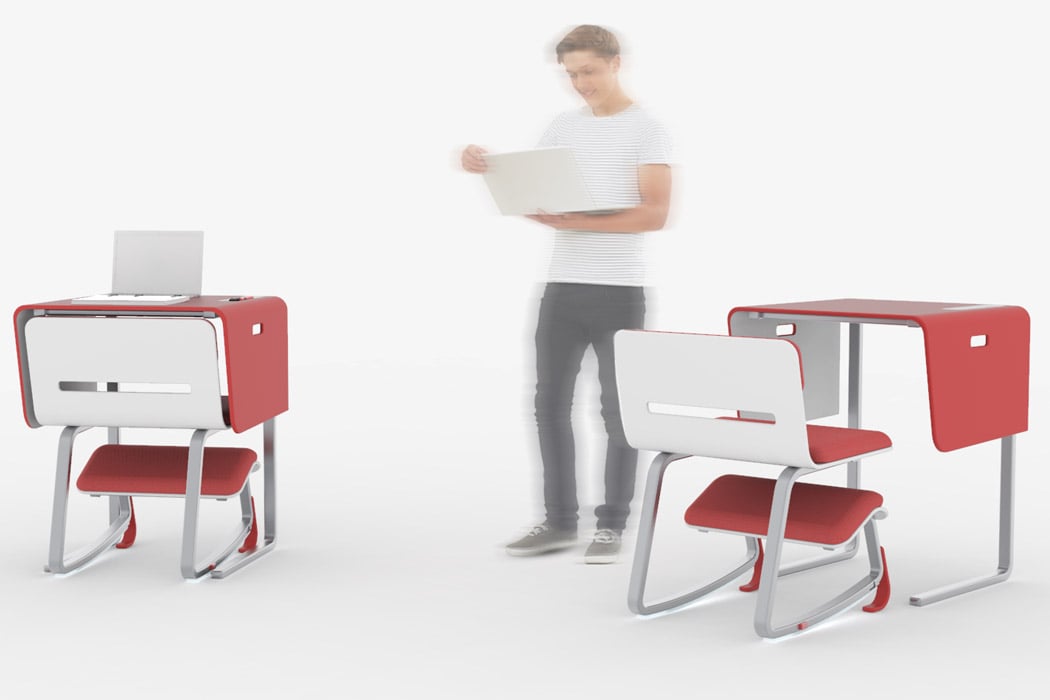
According to Gustavo, his furniture design named Mode, “brings joy and comfort within a furniture for those who work alone.” The minimalistic furniture design comprises a table, seat, and kneeling module – all working in different ways as per the requirement. It has a compact mode which turns it into an elegant side table – ideal beside the bed or sofa. Then there is the customary table and chair module for professional working hours. The most interesting is the kneeling mode that brings the function of a rocking chair for more comfortable working. This mode is triggered by pressing the lower button and pulling the extendable base support for back and forth motion.
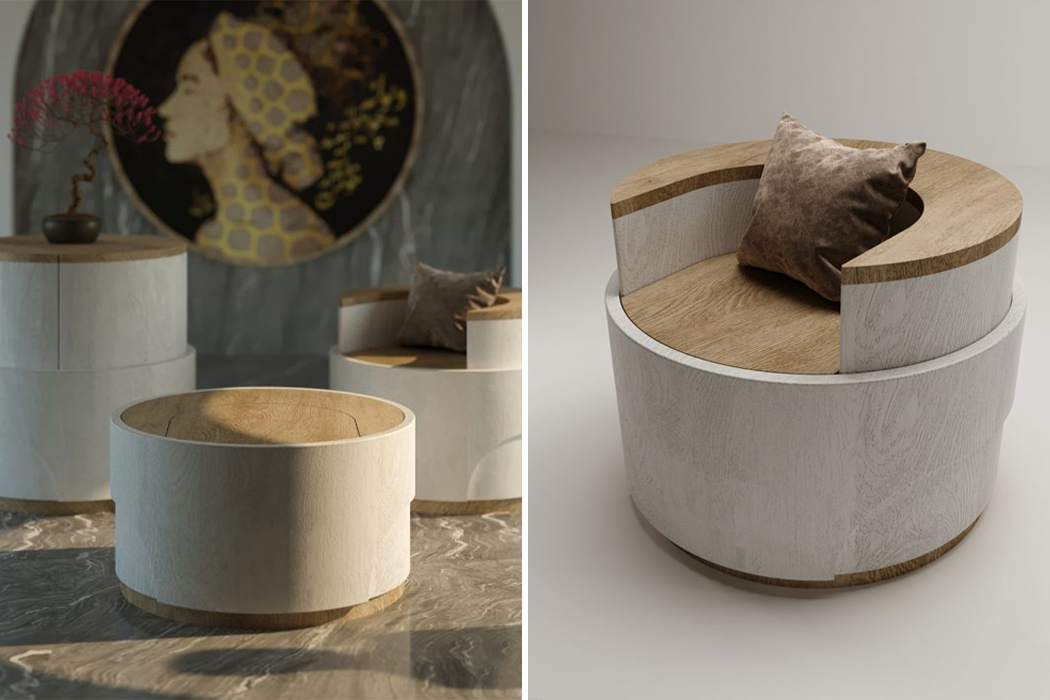
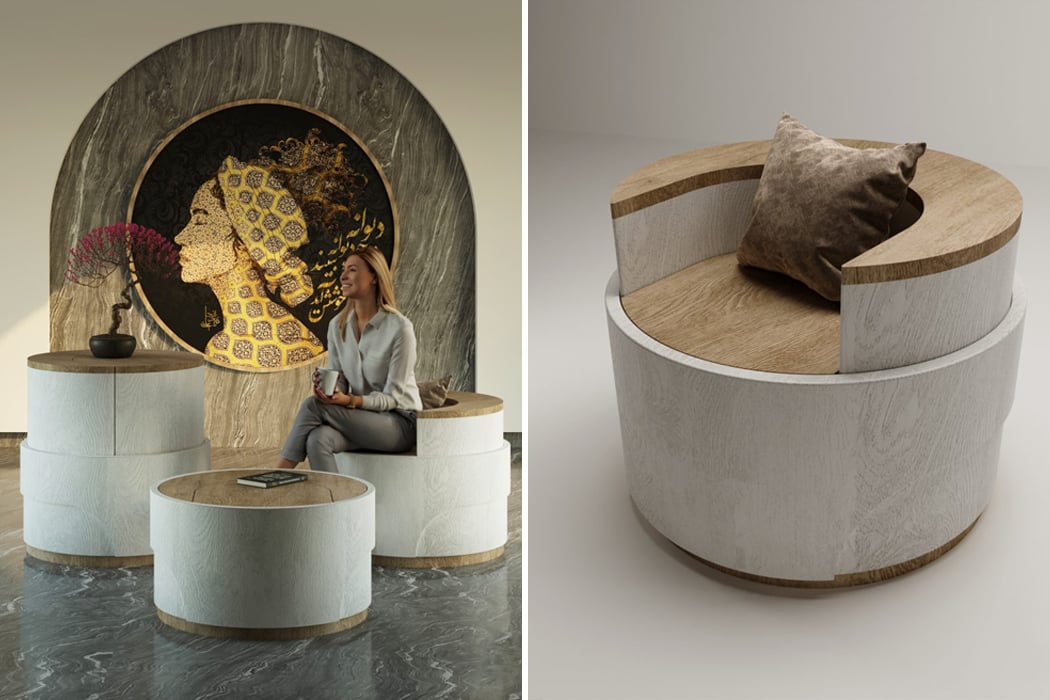
NG Architects created Spring, a multifunctional table that blooms into a chair with a backrest at the push of a button. Spring comprises a cylindrical shape that increases or decreases in height according to its desired function. At its lowest height of 500mm, Spring serves as a simple side table with a natural wood top. Then, by simply pressing the table down, Spring’s built-in compression springs are activated and morph the side table into a chair with a backrest. By following the same pushing tactic, the Spring chair can reach its maximum height of 900mm, transforming into a table that can work as a centerpiece for a small studio space. While the main building material used to construct Spring is oak wood, the furniture’s compression springs are made from aluminum, while natural and white paint colors coat the sides and top of Spring.

